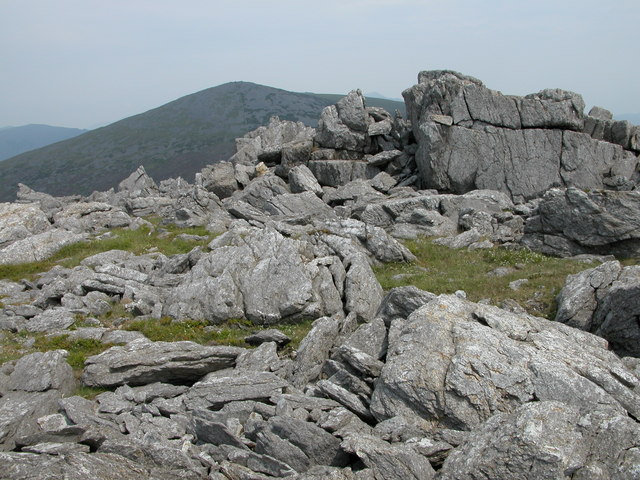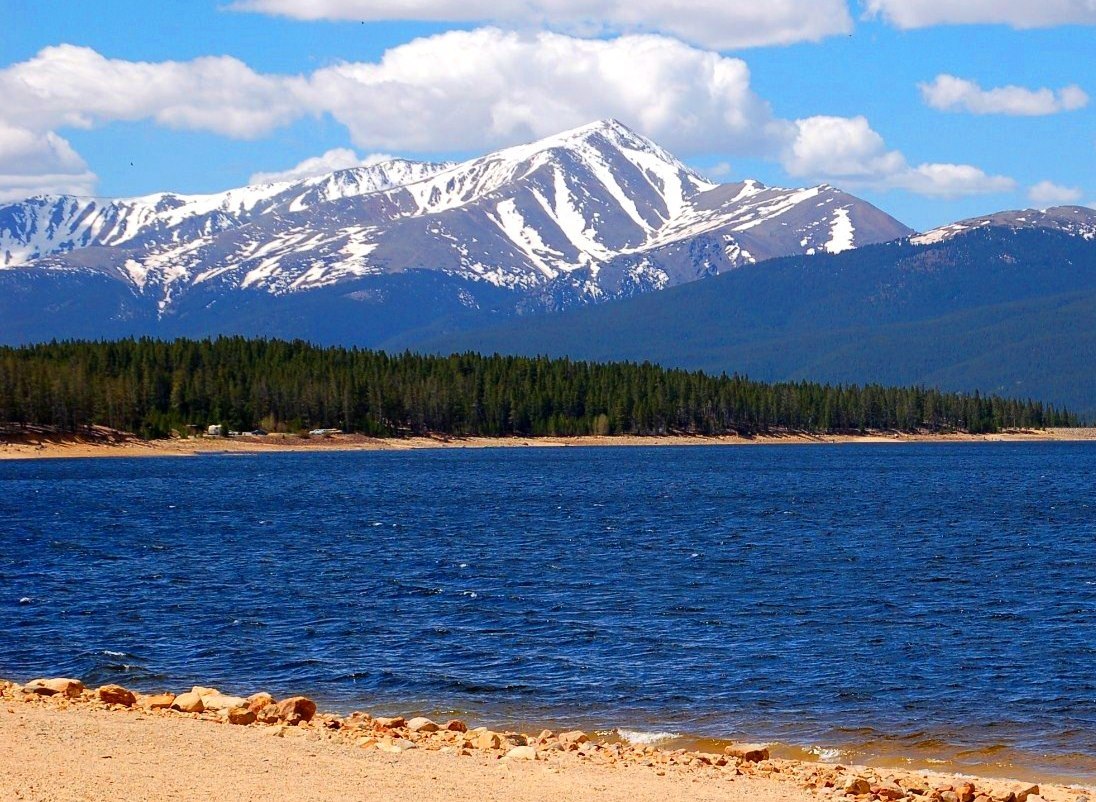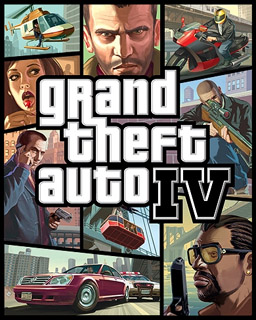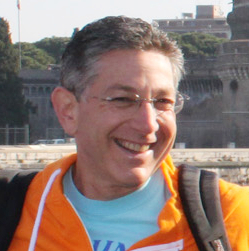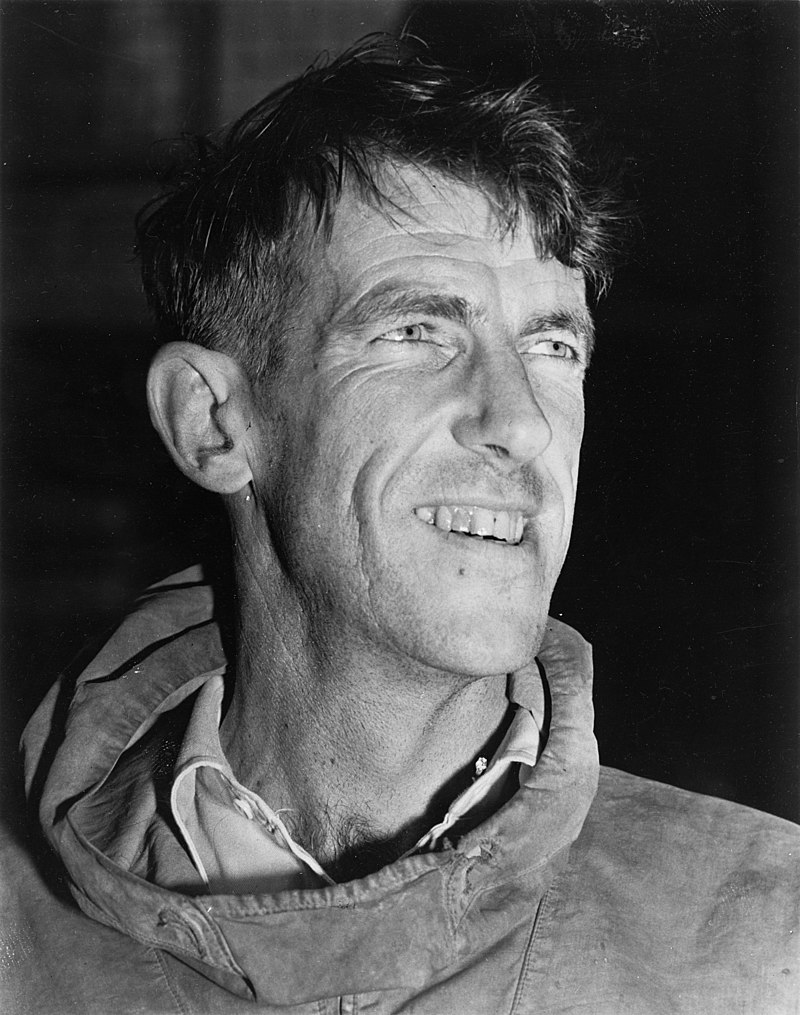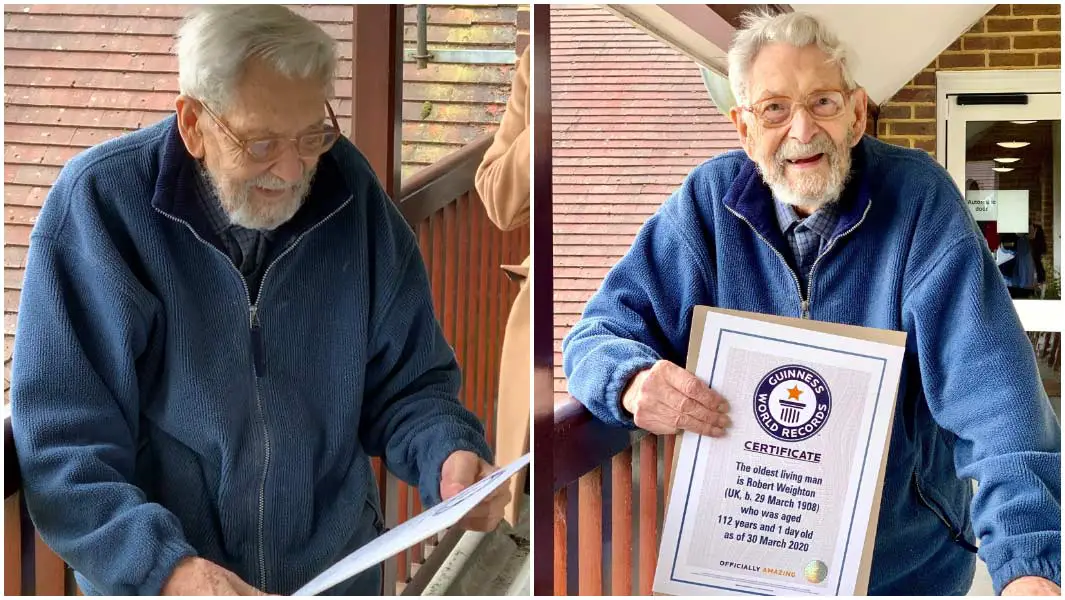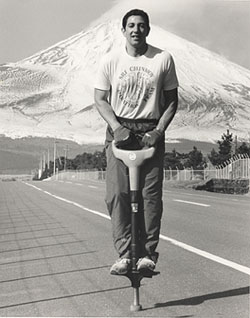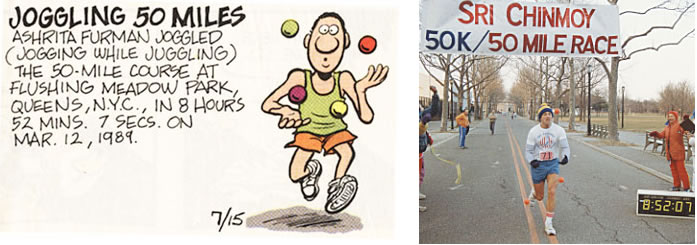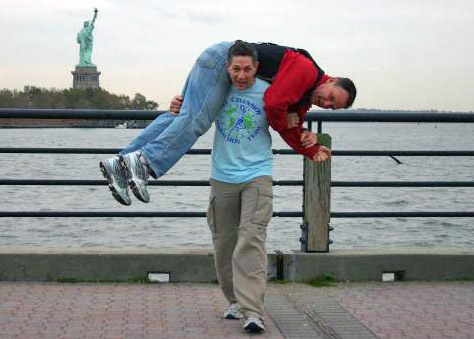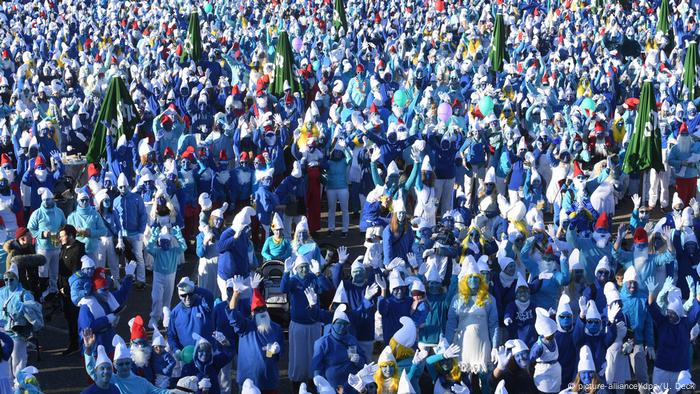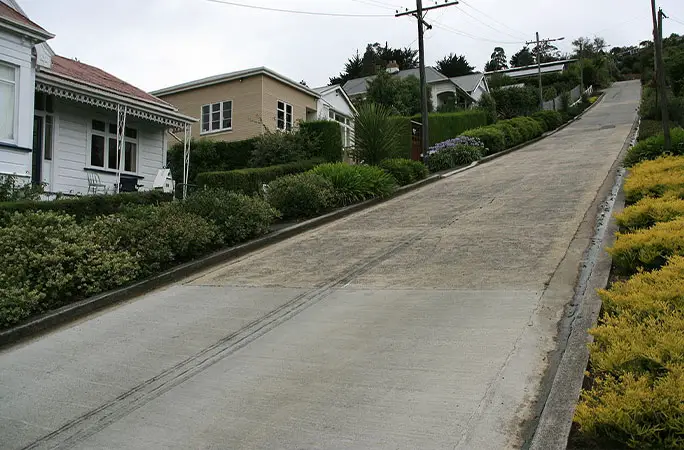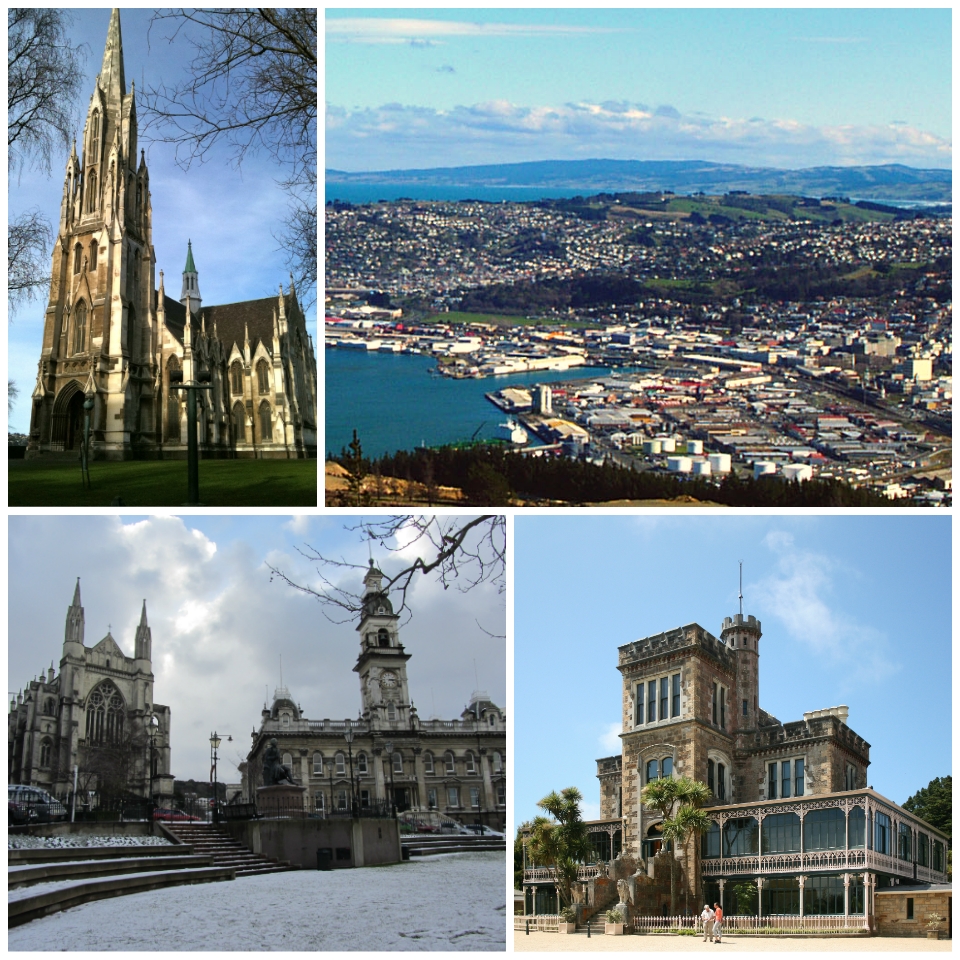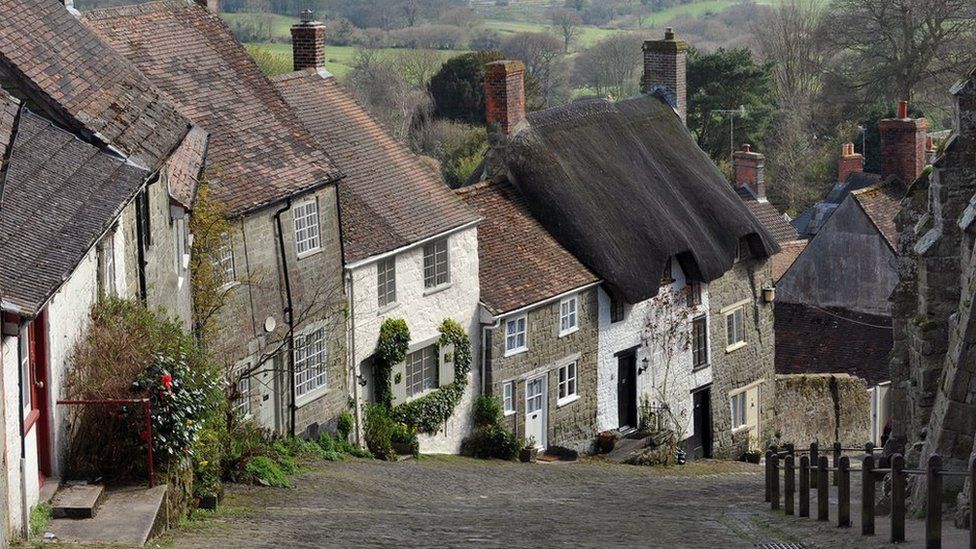Portrait of the artist
Landschlacht, Switzerland, Monday 24 January 2022
I read of Turkey and marvel.
Europe’s busiest airport shut down in Istanbul while schools and vaccination centres closed in Athens as a rare snowstorm blanketed swathes of the eastern Mediterranean region, causing blackouts and traffic havoc.

The closure of Istanbul Airport, where the roof of one of the cargo terminals collapsed under the heavy snow, causing no injuries, grounded flights stretching from the Middle East and Africa to Europe and Asia on Monday.

Travel officials told AFP news agency it marked the gleaming glass-and-steel structure’s first shutdown since it replaced Istanbul’s old Atatürk Airport as the new hub for Turkish Airlines in 2019.

“Due to adverse conditions, all flights at Istanbul Airport have been temporarily stopped for flight safety,” the airport said in a statement on Twitter.

The shutdown dealt a major headache to the 16 million residents of Turkey’s largest city, where cars ploughed into each other skidding down steep, sleet-covered streets and highways turned into parking lots.
The Istanbul governor’s office warned drivers they would not be able to enter the city from Thrace, a region stretching across the European part of Turkey to its western border with Bulgaria and Greece.
Shopping malls closed early, food delivery services shut down and the city’s iconic “simit” bagel stalls stood empty because suppliers could not make their way through the snow.
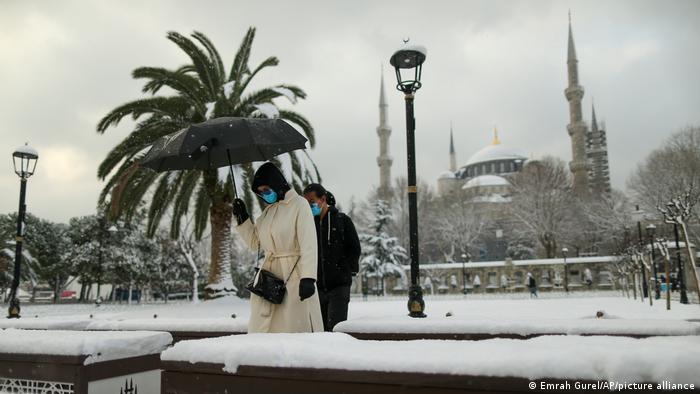
Traffic officials also closed major roads across large parts of central and southeastern Turkey, a mountainous region first hit by a snowstorm last week.

Istanbul Airport serviced more than 37 million passengers last year, becoming one of the word’s most important air hubs.
But critics of President Recep Tayyip Erdoğan had long questioned his decision to place the airport on a remote patch along the Black Sea coast that is often covered with fog in the winter.

Turkish Airlines said it was suspending all Istanbul Airport flights until at least 4am (01:00 GMT) on Tuesday.

“A few light taps upon the pane made him turn to the window.
It had begun to snow again.
He watched sleepily the flakes, silver and dark, falling obliquely against the lamplight.
The time had come for him to set out on his journey westward.
Yes, the newspapers were right:
Snow was general all over Ireland.
It was falling on every part of the dark central plain, on the treeless hills, falling softly upon the Bog of Allen and, farther westward, softly falling into the dark mutinous Shannon waves.
It was falling, too, upon every part of the lonely churchyard on the hill where Michael Furey lay buried.
It lay thickly drifted on the crooked crosses and headstones, on the spears of the little gate, on the barren thorns.
His soul swooned slowly as he heard the snow falling faintly through the universe and faintly falling, like the descent of their last end, upon all the living and the dead.”
James Joyce, Dubliners
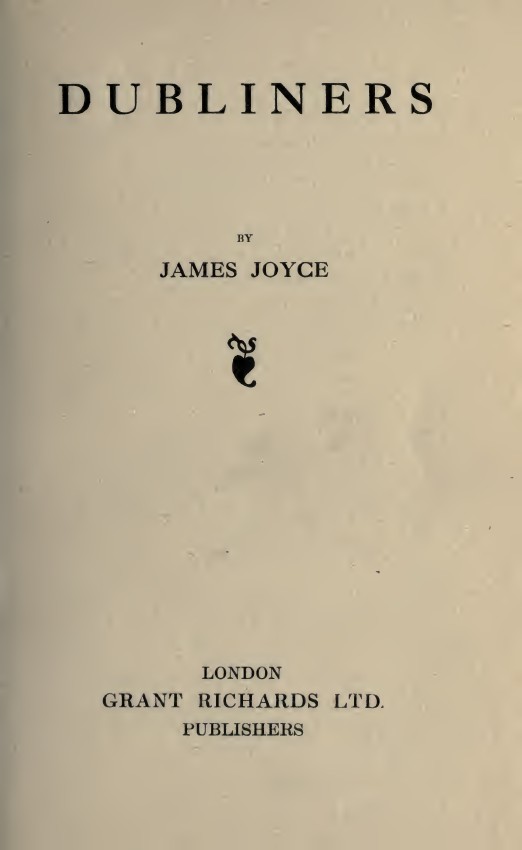
Five times since my return to Switzerland have I travelled to St. Gallen and once more I anticipate visiting this city before I leave, God willing, on 15 February.
I have seen colleagues from my Starbucks days and it was good, but there is within me a sense of apartness, of alienation.

Stephen watched the three glasses being raised from the counter as his father and his two cronies drank to the memory of their past.
An abyss of fortune or of temperament sundered him from them.
His mind seemed older than theirs:
It shone coldly on their strifes and happiness and regrets like a moon upon a younger Earth.
No life or youth stirred in him as it had stirred in them.
He had known neither the pleasure of companionship with others nor the vigour of rude male health nor filial piety.
Nothing stirred within his soul but a cold and cruel and loveless lust.
His childhood was dead or lost and with it his soul capable of simple joys.
He was drifting amid life like the barren shell of the Moon.
“Art thou pale for weariness
Of climbing Heaven and gazing on the Earth,
Wandering companionless…?“
He repeated to himself the lines of Shelley’s fragment.
Its alternation of sad human ineffectiveness with vast inhuman cycles of activity chilled him, and he forgot his own human and ineffectual grieving…..
To merge his life in the common tide of other lives was harder for him than any fasting or prayer, and it was his constant failure to do this to his own satisfaction which caused in his soul at last a sensation of spiritual dryness together with a growth of doubts and scruples….
It wounded him to think that he would never be but a shy guest at the feast of the world’s culture and that the monkish learning, in terms of which he was striving to forge out an esthetic philosophy, was held no higher by the age he lived in than the subtle and curious jargons of heraldry and falconry…..
I will tell you what I will do and what I will not do.
I will not serve that in which I no longer believe, whether it call itself my home, my fatherland, or my church:
And I will try to express myself in some mode of life or art as freely as I can and as wholly as I can, using for my defence the only arms I allow myself to use — silence, exile and cunning.
James Joyce, Portrait of the Artist as a Young Man
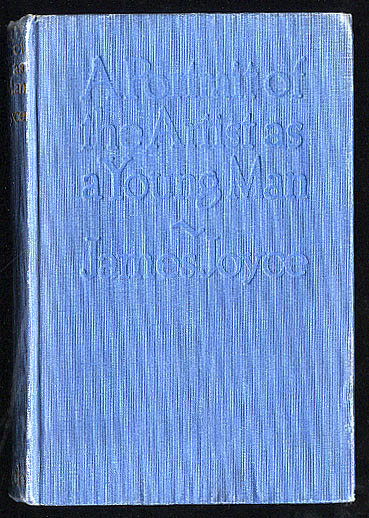
Joyce eloped from Ireland in borrowed boots in 1904.
He fled both world wars to the safety of Zürich.
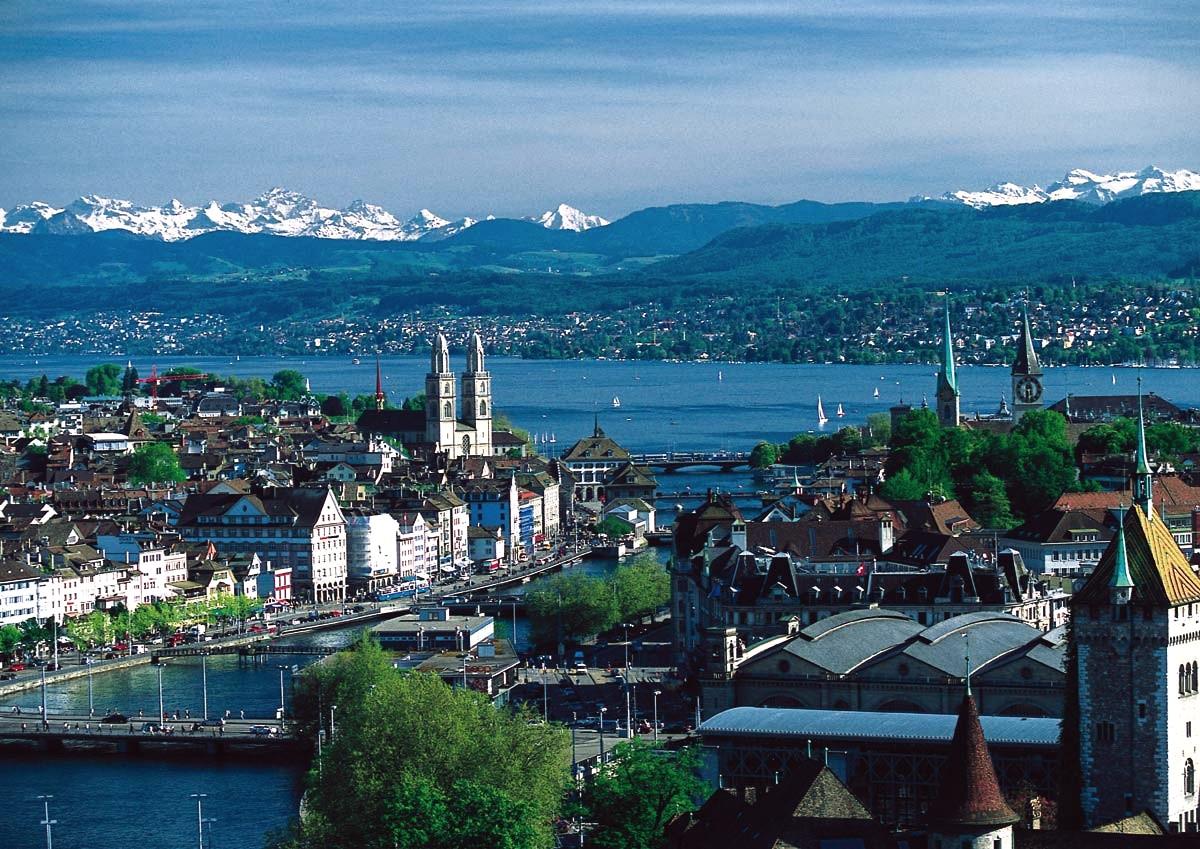
“Think you are escaping and run into yourself.
Longest way round is the shortest way home.“
James Joyce

We did not elope, my wife and I.
We met one another in Stratford-upon-Avon, England, when she was a 19-year-old medical student serving as an apprentice at a Liverpool hospital while I was a 30-year-old traveller working in Leicester.

I followed her to Freiburg im Breisgau, settling there in 2001, marrying there in 2005, leaving there that same year for Brombach (Lörrach) near the German-Swiss border at Basel, then moving again in 2008 to Osnabrück, and finally here to Landschlacht since 2010.
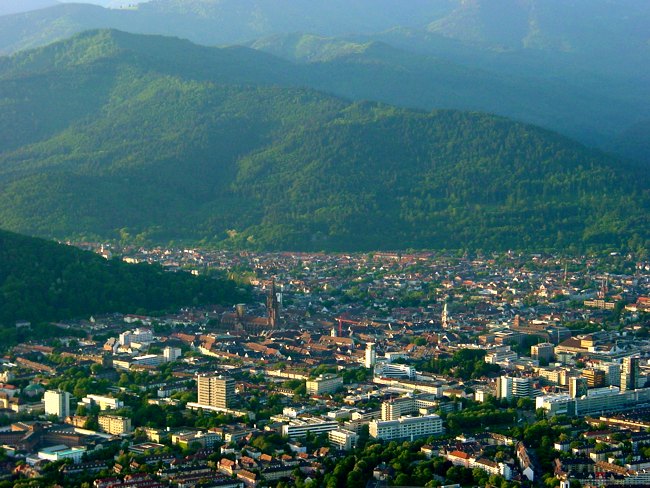



I have officially been living in both Eskişehir, Turkey, and Landschlacht, since 1 March 2021.

Has escaping from Switzerland to Turkey made me feel like Switzerland is “home“?

“When the short days of winter came, dusk fell before we had well eaten our dinners.
When we met in the street the houses had grown sombre.
The space of sky above us was the colour of ever-changing violet and towards it the lamps of the street lifted their feeble lanterns.
The cold air stung us and we played till our bodies glowed.
Our shouts echoed in the silent street.”
James Joyce, Dubliners

Eloping from Ireland, via Paris, James Joyce and Nora Barnacle took a room in the Gasthaus Hoffnung (Hope) at 16 Reitergasse in Zürich.
This was where they consummated their union.
Hope often proved elusive during the decades ahead, but they were to stick by each other through poverty, two world wars, family crisis and literary fame.
They were to find themselves back in Zürich again and again, always by the skin of their teeth.

My wife is a doctor and I am, at best, a freelance teacher of English-as-a-second-language.
She has had great success at the hospital near to our apartment.

But for me Switzerland proved to be a reversal of fortunes.
Prior to the pandemic I who had once taught as many as 60 hours a week in Germany was reduced to teaching 3 hours a month.
The shortage of teaching hours compelled me to work at Starbucks in St. Gallen for five years.
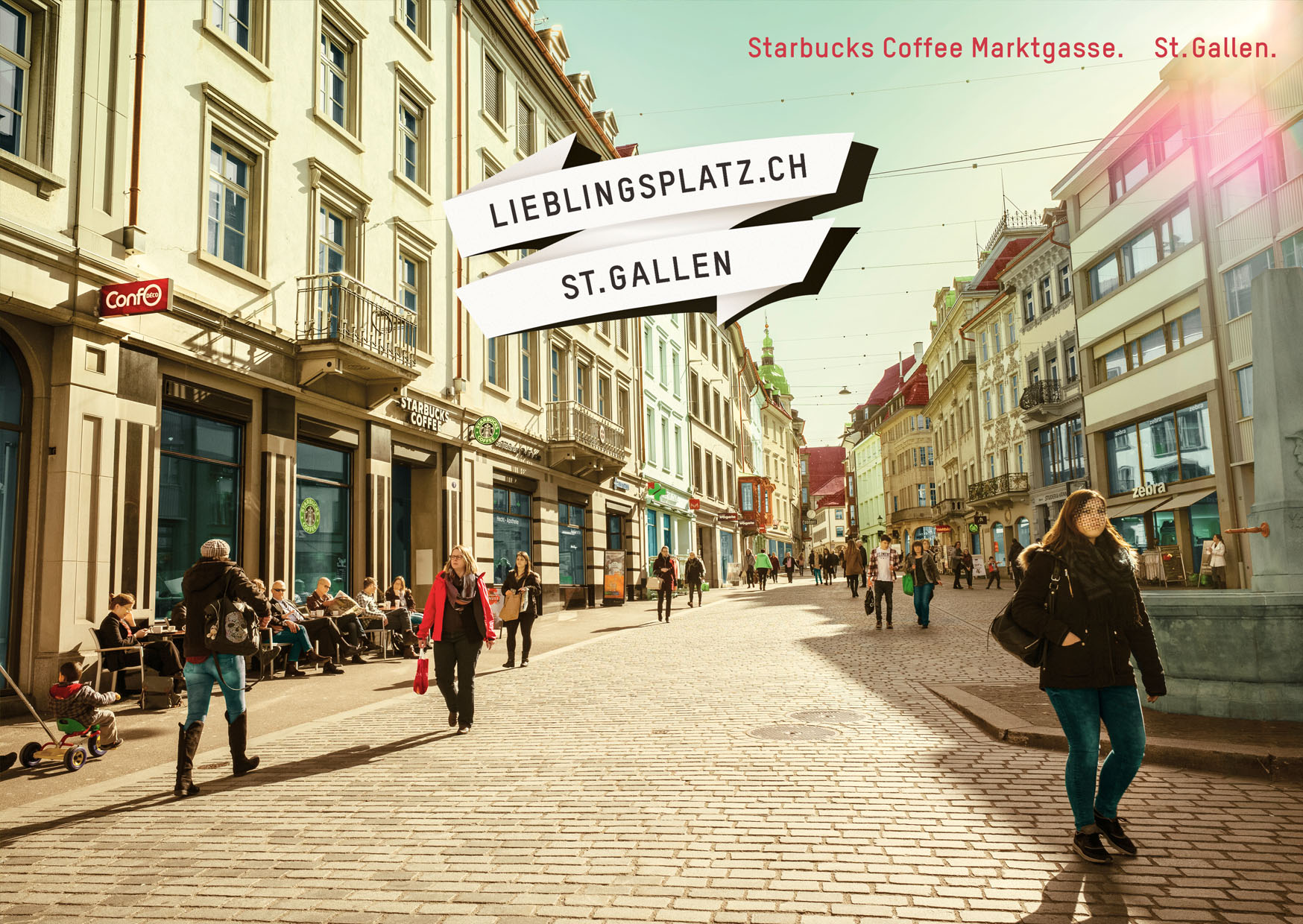
The resulting dissatisfaction compelled me to seek work away from Switzerland.
Through the help of a Starbucks colleague’s father I got the position at Wall Street Eskişehir, to which I shall soon return to.
We did not run from poverty, though we ran to the promise of profit.

Switzerland has been neutral since the days of Napoleon.

Fortunately neither my bride nor I have ever witnessed war directly, though I have a friend who once served in both Afghanistan and Iraq in a civilian capacity and my wife has a friend who for a time was a missionary in Afghanistan.


As for familial problems, well, who can say anyone has a choice in the families from whence they sprung?

As for literary fame, a writer needs literary product.
I am reminded of Stephen Leacock:
“Mallory Tompkins had read all sorts of things and had half a mind to write a novel himself – either that or a play.
All he needed, he said, was to have a chance to get away somewhere by himself and think.
Every time he went away to the city Pipken expected that Mallory might return with the novel all finished, but though he often came back with his eyes red from thinking, the novel as yet remained incomplete.“

The proprietor of the guesthouse behind the station was called Döblin.
Under the impression a job was waiting for him at the Berlitz School, Joyce next morning discovered to his dismay there was no such thing.

That situation I know only too well.

Oxford, England, Thursday 21 October 1996
A day of betrayal and hope.
The Thames Valley Police (TVP) suggested that my poverty would be alleviated easier by charitable organizations if I received a police report about the Ramsgate robbery from the Kent County Constabulary.
The Margate crime desk quickly faxed a copy to the TVP.
The Salvation Army Majors Green provided payment for last night’s stay at the Oxford Backpackers Hostel, a bag of groceries, and a cap.
Met the sister of J, 24-year-old R.
She informed me that their mother is terminally ill with leukemia, that J got terminated from Argos, and that J doesn’t give a damn about how I am.
I start work tomorrow distributing handbills for a men’s fashion store.

The Director did his best to find the penniless Irish graduate a teaching position in Switzerland, but without success.
Writing to his brother Stanislaus, Joyce emphasized shortage of funds and the secrecy surrounding his elopement:
“Go about the highways of the city but not to any of my touched friends and make up one pound before Saturday which send me on that day without fail.”

In England I tried getting money from Canada but my request was refused.
I never asked again.
I would later find work in Oxford, Leicester, Nottingham, Cardiff, and Luxembourg-Ville, before returning back to Canada on 1 November 1997, have met my wife-to-be on 27 July 1997 as aforementioned.


![Clockwise from top left: The Senedd building, Principality Stadium, Cardiff Castle,[1] Cardiff Bay, Cardiff City Centre, City Hall clock tower, Welsh National War Memorial](https://upload.wikimedia.org/wikipedia/commons/thumb/4/46/Cardiffmontage3.jpg/800px-Cardiffmontage3.jpg)


The 22-year-old could not resist a laddish boast:
“Finalement, elle n’est pas encore vièrge.
Elle est touchée.”
(Finally, she is no longer a virgin, she has been touched.)
The lovers spent a week in Zürich, kicking their heels.
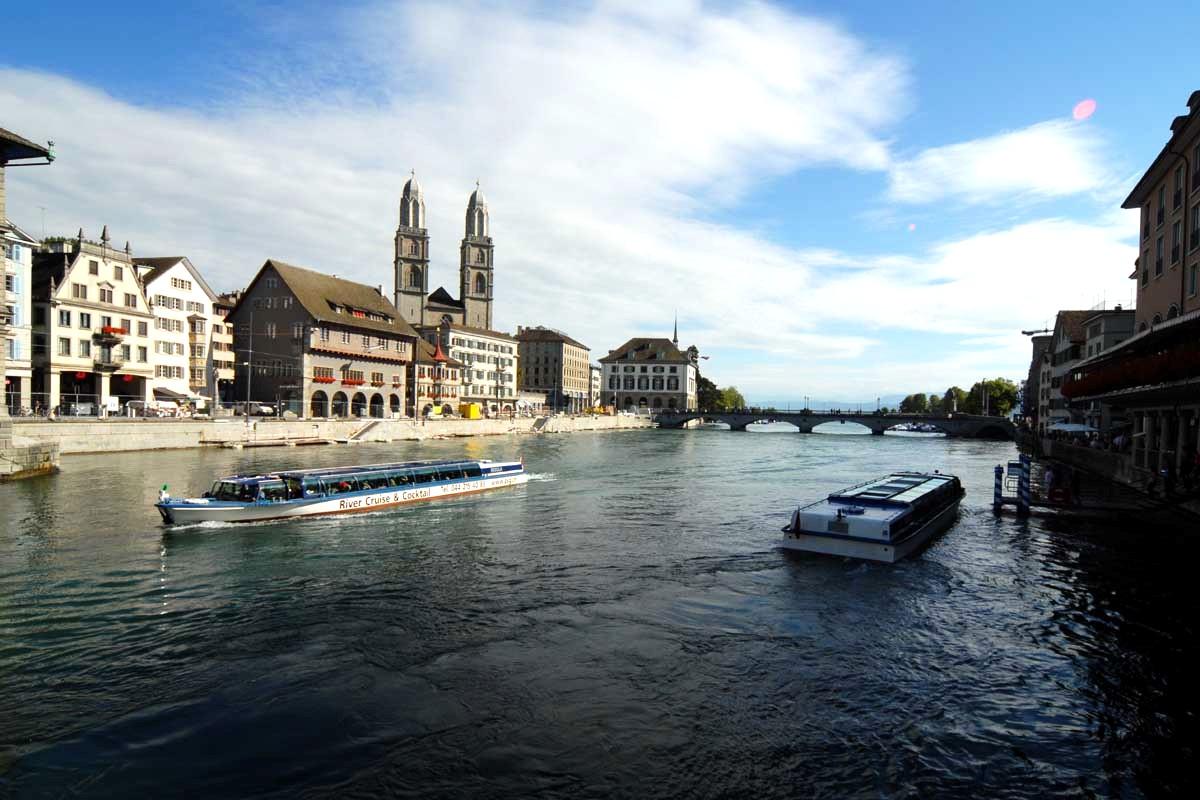
I am not Joyce.
I do not believe in either bragging (or complaining) about my intimate (or inanimate) private life, real (or imagined).

My baby makes me proud
Lord, don’t she make me proud
She never makes a scene
By hangin’ all over me in a crowd
‘Cause people like to talk
Lord, don’t they love to talk
But when they turn out the lights
I know she’ll be leavin’ with me
And when we get behind closed doors
Then she lets her hair hang down
And she makes me glad that I’m a man
Oh, no one knows what goes on behind closed doors
My baby makes me smile
Lord, don’t she make me smile
She’s never far away
Or too tired to say “I want you”
She’s always a lady
Just like a lady should be
But when they turn out the lights
She’s still a baby to me
‘Cause when we get behind closed doors
Then she lets her hair hang down
And she makes me glad I’m a man
Oh, no one knows what goes on behind closed doors
Behind closed doors.

Eventually a vacancy turned up in Trieste on the Adriatic.
They were off again.
That vacancy too proved as elusive as the Swiss one and they continued down the coast to Pola.
It was to be a vagabond life.

It has been suggested to me that a position might be waiting for me in Trieste after Eskişehir.
I am tempted.

A decade later, in July 1914, Austria declared war on Serbia.
In August, Great Britain entered the war.
As holders of British passports, the Joyces in Austro-Hungarian Trieste grew worried.
Joyce’s brother was interned as an enemy alien in January 1915.
In May of that year, Italy mobilized its army, prompting anti-Italian demonstrations in Trieste.

Could war come again to Europe?
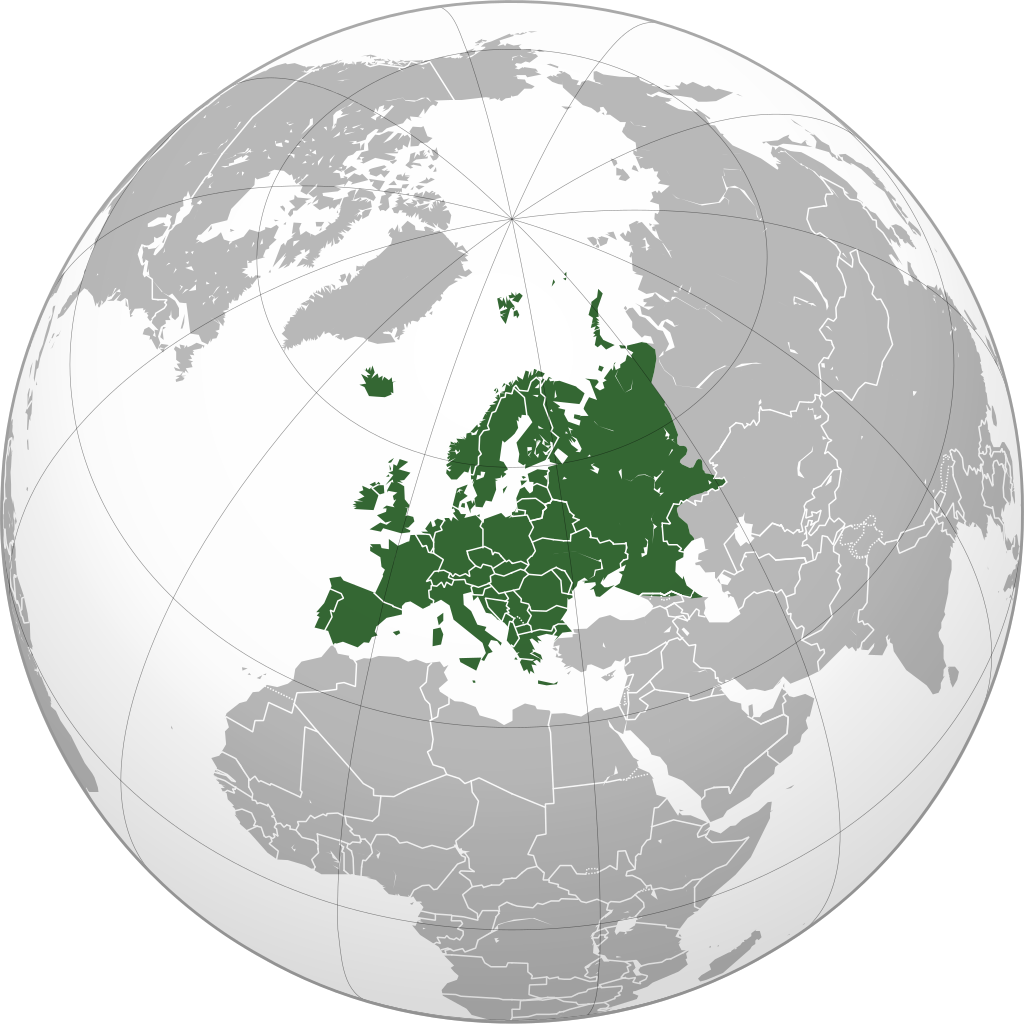
The world wars ended the pre-eminent position of Britain, France and Germany in Europe and the world.
At the Yalta Conference, Europe was divided into spheres of influence between the victors of World War II, and soon became the principal zone of contention in the Cold War between the two power blocs, the Western countries and the Communist bloc.
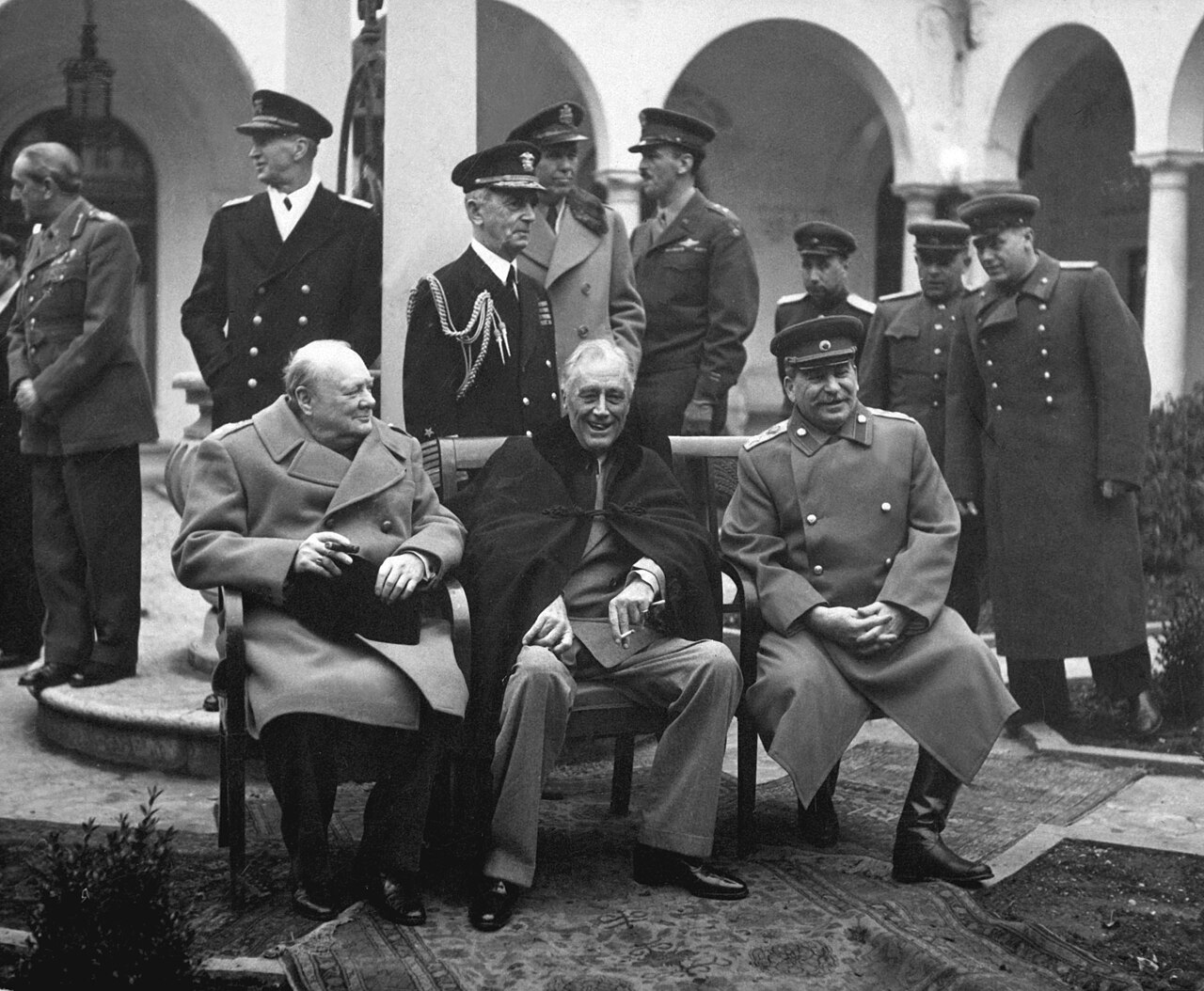
The United States and the majority of European liberal democracies at the time (United Kingdom, France, Italy, Netherlands, West Germany, etc.) established the NATO military alliance.

Later, the Soviet Union and its satellites (Bulgaria, Czechoslovakia, East Germany, Hungary, Poland, and Romania) in 1955 established the Warsaw Pact as a counterpoint to NATO.
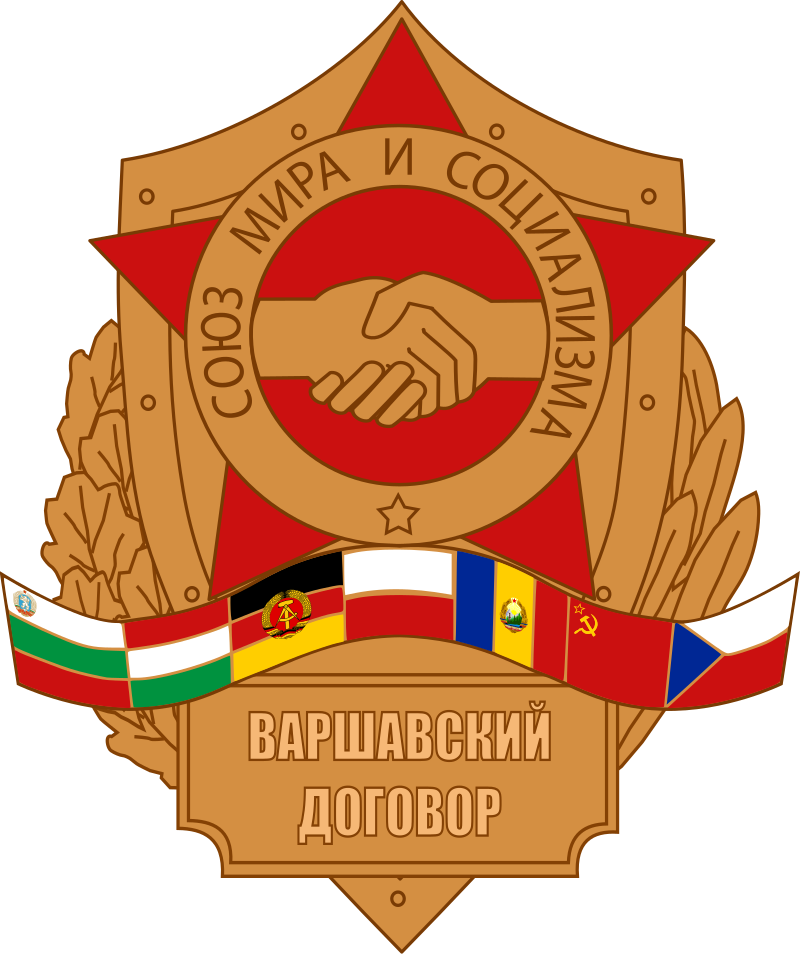
The Warsaw Pact had a much larger ground force, but the American-French-British nuclear umbrellas protected NATO.

Communist states were imposed by the Red Army in the East, while parliamentary democracy became the dominant form of government in the West.

Most historians point to its success as the product of exhaustion with war and dictatorship, and the promise of continued economic prosperity.
They also add that an important impetus came from the anti-Nazi wartime political coalitions.
The end of the Cold War came in a series of events from 1979 to 1991, mainly in Eastern Europe.

In the end, these brought the fall of the Iron Curtain, German reunification and the end of Soviet control over their Eastern European satellites and their worldwide network of Communist parties in a friendly chain reaction from the Pan-European Picnic in 1989.
The finals brought the division of the Soviet Union into 15 non-Communist states in 1991.

Observers at the time emphasized that:
The systemic and ideological confrontation between capitalism and communism had faded away.
The geopolitical partition of Europe was no more.
Nuclear deterrence was morphing into a less armed, almost hypothetical version of its previous self.
Superpower rivalry was rapidly wound up with cascading effects in various areas of the world.
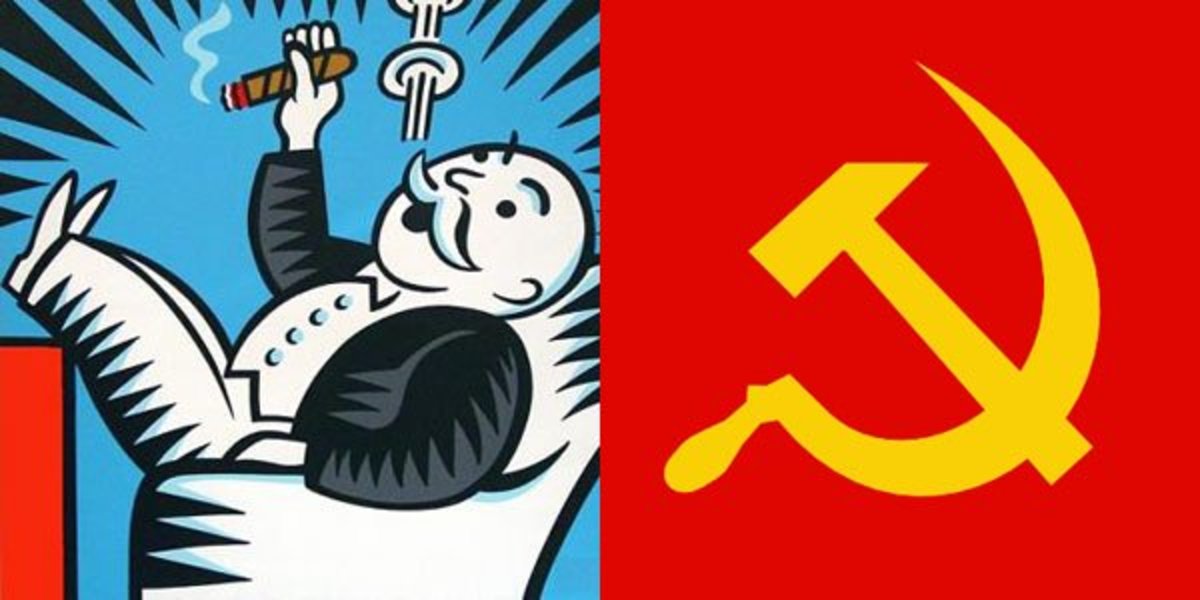
Following the end of the Cold War, the European Economic Community (EEC) pushed for closer integration, co-operation in foreign and home affairs, and started to increase its membership into the neutral and former Communist countries.

In 1993, the Maastricht Treaty established the European Union (EU), succeeding the EEC and furthering political co-operation.
The neutral countries of Austria, Finland and Sweden acceded to the EU, and those that didn’t join were tied into the EU’s economic market via the European Economic Area.
These countries also entered the Schengen Agreement which lifted border controls between member states.
The Maastricht Treaty created a single currency for most EU members.
The Euro was created in 1999 and replaced all previous currencies in participating states in 2002.
The most notable exception to the currency union, or Eurozone, was the United Kingdom, which also did not sign the Schengen Agreement.

The EU did not participate in the Yugoslav Wars (1991 – 2001) and was divided on supporting the United States in the Iraq War (2003 – 2011).


NATO has been part of the war in Afghanistan (2001 – 2021), but at a much lower level of involvement than the United States.

In 2004, the EU gained ten new members:
(Estonia, Latvia and Lithuania (which had been part of the Soviet Union), the Czech Republic, Hungary, Poland, Slovakia and Slovenia (five former Communist countries), Malta, and the divided island of Cyprus.)










These were followed by Bulgaria and Romania in 2007.


Russia’s regime had interpreted these expansions as violations against NATO’s promise to not expand “one inch to the east” in 1990.

Russia engaged in a number of bilateral disputes about gas supplies with Belarus and Ukraine which endangered gas supplies to Europe.


Russia also engaged in a minor war with Georgia in 2008.

Supported by the United States and some European countries, Kosovo’s government unilaterally declared independence from Serbia on 17 February 2008.

Public opinion in the EU turned against enlargement, partially due to what was seen as over-eager expansion including Turkey gaining candidate status.

The European Constitution was rejected in France and the Netherlands, and then (as the Treaty of Lisbon) in Ireland, although a second vote passed in Ireland in 2009.

The financial crisis of 2007 – 2008 affected Europe, and government responded with austerity measures.
Limited ability of the smaller EU nations (most notably Greece) to handle their debts led to social unrest, government liquidation, and financial insolvency.

In May 2010, the German parliament agreed to loan €22.4 billion to Greece over three years, with the stipulation that Greece follow strict austerity measures.

Beginning in 2014, Ukraine has been in a state of revolution and unrest with two breakaway regions (Donetsk and Lugansk) attempting to join Russia as full federal subjects.

On 16 March, a referendum was held in Crimea leading to the de facto secession of Crimea and its largely internationally unrecognized annexation to the Russian Federation as the Republic of Crimea.

In June 2016, in a referendum in the United Kingdom on the country’s membership in the EU, 52% of voters voted to leave the EU, leading to the complex Brexit separation process and negotiations, which led to political and economic changes for both the UK and the remaining EU countries.

The UK left the EU on 31 January 2020.

Later that year, Europe was affected by the COVID-19 pandemic.

According to the Wall Street Journal in 2021 as Angela Merkel stepped down as the highly popular Chancellort of Germany after 16 years:
Ms. Merkel leaves in her wake a weakened Europe, a region whose aspirations to act as a third superpower have come to seem ever more unrealistic.
When she became chancellor in 2005, the EU was at a high point:
It had adopted the euro, which was meant to rival the dollar as a global currency, and had just expanded by absorbing former members of the Soviet bloc.
Today’s EU, by contrast, is geographically and economically diminished.
Having lost the UK because of Brexit, it faces deep political and cultural divisions, lags behind in the global race for innovation and technology and is increasingly squeezed by the mounting US – China strategic rivalry.
Europe has endured thanks in part to Ms. Merkel’s pragmatic stewardship, but it has been battered by crises during her entire time in office.

Are Russian forces getting ready for war in Ukraine?

US President Joe Biden is certainly expecting some kind of military move.
Russia wants the West to promise that Ukraine will not join its NATO defensive alliance, and although the two sides are negotiating, that is not going to happen.
What happens next could jeopardise Europe’s entire security structure.

Russia denies it is planning any invasion, but it has seized Ukrainian territory before and it has an estimated 100,000 troops deployed near its borders.
Russia has long resisted Ukraine’s move towards European institutions, and NATO in particular.

Ukraine shares borders with both the EU and Russia, but as a former Soviet republic it has deep social and cultural ties with Russia, and Russian is widely spoken there.
When Ukrainians deposed their pro-Russian president in early 2014, Russia annexed Ukraine’s southern Crimean peninsula and backed separatists who captured large swathes of eastern Ukraine.
The rebels have fought the Ukrainian military ever since in a conflict that has claimed more than 14,000 lives.

Russia says it has no plans to attack Ukraine:
Armed forces chief Valery Gerasimov even denounced reports of an impending invasion as a lie.
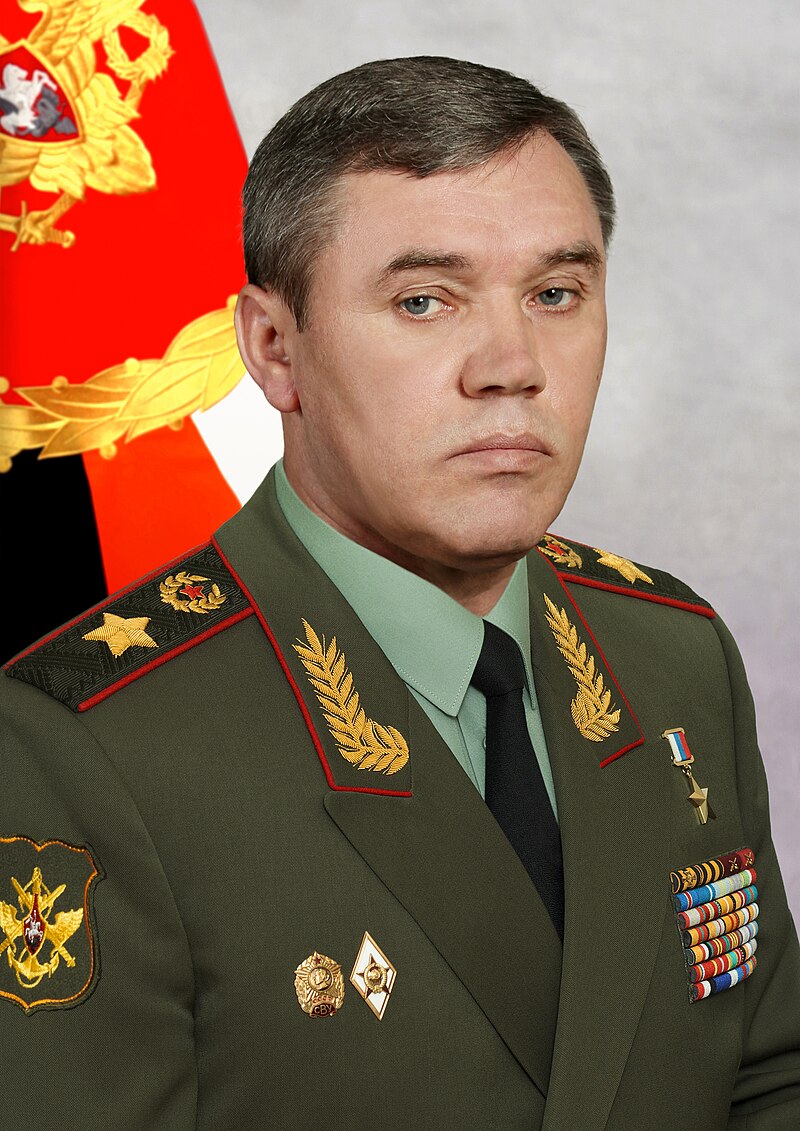
But tensions are high and President Vladimir Putin has threatened “appropriate retaliatory military-technical measures” if what he calls the West’s aggressive approach continues.

NATO’s secretary general warns the risk of conflict is real and President Biden says his guess is that Russia will move in.
The US says it knows of Russian plans to boost its forces near Ukraine “on very short notice“.

The US says Russia has offered no explanation for the troops posted close to Ukraine – and Russian troops and tanks have headed to Belarus for exercises.
![Russia on the globe, with unrecognised territory shown in light green.[a]](https://upload.wikimedia.org/wikipedia/commons/thumb/5/5e/Russian_Federation_%28orthographic_projection%29_-_only_Crimea_disputed.svg/1024px-Russian_Federation_%28orthographic_projection%29_-_only_Crimea_disputed.svg.png)
Russia’s deputy foreign minister compared the current situation to the 1962 Cuban missile crisis, when the US and Soviet Union came close to nuclear conflict.
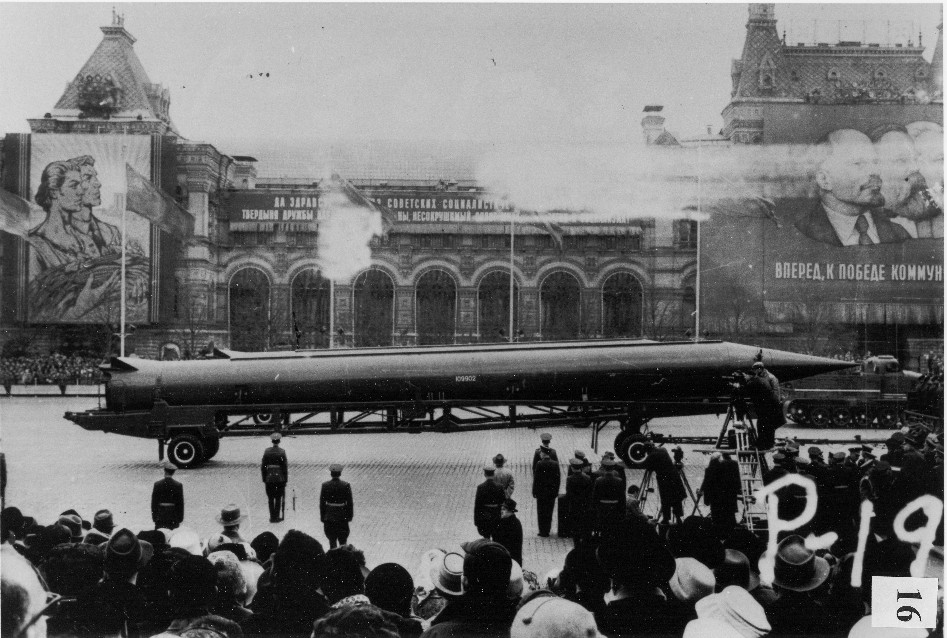
Western intelligence suggests a Russian incursion or invasion could happen some time in early 2022.


Russia has spoken of a “moment of truth” in recasting its relationship with NATO:
“For us it’s absolutely mandatory to ensure Ukraine never, ever becomes a member of NATO,” said Deputy Foreign Minister Sergei Ryabkov.
Moscow accuses NATO countries of “pumping” Ukraine with weapons and the US of stoking tensions.
President Putin has complained Russia has “nowhere further to retreat to – do they think we’ll just sit idly by?“

In reality, Russia wants NATO to return to its pre-1997 borders.
It demands no more eastward expansion and an end to NATO military activity in Eastern Europe.
That would mean combat units being pulled out of Poland and the Baltic republics of Estonia, Latvia and Lithuania, and no missiles deployed in countries such as Poland and Romania.


Russia has also proposed a treaty with the US barring nuclear weapons from being deployed beyond their national territories.

Russia seized Crimea in 2014 arguing it had a historic claim to it.
Ukraine was part of the Soviet Union, which collapsed in December 1991.
Putin said it was the “disintegration of historical Russia“.
A clue to President Putin’s thinking on Ukraine came in a lengthy piece last year when he called Russians and Ukrainians “one nation“.
He labelled Ukraine’s current leaders as running an “anti-Russian project“.

Russia has also become frustrated that a 2015 Minsk peace deal for eastern Ukraine is far from being fulfilled.
There are still no arrangements for independently monitored elections in the separatist regions.
Russia denies accusations that it is part of the lingering conflict.
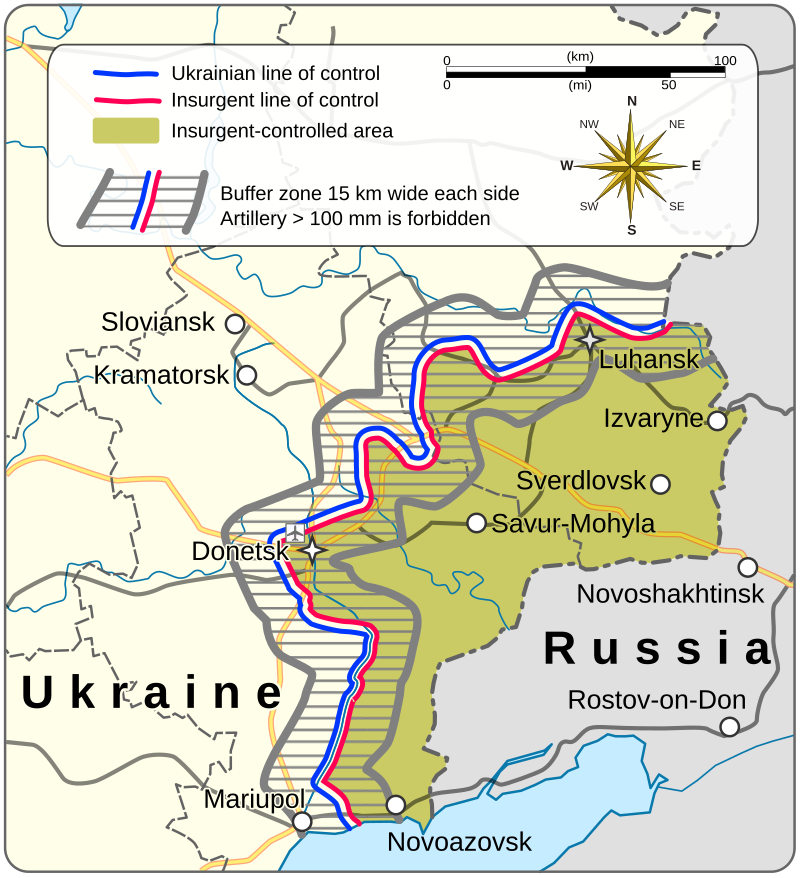
President Vladimir Putin has spoken several times to Biden and high level talks continue, but Russian officials have warned that Western rejection of their key demands are leading to a “dead end“.
The question is how far Russia will go.

President Biden has warned that a full-scale invasion would be a disaster for Russia.
But if it was a minor incursion, he said controversially that the West would “end up having to fight about what to do“.

The White House has stressed any move across the border constitutes a renewed invasion – but points out Russia has other weapons, including cyber-attacks and paramilitary tactics.

The Pentagon has accused Russia of preparing a so-called false-flag operation, with operatives ready to carry out acts of sabotage against Russian-backed rebels, to provide a pretext for invasion. Russia has denied it.

Russia has also handed out 500,000 passports in rebel-run areas, so if it does not get what it wants then it could justify any action as protecting its own citizens.
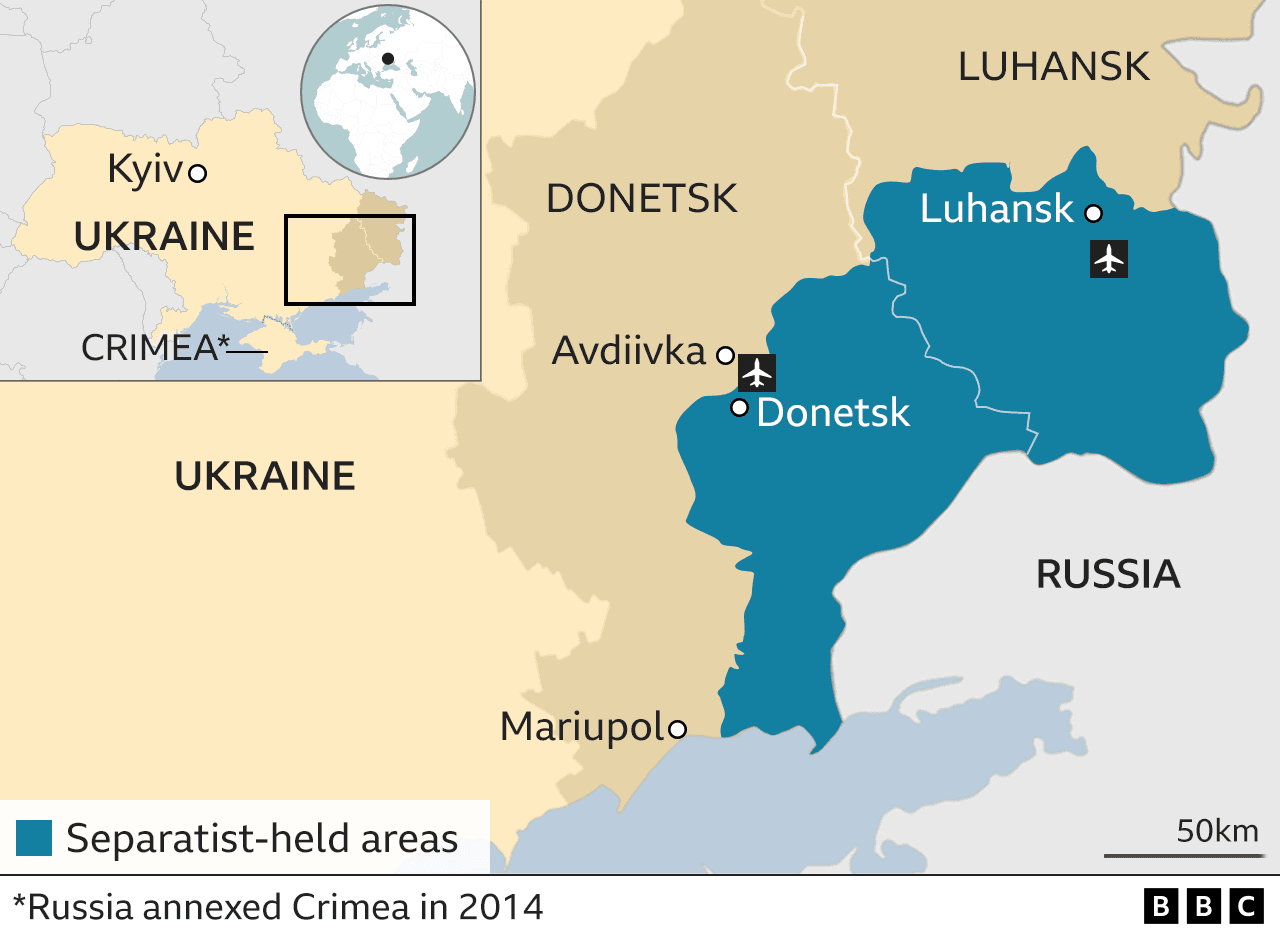
However, if Russia’s only aim is to force NATO away from its backyard, there is no sign of it succeeding.
NATO’s 30 members have turned down flat any attempt to tie their hands for the future.
“We will not allow anyone to slam closed Nato’s open-door policy,” said US Deputy Secretary of State Wendy Sherman.
Ukraine is looking for a clear timeline to join and NATO says Russia has “no veto, no right to interfere in that process”.

Non-NATO members Sweden and Finland have also rejected Russia’s attempt to stop them beefing up their ties with the alliance.


“We will not let go of our room for manoeuvre,” said Finland’s prime minister.

The US has made clear it has no plans to send combat troops, while being committed to helping Ukraine defend its “sovereign territory“.
The main tools in the West’s armoury appears to be sanctions and military aid in the form of advisers and weapons.

President Biden has threatened Russia’s leader with measures “like none he’s ever seen” if Ukraine is attacked.
So what would they involve?
The ultimate economic hit would be to disconnect Russia’s banking system from the international Swift payment system.
That has always been seen very much as a last resort, but Latvia has said it would send a strong message to Moscow.

Another key threat is to prevent the opening of Russia’s Nord Stream 2 gas pipeline in Germany, and approval for that is currently being decided by Germany’s energy regulator.

There could also be measures targeting Russia’s RDIF sovereign wealth fund or restrictions on banks converting roubles into foreign currency.

Washington has said it is committed to “working in lockstep” with its allies, but there are divisions between the US and Europe.
European leaders are adamant that Russia cannot just decide on the future with the US.
France has even proposed that Europeans work together with NATO and then conduct their own dialogue with Russia.

Ukraine’s president wants an international summit to resolve the conflict, involving France and Germany along with Russia.
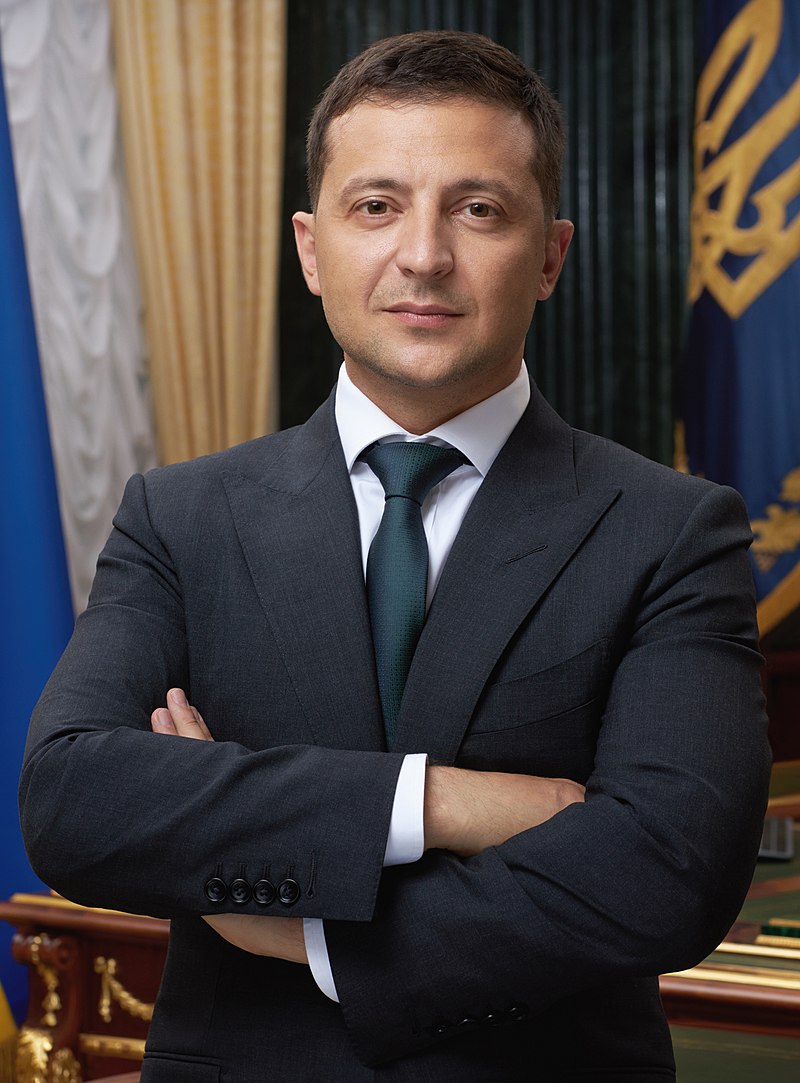
Another World War?
Unlikely.
A war over Ukraine similar to past conflicts over the Korean Peninsula and Indochina?
Maybe.


Switzerland again a sanctuary from war?

There has been significant immigration to Switzerland since the 1960s.
By contrast, during the 19th century, emigration from Switzerland was more common, as Switzerland was economically a poor country where a large fraction of the population survived on subsistence farming.
The largest immigrant groups in Switzerland are those from Italy, Germany, the former Yugoslavia, Albania, Portugal and Turkey (Turks and Kurds).
Between them, these six groups account for about 1.5 million people, 60% of the Swiss population with immigrant background, or close to 20% of total Swiss population.

The current federal law of 16 December 2005, on foreigners (the Foreign Nationals Act) came into force on 1 January 2008, replacing the Federal Act on the Residence and Establishment of Foreigners of 1931.
Swizerland and Australia, with about a quarter of their population born outside the country, are the two countries with the highest proportion of immigrants in the western world, although who counts as an immigrant varies from country to country, and even between agencies within countries.

Some countries naturalise immigrants easily, while others make it much more difficult, which means that such comparisons ought to be treated with caution.
Switzerland also has the highest Potential Net Migration Index of any European country by a large margin, at +150% (followed by Sweden at +78%) according to a 2010 Gallup study:
This means that out of an estimated 700 million potential migrants worldwide, about 12 million (150% of Swiss resident population) would name Switzerland as their most desired country of residence.
Residents with migration background are twice as likely to be unemployed.

Switzerland doesn’t have much in common with Mars, but that doesn’t stop a foreigner from feeling like they have landed on another planet upon arrival.
They call people living in a country without holding its citizenship “resident aliens” and it is not without reason.
For even though Swiss trains are efficient (at least according to the lore), Swiss bureaucracy is not.
It is a new place.
You cannot just stand there and stare at it.
You have got to listen to what it is trying to tell you.
But there is much difficulty doing even the simple things.
It is not supposed to be a land of hardship.
It is supposed to be a land of cheese, chocolate and tax evaders.
Things are supposed to be both delicious and easy.
Delicious?
Yes.
Easy?
Absolutely not.
What can an immigrant do?
Give up?
It is tempting.
It is said that people who live abroad are more creative than people who do not.
Perhaps this has more to do with desperation than with inspiration.

Though I had not given up my career, my career seemed to have given up on me after I moved to Switzerland so my wife could advance hers.
I came to realize that outside of institutions like school and work or outside of my mother tongue of English, I had come to rely on these to make friends.
I never considered how lonely life can be in Switzerland, wife notwithstanding.
As hard as it is to find permanent full-time employment as an ESL teacher in Switzerland, I found myself not at peace with my place as the trailing spouse and being asked to accept my fate accordingly.
I tried – for a decade – but a temp job at Starbucks that lasted five years but offered neither job security nor any incentive to seek promotion….
I seized an opportunity.
Out.

Despite the encroaching debacle, Joyce was gestating the novel that would make his name and send his own salvoes across the literary landscape.
In a letter to Ezra Pound, Joyce informed the poet that he had already completed the first two episodes of Ulysses:
“And so, on 28 June 1915, leaving behind all their furniture and belongings, the Joyce family were able to leave for Zürich from the Southern Railway Station.
Weighed down with suitcases, which fortunately were not checked by the Austrian police at the border, they took a train bound for Innsbruck through the Brenner Pass.
They were to come back for less than nine months at the end of the war after Trieste had become Italian, but only to depart once more, in 1920, for Paris.
Never to return.“

I confess I hate the words “never to return” or “burning bridges behind“, but as much as I valued my time at Starbucks, I hope I never return to work there again.

Their train was detained at Innsbruck to allow the Emperor’s train to pass.

Innsbruck, Austria, 19 October 1997
Sprawling beneath the mountain ridge of the Nordkette, Innsbruck is the only major urban centre in Austria with an array of high Alps on its own doorstep.
The visitor can visit museums in the morning, walk up mountains in the afternoon and bar-hop well into the early hours.
With the Tyrol’s largest concentration of mountain resorts in such close proximity, skiing is obviously big news here.

Hosting the Winter Olympics in 1964 and 1976 provided the city with a wealth of sporting and tourist facilities to call its own.


For those who just want a taste of history, Innsbruck’s compact centre – a classic Austrian hybrid of the Gothic and Baroque – invites aimless strolling.
It is also a thriving commercial centre that depends on more than just tourism for its living.

Innsbruck has a down-to-earth unpretentious air quite different to that of western Austria’s other main urban centre, self-possessed Salzburg.

Innsbruck is the nation’s 3rd biggest university city after Vienna and Graz, its sizable student population helping to support a range of cultural and nightlife options wide enough to suit most tastes.

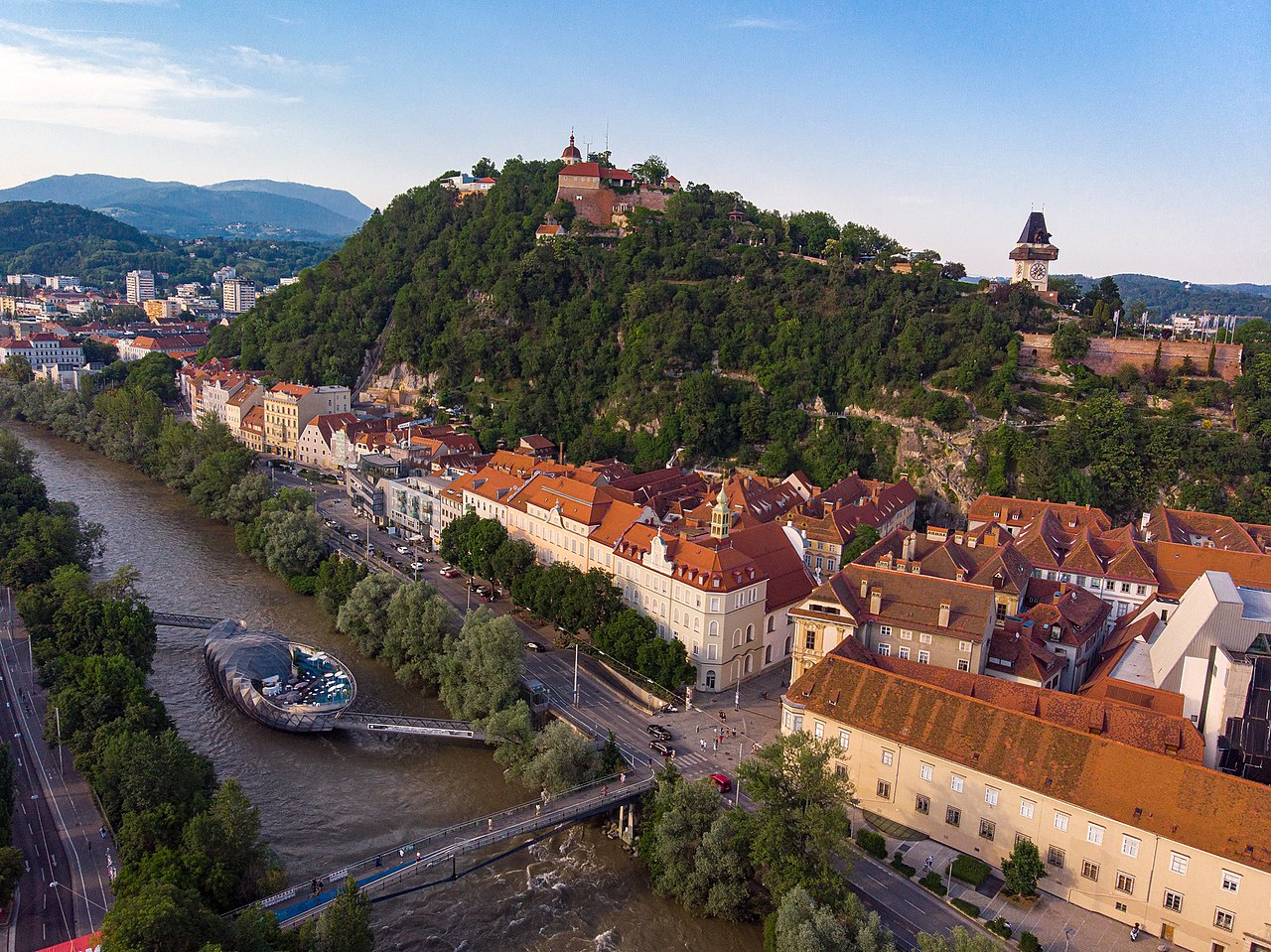
It is an easy city to explore, with many of its tourist attractions only a few paces apart.
A great deal of sightseeing can be achieved in the space of a day.
And I did my best to see everything in a day:
- the Golden Roof of the Maximilianeum Museum

- the Helblinghaus

- the Stadtturm

- the Domkirche St. Jakob

- the Hofburg

- the Hofkirche

- the Cenotaph of Emperor Maximilian I (1459 – 1519)

- the Tiroler Volkskunstmuseum

- Tiroler Landesmuseum Ferdinandeum

- the Zeughaus

- the Annasäule

- the Alpenverein Museum

- the Galerie Taxispalais

- the Triumphpforte….

But I was, for once, not in Innsbruck to play tourist.

I was there for a woman.
I had met O at the sunset of a relationship and prior to the sunrise of the relationship in which I have since remained for a quarter of a century.

W was Welsh and was most determined to show me Wales.
And show me Wales, she did.

- Borth
- Cardigan Bay

- Machynlleth

- Porthmadog

- the Ffestiniog Railway

- Harlech

- Barmouth

- Bala

- Llanuwchllyn

- the Bala Lake Railway

- Llangollen

- Dolgellau

- Betws-Y-Coed

- Conwy

- Beaumaris

- Bangor

- and back in England (but feeling Welsh), Shrewsbury

In Bangor, W and I stayed at the Tan-y-Bryn Youth Hostel.
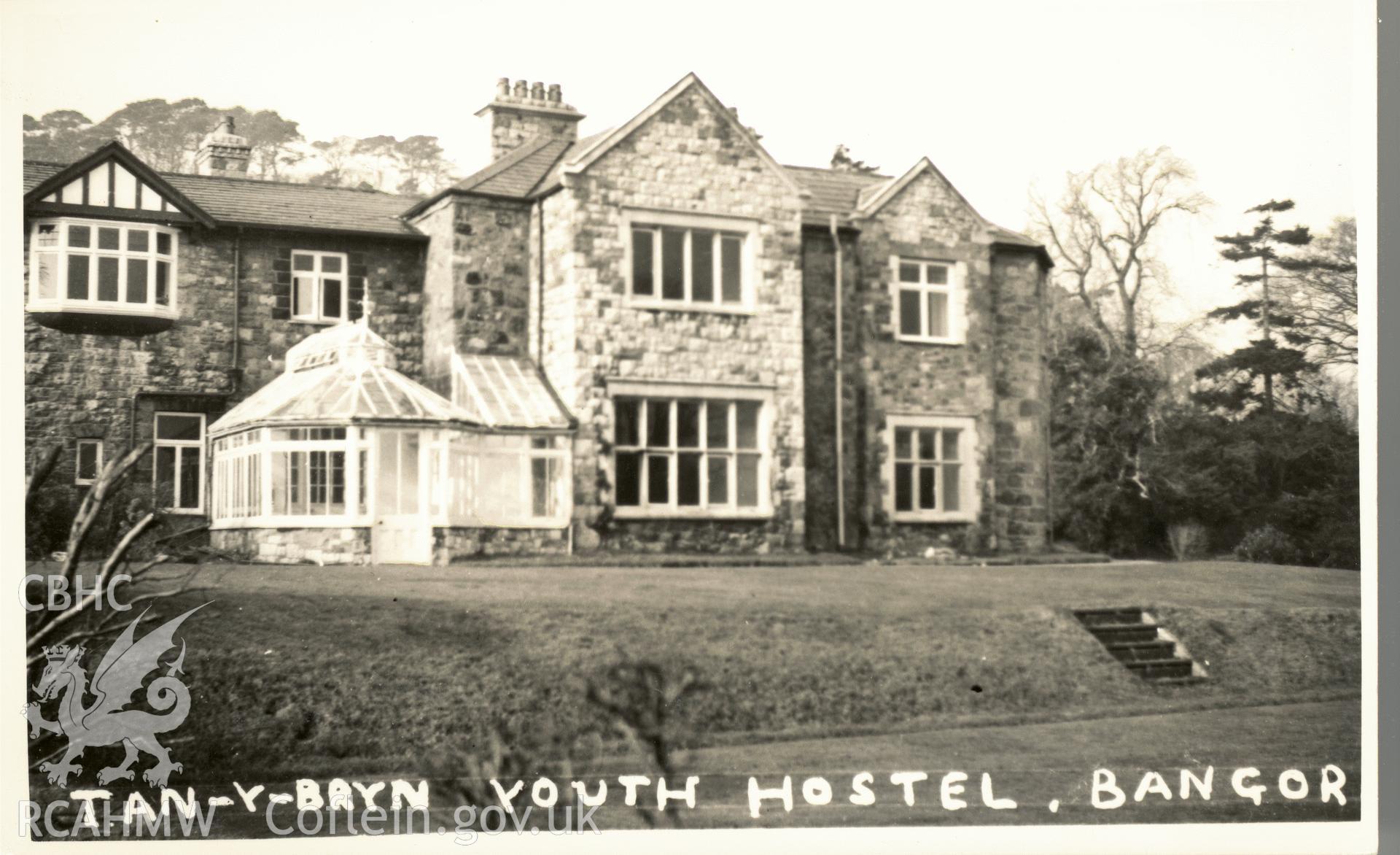
After a long day wherein we saw the Bangor Theatre, the Menai Straits and Pier, Bangor Cathedral and Bangor University and Penrhyn Castle, ate Chinese food, and drank Dogbolters at the Ffesant and Firkin Brewery Pub, we found ourselves chatting in the common room of the Hostel – W and I, O of Innsbruck and S of Ljubjana.








S excused himself as did W excuse herself, surrendering to fatigue.
O and I spoke for hours more.
O and I kept up intimate correspondence before Innsbruck and for a short time afterwards.
I read the situation wrong and thought there was a connection between us.
I was wrong.
Innsbruck remains tainted.

Joyce had declared earlier in Trieste:
“Kings are mountebanks.
(A mountebank is a person who deceives others, especially in order to trick them out of their money, a charlatan.)
(Yes, I had to look this up.)

Republics are slippers for everyone’s feet.”

I am certain that his friend Ezra Pound would have approved.
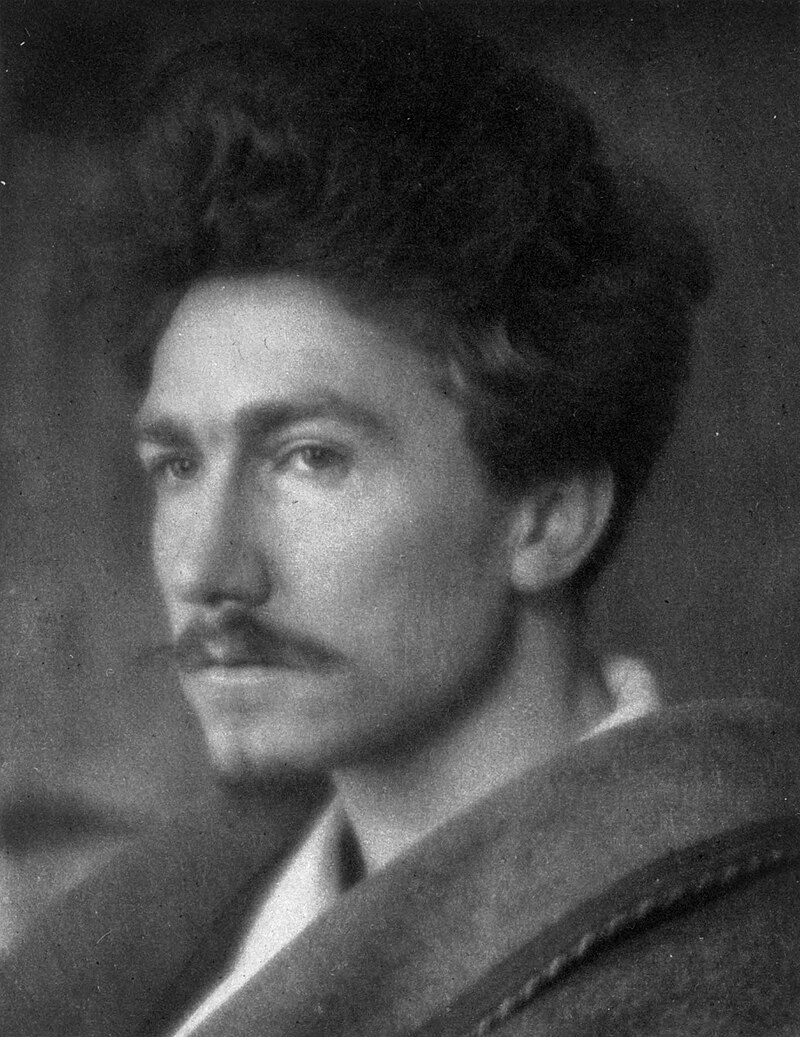
Ezra Pound (1885 – 1972) was an expatriate American poet and critic, a major figure in the early modernist poetry movement, and a fascist collaborator in Italy during World War II.
His works include Ripostes (1912), Hugh Selwyn Mauberley (1920), and his 800-page epic poem, The Cantos (1917 – 1962).

Pound’s contribution to poetry began in the early 20th century with his role in developing imagism, a movement stressing precision and economy of language.
Working in London as foreign editor of several American literary magazines, he helped discover and shape the work of contemporaries such as T.S. Eliot, Ernest Hemingway, and James Joyce.
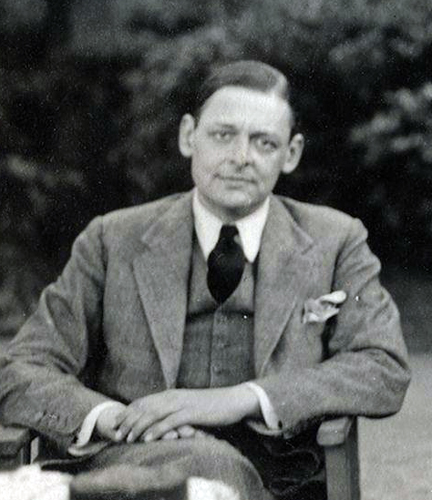
He was responsible for the 1914 serialization of Joyce’s A Portrait of the Artist as a Young Man, the 1915 publication of Eliot’s “The Love Song of J. Alfred Prufrock“, and the serialization from 1918 of Joyce’s Ulysses.
Hemingway wrote in 1932 that, for poets born in the late 19th or early 20th century, not to be influenced by Pound would be “like passing through a great blizzard and not feeling its cold.”

Angered by the carnage of World War I, Pound blamed the war on finance capitalism, which he called “usury” (the practice of making unethical or immoral monetary loans that unfairly enrich the lender).

Pound moved to Italy in 1924 and through the 1930s and 1940s promoted an economic theory known as social credit, wrote for publications owned by the British fascist Sir Oswald Mosley, embraced Benito Mussolini’s fascism, and expressed support for Adolf Hitler.



During World War II and the Holocaust in Italy, Pound made hundreds of paid radio broadcasts for the Italian government, including in German-occupied Italy, attacking the United States, Franklin D. Roosevelt, Great Britain, international finance, munitions makers and mongers, and Jews, among others, as causes, abettors and prolongers of the world war.


As a result of which Pound was arrested in 1945 by American forces in Italy on charges of treason.

He spent months in a US military camp in Pisa, including three weeks in an outdoor steel cage.
Deemed unfit to stand trial, he was incarcerated in St. Elizabeths Psychiatric Hospital in Washington DC, for over 12 years.

While in custody in Italy, Pound began work on sections of The Cantos that were published as The Pisan Cantos (1948), for which he was awarded the Bollingen Prize for Poetry in 1949 by the Library of Congress, causing enormous controversy.
After a campaign by his fellow writers, he was released from St. Elizabeths in 1958 and lived in Italy until his death in 1972.
His economic and political views have ensured that his life and work remain controversial.

Sometimes I wonder if, in the eyes of some still, whether an American reading Pound is akin to a German buying art from Hitler’s Viennese period.
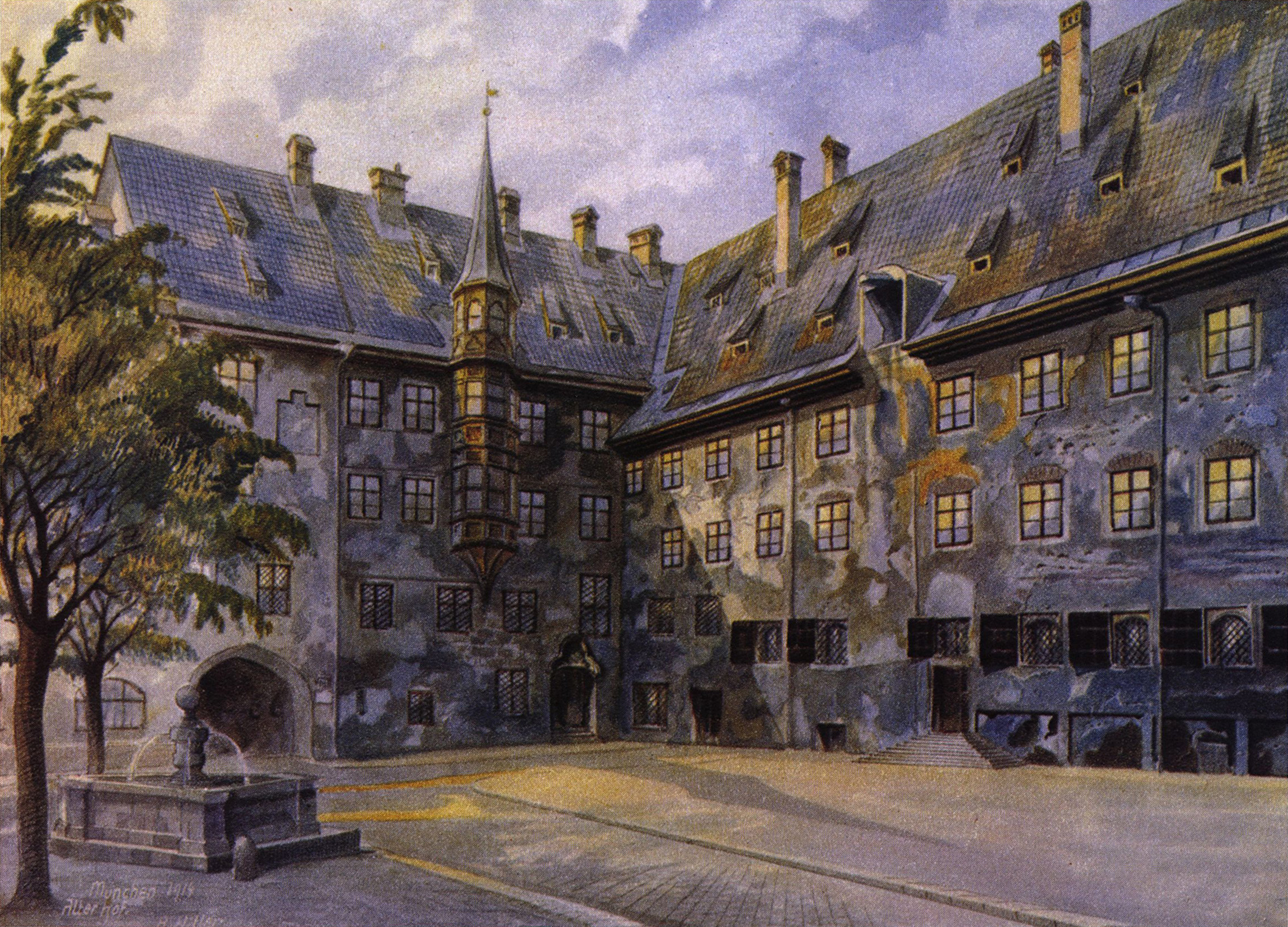
Nonetheless, Joyce’s 11 years in Trieste under Austro-Hungarian rule -“Each archduke proud, the whole jimbang crowd” – had been benign.
When 23 year-old Joyce first moved to Trieste in March 1905, he immediately started teaching English at the Berlitz school.
By June, Joyce felt financially secure enough to have his satirical poem “Holy Office” printed and asked for copies to be distributed to his former associates in Dublin.

Trieste (Triest in German, Trst in Slovenian and Croatian) is a city in Northeast Italy that was once a very influential and powerful centre of politics, literature, music, art and culture under Austrian-Hungarian dominion.
Today, Trieste is often forgotten as tourists head off to bigger Italian cities like Roma (Rome), Milano (Milan), and Trieste’s ancient archrival Venezia (Venice).
But those tourists miss out on a very charming and underestimated city, with a quiet and lovely almost Eastern European atmosphere, several pubs and cafes, some stunning architecture and a beautiful sea view.
It was also, for a while, the residence of the famous Irish writer, James Joyce.

Joyce kept writing despite all these changes.
He completed 24 chapters of Stephen Hero and all but the final story of Dubliners.
But he was unable to get Dubliners in press.
Though the London publisher Grant Richards had contracted with Joyce to publish it, the printers were unwilling to print passages they found controversial because English law could hold them liable if they were brought to court for indecent language.
Richards and Joyce went back and forth trying to find a solution where the book could avoid legal liability while preserving Joyce’s sense of artistic integrity.
As they continued to negotiate, Richards began to scrutinise the stories more carefully.
He became concerned that the book might damage his publishing house’s reputation and eventually backed down from his agreement.

Getting a book published should be easy:
- Edit and proofread.
- Identify a target audience for your book.
- Identify potential agents.
- Submit your book proposal directly to a publisher.

Trieste was Joyce’s main residence until 1920.
Although he would temporarily leave the city — briefly staying in Rome, travelling to Dublin and emigrating to Zürich during World War I — it became a second Dublin for him and played an important role in his development as a writer.

He completed Dubliners, reworked Stephen Hero into Portrait of the Artist as a Young Man, wrote his only published play Exiles, and decided to make Ulysses a full-length novel as he created his notes and jottings for the work.


He worked out the characters of Leopold and Molly Bloom in Trieste.

Many of the novel’s details were taken from Joyce’s observation of the city and its people, and some of its stylistic innovations appear to have been influenced by Futurism – (an artistic and social movement that originated in Italy in the early 20th century and also developed in Russia, it emphasized dynamism, speed, technology, youth, violence, and objects such as the car, the airplane, and the industrial city).

There are even words of the Triestine dialect in Finnegans Wake.

Trieste is at the crossroads of several commercial and cultural flows: German-speaking Central Europe to the north, Slavic masses and the Balkans to the east, Italy and Latin countries to the west and the Mediterranean Sea to the south.
Its artistic and cultural heritage is linked to its singular “border town” location.
You can find some old Roman architecture (a small theatre near the sea, a nice arch into old city and an interesting Roman museum), Austrian Empire architecture across the city centre (similar to stuff you can find in Vienna) and a nice atmosphere of metissage of Mediterranean styles, as Trieste was a very important port during the 18th century.

In late May 1906, the head of the Berlitz school ran away after embezzling its funds.
Artifoni took over the school but let Joyce know that he could only afford to keep one brother on.

Berlitz Corporation is a Japanese-owned language education and leadership training company based in Princeton, New Jersey.
The company was founded in 1878 by Maximilian Berlitz in Providence, Rhode Island in the United States.
Berlitz Corporation is now a member of the Benesse Group, a Japanese company, with more than 547 company-owned and franchised locations in more than 70 countries.

Berlitz started in 1878, when Maximilian Berlitz was in need of an assistant French instructor.
He employed a Frenchman by the name of Nicholas Joly, only soon to discover that Joly barely spoke English, and was hired to teach French to English speakers in their native language.
The first Berlitz language school opened in Providence, Rhode Island, in July 1878.
A decade later, Berlitz moved to Boston, Massachusetts, and opened additional schools.
Soon after, he opened schools in New York and New Jersey.
In 1886, he moved the headquarters and his personal residence to New York City.
In 1895, a children’s language learning book was published by Maximilian Berlitz.
By 1914, there were about 200 Berlitz schools, including 63 Berlitz schools in Germany and 27 in Britain.
By the time of the start of World War I in 1914, there were over 200 Berlitz Schools worldwide.
Maximilian Berlitz died in 1921.

His son-in-law and associate, Victor Harrison-Berlitz, assumed leadership of the business.
Harrison died in 1932, and control passed briefly to his son, Victor Harrison-Berlitz Jr.
The control of the company was thereafter passed to Jacques Strumpen-Darrie.
Jacques’ son Robert succeeded his father as president in 1953.

In the 1950s, Berlitz opened its first Latin American language center in Mexico, followed by locations in Brazil, Venezuela, Argentina, Colombia, Chile, and Peru.

In 1966, Berlitz reached Asia, starting with a language center in Tokyo.
Today, there are more than 90 Berlitz centres in Asia.
Berlitz has 547 locations in more than 70 countries.

“The Berlitz Method” uses the direct method and focuses on using language as a tool for communication.
The direct method, as opposed to the traditional grammar translation method, advocates teaching through the target language only, the rationale being that students will be able to work out grammatical rules from the input language provided, without necessarily being able to explain the rules overtly.
Today, there are a variety of derivative methods and theories that find their beginnings in the natural and communicative elements that were pioneered by Berlitz.

While the situation at Berlitz is different from country to country, in Japan there has been substantial industrial action, including the 2007 – 2008 Berlitz Japan strike, which grew into the longest and largest sustained strike among language teachers in Japan.
Berlitz filed suit against the teachers’ union for damages it says it suffered during the strike, but the claim was rejected by the Tokyo District Court on 27 February 2012.
Within a week Berlitz appealed the ruling to the High Court, with the first court date on 28 May 2012.
The final hearing was held on 27 December 2012, when an agreement was struck between Berlitz and the union.
Berlitz withdrew their High Court lawsuit and new rules for collective bargaining were also established.
They will again be conducted in English, after the language was changed to Japanese previously.
Berlitz also promised to disclose more financial information to the union.
The company also agreed to pay a base-up raise to current union members plus a lump sum bonus to the union.

In 2010, employees of Berlitz language centers in Germany experienced a major labor conflict, as management planned to lay off nearly 70 contract teachers in order to economize with a staff of freelancers.

My own personal experience with Berlitz was in Freiburg im Breisgau, Germany.
I applied for work there to discover that not only was that school the least lucrative of schools in the city at that time, that I would not be paid during the training period that was not held there but in a different city, but as well I would be forbidden to work for other schools while working for Berlitz.

Wall Street English (formerly Wall Street Institute) is among the largest providers of English language education for adults around the world.

Wall Street English was established in 1972 in Italy by Italian Luigi Tiziano Peccenini.

The first Wall Street Institute centres opened in Italy in 1972, and within two years 24 new centres opened across Italy.
In 1983, Wall Street Institute expanded outside of Italy, and by the late 1980s Wall Street Institute was well established across Europe.
Expansion continued through the early 1990s, when centres were opened in Mexico, Chile and Venezuela.
Beginning in the late 1990s, Wall Street Institute expanded into the Middle East and then to Asia, which has grown to be a significant part of its business.
The company has over three million alumni with a current enrolment of 180,000 students.
Using a franchise model, they currently operate over 450 centers in 28 countries in North Africa, East Asia, Southeast Asia, Europe, Latin America, and the Middle East.
Its international offices are in Hong Kong and in Barcelona, Spain.
In 2013, Wall Street Institute launched a company-wide rebranding, changing its name and identity.
The company now operates as Wall Street English.

The Wall Street English program is designed for all levels of learners.
They have 20 different levels of English language courses ranging from beginner to advanced.
Their program includes an English-only environment in their centers, native English-speaking teachers, social activities that allow students to practice English in a social, non-threatening environment, and a global online student community.
The Wall Street English Blended Learning Method, created by Luigi Tiziano Peccenini and Luciano Biondo, combines different education methods of acquiring a language into one study cycle.
The Blended Learning Method includes self-study, small teacher-led classes, and practice time.
Students listen, read, write, speak, and practice English to gain a deep understanding of the language.
Wall Street English has been teaching English since 1972.
Their curriculum is aligned to the Common European Framework of Reference for Languages (CEFR), according to a study undertaken with the support of the University of Cambridge English for Speakers of Other Languages Examination group (ESOL).

Wall Street English was acquired by Pearson plc from an affiliate of the Carlyle Group and Citic Private Equity for $92 million in cash in 2010.

In 2017, Pearson sold it to Baring Private Equity Asia and CITIC Capital for around $300 million.

There are eight Wall Street English centers in Switzerland: Biel/Bienne, Fribourg/Freiburg, Geneva, La Chaux-de-Fonds, Lausanne, Lugano, Montreux and Neuchâtel.

Eskişehir is not my first experience with Wall Street.
Once upon a time, back in 2012 – 2013, I worked at a Wall Street branch in St. Gallen.
I enjoyed teaching there, but I found management difficult to work with.
With the closing of that branch in 2014, there are no longer branches in the German-speaking regions of Switzerland.

There are 16 centres in Turkey: six in Istanbul (at Bakirköy, Caddebostan, Sisli, Erenköy, Taksim and Beylikdüzü), three centres in Ankara (Kizilay, Cayyolu and Ostim), Izmit, Bursa, Eskişehir, Izmir, Antalya, Gaziantep and Konya.

Tired of Trieste and discouraged that he could not get a publisher for Dubliners, Joyce found an advertisement for a correspondence clerk in a Roman bank that paid twice his current salary.
He was hired for the position, and went to Rome at the end of July.

Above: James Joyce Plaque, Rome
Their first address was a rooming house at Via Frattina 52, off the Corso.
A memorial tablet now graces the building:
“Where he lived from August to December 1906 / James Joyce / A voluntary exile evoked the story of Ulysses / Making of his Dublin our Universe.”
Their lodgings were two blocks from the bank where Joyce worked at Via S. Claudio 87.
Rome was rather tense in 1906.
Pope Pius X, still smarting from his loss of the Papal States some 30 years earlier, refused to move beyond the sanctuary of St Peter’s while the Savoy family, his rivals and Italy’s new monarchs, built rather grand monuments, empty gestures of grandeur.

Into this tension walked 24-year-old James Joyce:
A man desperately trying to escape tensions of his own.
Since leaving Dublin, Joyce had been living in the Adriatic coastal town of Trieste, in northeast Italy.
He had made quite an impact on the expatriate community and their hangers-on.
Many people befriended Joyce and seemed endlessly willing to help him and his wife as they struggled to come to terms with the realities of raising a young family.

But Joyce was a restless and flamboyant character whose fondness for alcohol worried his wife and riled his English school employers.
Joyce even lured his brother Stanislaus to Trieste, knowing full well the extra income would help maintain his indulgent lifestyle.
To make matters worse, the school director absconded, leaving the school in disarray and Joyce without a regular income.
There was always trouble in Trieste.

Perhaps Rome, with all its mysterious splendour and history, could inspire him to greatness.
Destiny and fame surely awaited him.
This was the city of the Caesars.

It was where Keats (1795 – 1821) died, where Goethe (1749 – 1832) had roamed the Forum, and Joyce’s great hero Henrik Ibsen (1828 – 1906) spent many happy months.

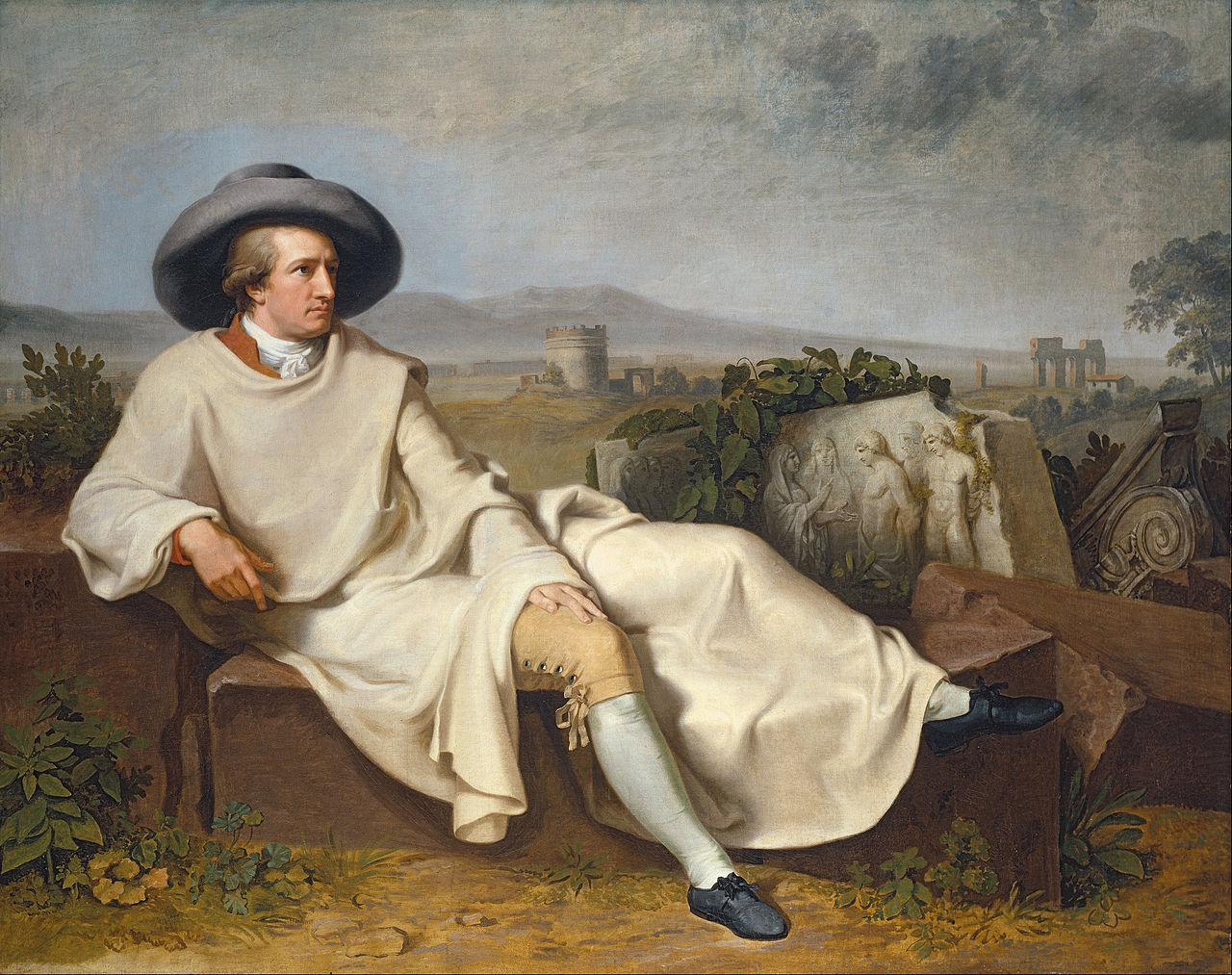

Joyce fixed his mind on the Eternal City and went about securing a job for himself with little difficulty.
Aided by a letter of recommendation from a former lord mayor of Dublin, Timothy Harrington, Joyce was offered a temporary post in the bank of Nast, Kolb and Schumacher, which stood at the corner of Via del Corso and Via S. Claudio, today the site of a large department store.

Arriving in Rome on 31 July 1906, the Joyce family took lodgings on the third floor of a house at 52 Via Frattina, where today a plaque commemorates his stay.
The accommodation was small but close to his work and the bars and cafés around the Spanish Steps.
From the very beginning, however, his letters to Stanislaus speak negatively of the city and its people.
According to Joyce, the area around the Colosseum was simply “like an old cemetery with broken columns of temples and slabs.”
In a letter to his brother, he wrote:
“Rome reminds me of a man who lives by exhibiting to travellers his grandmother’s corpse.”
It’s clear that the city’s former glories did nothing for such a modern man.
But he clearly admits his own shortcomings and demonstrates his indignation in another letter to Stanislaus, lamenting:
“I wish I knew something of Latin or Roman history.
But it’s not worthwhile beginning now.
So let the ruins rot.”

His work in the bank was soul-destroying.
He often had to work 12 hours a day, copying up to 200 letters in an office where he had no interaction with the public.
He had nothing but contempt for his colleagues who spoke endlessly of their ailments.
His brother received constant updates on how difficult life in Rome was.
And although Joyce was earning more money in the bank, he frequently begged his brother to send more cash.
“We want somebody completely dedicated to our firm, so you must not ask for a timetable that allows for extra jobs.”
Thus the private bank of Nast-Kolb and Schumacher in Rome sought to put the screws on its prospective employee, the 25-year-old Irish writer James Joyce.
Outwardly, Joyce was completely dedicated to the firm.
His hours were long:
08.30-12.00, 14.00-19.30.
After that there were the little English language teaching jobs, guaranteed to shrink the mind and to round out the ends of the months.
Like many before and after, Joyce quickly found his salary (L.250 a month) inadequate and Rome expensive:
“Rome certainly is not cheap, a lira goes a very short way here.”
With his linguistic skills, he was employed initially in the correspondence office of the bank.
While in Rome he took Danish lessons from a man named Petersen.
He was already fluent in French and Italian, and had taught himself Norwegian in order to read Ibsen in the original.
This multilingual clerk had a jaundiced view of his colleagues:
“This morning in the bank that German clerk informed us what his wife should be:
She should be able to cook well, to sew, to housekeep, and to play at least one musical instrument.
I suppose they’re all like that in Deutschland.
I am dead tired of their bello and bellezza.
A clerk here is named (he is round, bald, fat, voiceless) Bartoluzzi.
You pronounce it by inflating both cheeks and prolonging the u.
Every time I pass him I repeat the name to myself and translate ‘Good day, little bits of Barto.’
Another is named Simonetti:
They are all little bits of something or other, I think.
This is my first experience of clerks:
Do they all talk for five minutes about the position of a pen wiper?”

Joyce had other ideas: “I hope to find time to finish my novel in Rome within the year.”
But he had packed and gone before the year was out, having written nothing of consequence bar letters to his brother Stanislaus in Trieste.
Together with Nora Barnacle, his companion of two years, and their son Giorgio, he had spent a total of seven months and seven days in Rome, and hated the place.

By November, Joyce’s landlady was tiring of his excessive alcohol abuse and requested that he leave the accommodation on Via Frattina.
Joyce expected to charm his way out of the tight spot but the Signora stuck firmly to her guns and Joyce found himself homeless with his young family.
After four days spent searching, the young writer moved into Via Monte Brianzo 51, near Piazza Navona.
By Christmas, Joyce was forced to take another job as a teacher, but it wasn’t enough and the family dined on pasta on a thoroughly depressing Christmas Day.
While he struggled to make ends meet in Rome nothing came from his pen.
He found no time to write and no immediate inspiration.
The Roman ruins compounded his misery.
He complained of nightmares involving “death, corpses, assassinations, in which I take an unpleasantly prominent part.”

The intrigues and gore of ancient Rome infiltrated his psyche and it seems he began to develop a strange appreciation of his native Dublin, something not so keenly felt since his departure.
Irritations can create pearls.
The pearls in this case are Joyce’s two masterpieces, the short story “The Dead” and the novel Ulysses.
The seeds for both were sown in Rome.
Joyce’s letters from this period are filled with parallels between Rome and Dublin.


The figure of the Jew, Leopold Bloom, in Ulysses, wandering the streets of a provincial capital, echoes Joyce’s position as a friendless expatriate bank clerk.

Bloom’s facile, wide-ranging, restless mentality is that of the Roman flâneur.

(Flâneur is a French noun referring to a person, literally meaning “stroller“, “lounger“, “saunterer“, or “loafer“, but with some nuanced additional meanings.
Flânerie is the act of strolling, with all of its accompanying associations.
A near-synonym of the noun is boulevardier.
Traditionally depicted as male, a flâneur is an ambivalent figure of urban affluence and modernity, representing the ability to wander detached from society with no other purpose than to be an acute observer of industrialized, contemporary life.
The flâneur was, first of all, a literary type from 19th century France, essential to any picture of the streets of Paris.
The word carried a set of rich associations: the man of leisure, the idler, the urban explorer, the connoisseur of the street.)
Something too of the tessellated sense of history, which Rome epitomises, has gone into Ulysses.
It was at this time that the ideas for his wonderful short story, The Dead, began their gestation.
Perhaps the simple Christmas lunch and Signora Dufour’s apparently barbarous treatment of his family led to dreams of more lavish feasts and what the story’s hero Gabriel Conroy refers to as unique Irish hospitality.
In the same breath Joyce, through Gabriel, a character all the while fixated on the attractions and trappings of continental Europe, acknowledges those things that Ireland has to offer the world by way of this tradition.
Rome’s somewhat crude irreverence for the dead who are constantly on display, whether through imperial Rome’s whimsical Caesars or greedy popes, is in sharp contrast to the quiet, melancholy image of Dublin covered in snow.
The romance and bombast of Michelangelo, Bernini and Borromini contrasts with the humble but no less passionate Michael Furey in The Dead who, we find out, courted Gabriel’s wife Gretta and died of consumption but may, as Gretta reveals, have “died for me”.
Eventually, Joyce had had enough and he decided to leave Rome.

The day before leaving he was given his last pay cheque from his bank job, and splashed out on a few farewell drinks.
As he drank, two men managed to get a look inside his wallet and when Joyce left the café they attacked and robbed him.
Luckily, he had left some of his pay at his lodgings and with it he packed his son and his wife onto a train for Trieste and left Rome.
He never returned.

Joyce felt he accomplished very little during his brief stay in Rome, but it had a large impact on his writing.
Though his new job took up most of his time, he revised Dubliners and worked on Stephen Hero.
Rome was the birthplace of the idea for “The Dead“, which would become the final story of Dubliners, and for Ulysses, which was originally conceived as a short story.
His stay in the city was one of his inspirations for Exiles.

Exiles is James Joyce’s only extant play and draws on the story of “The Dead“, the final short story in Joyce’s story collection Dubliners.
The play was rejected by W.B. Yeats for production by the Abbey Theatre.
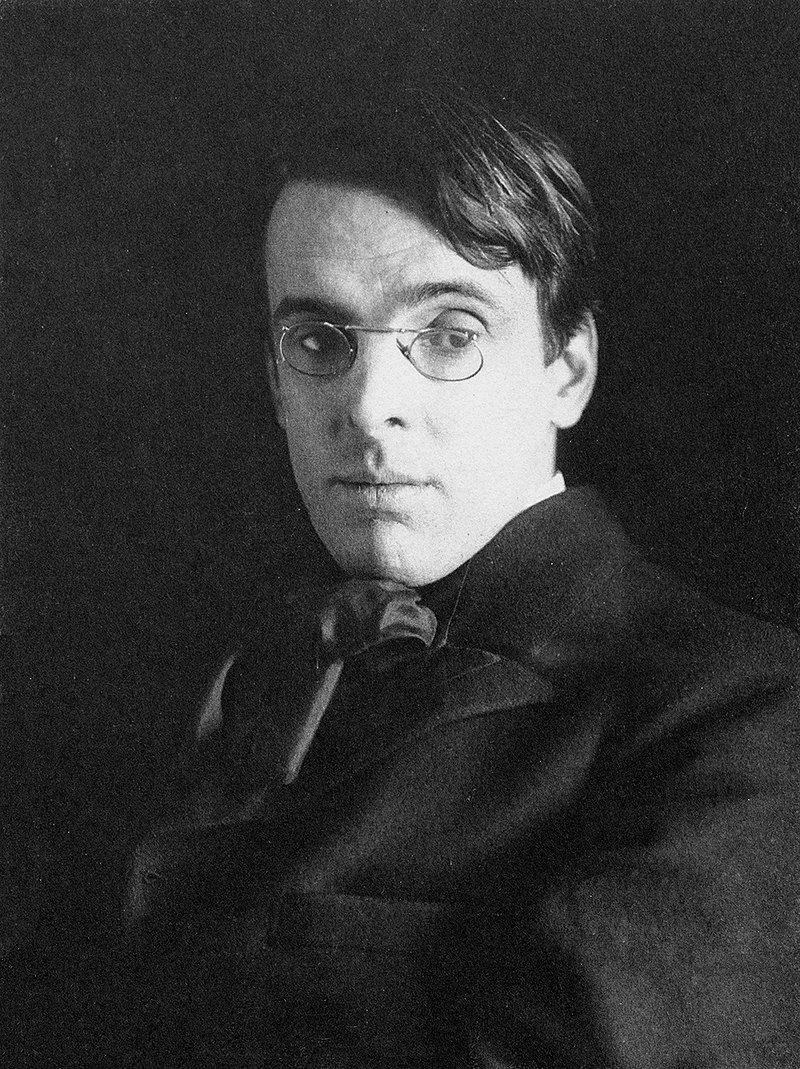
Its first major London performance was in 1970, when Harold Pinter directed it at the Mermaid Theatre.

In terms of both its critical and popular reception, Exiles has proven the least successful of all of Joyce’s published works.
In making his case for the defence of the play, Padraic Colum conceded:
“Critics have recorded their feeling that Exiles has not the enchantment of Portrait of the Artist nor the richness of Ulysses.
They have noted that Exiles has the shape of an Ibsen play and have discounted it as being the derivative work of a young admirer of the great Scandinavian dramatist.”

The play follows four players and two couples, Richard Rowan, a writer and his “common-law wife” Bertha, and Robert Hand with his cousin and previous lover Beatrice, both old friends of the previous couple.
The plot is deceptively simple:
Richard, a writer, returns to Ireland from Rome with Bertha, the mother of his illegitimate son, Archie.
While there, he meets his former lover and correspondent Beatrice Justice and former drinking partner and now successful journalist Robert Hand.
Robert was also Beatrice’s lover, and here the complications begin.
As jealousy develops throughout the relationships the action meditates mostly in a budding relationship between Hand and Bertha and thus in Hand‘s attempts at seduction with the lover of his friend.
The first act takes place at Rowan‘s house where Hand makes his first advance at Bertha.
After kissing her “with passion” several times Hand requests she join him in his home for a second meeting later that evening.
Bertha in turn confides in Rowan and questions whether or not to accept his invitation.
To this, Rowan retorts she must do whatever she pleases.

In the second act, Hand waits, expecting Bertha at the appointed hour but instead is surprised when Rowan appears.
Calmly, Rowan explains his knowledge of Hand‘s attempts at wooing Bertha but is interrupted when Bertha herself knocks at the door.
Rowan returns home, leaving his wife alone with Hand who continues his advances toward Bertha.
The act ends inconclusively, with Hand asking if Bertha loves him, and Bertha explaining:
“I like you, Robert.
I think you are good.
Are you satisfied?”

The third act returns to Rowan‘s home at seven o’clock the following morning.
Bertha‘s maid informs her of Rowan‘s departure from the home an hour earlier, as he left for a walk on the strand.
Printed in the morning newspapers is a favourable article written about Rowan, written the previous evening by Hand himself.
The events of the previous night between Bertha and Hand are unclear, as both parties agree it was a “dream“.
But appearances demonstrate Hand and Bertha shared “a sacred night of love“.
Hand reports to Rowan, assuring him Bertha in fact did not stay the night but instead Hand spent the night alone.
Claiming to have visited the Vice-Chancellor’s lodge, returned home to write the newspaper article, then gone to a nightclub where he picked up a divorcée and had sex with her (“what the subtle Duns Scotus calls ‘a death of the spirit’ took place“) in the cab on the way home.

Following this conversation, Hand leaves for his cousin’s house in Surrey while Rowan and Bertha are reconciled.
Bertha admits that she longs to meet her lover, but asserts that the lover is Rowan himself.
The resolution of the play lies precisely in the sense of doubt about what occurred between Hand and Bertha between Acts Two and Three.
Rowan is wounded by the sense of doubt that he admits he longed for.
Indeed, he sees this sense of doubt as what enables him “to be united with Bertha in body and soul in utter nakedness”.

There are obvious parallels to be drawn with Joyce’s own life – Joyce and Nora Barnacle lived, unmarried, in Trieste, during the years the fictional Rowans were living in Rome.
During this time, Joyce and his lover considered themselves to be living in exile, directly mirroring the setting of Exiles.
Robert Hand too, draws a connection to Joyce’s personal life as he resembles two friends of Joyce’s, Oliver St. John Gogarty and Vincent Cosgrave, and even shares a few defining characteristics with them both.
Similarly, the character of Beatrice Justice has been said to reflect a cousin of Joyce’s, Elizabeth Justice, who died in 1912.
However, Exiles is by no means straightforwardly autobiographical.
“The great question which Joyce sought to use as the basis for a drama was that of human freedom and human dignity.
It is exposed and focused in terms of love and sexual relationships.”

While in Rome, Joyce read the socialist historian Guglielmo Ferrero in depth.
Ferraro’s anti-heroic interpretations of history, arguments against militarism, and conflicted attitudes toward Jews would find their way into Ulysses, particularly in the character of Leopold Bloom.
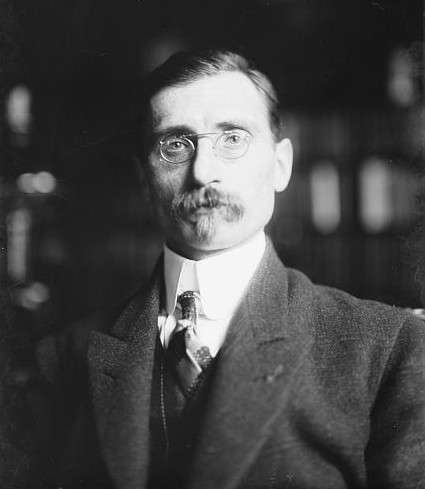
Guglielmo Ferrero (1871 — 1942) was an Italian historian, journalist and novelist, author of the five-volume Greatness and Decline of Rome (published in English in 1909).
Ferrero devoted his writings to classical liberalism.
He opposed any kind of dictatorship and unlimited government.
He was nominated for the Nobel Prize in Literature twenty times in six years.

Born in Portici, near Napoli (Naples), Ferrero studied law in Pisa, Bologna and Torino (Turin).
Soon afterward he married Gina Lombroso, a daughter of Cesare Lombroso, the criminologist and psychiatrist with whom he wrote The Female Offender, The Prostitute and The Normal Woman.

From 1891 to 1894 Ferrero traveled extensively in Europe and in 1897 wrote The Young Europe, a book which had a strong influence over James Joyce.

Joyce admired Bruno and attended the procession in his honour while in Rome.
(In The Young Europe, Ferrero, according to a radical-democratic political perspective and sociology, noted that in Latin countries, such as Italy, society was “governed by classes that do not represent productive work” and expressed a government that is ” thief and patron at the same time, stripper and almsgiver “, dominating an authoritarian and Caesarist state, which presented itself to the agricultural plebs essentially in the form of “gendarme and tax collector“, while in the societies of Northern Europe, where modern industrial capitalism, the enemy of aristocracies, was in full development, “all men, even the humblest, are collaborators of the universe of common work and therefore necessary elements of the whole“, because of a “fruitful and living justice in relations between men“. )

After studying the history of Rome, Ferrero turned to political essays and novels (Between Two Worlds in 1913, Speeches to the Deaf in 1925 and The Two Truths in 1939).
When the fascist reign of the Black Shirts forced liberal intellectuals to leave Italy in 1925, Ferrero refused and was placed under house arrest.

In 1929 Ferrero accepted a professorship at the Graduate Institute of International Studies in Geneva.

His last works (Adventure, Bonaparte in Italy, The Reconstruction of Europe, The Principles of Power and The Two French Revolutions) were dedicated to the French Revolution (1789 – 1799) and Napoleon Bonaparte (1769 – 1821).

Ferrero was invited to the White House in 1908 by Theodore Roosevelt, who had read The Greatness and Decline of Rome.
Ferrero gave lectures in the northeast of the USA which were collected and published in 1909 as Characters and Events of Roman History.

Ferrero died in 1942 at Mont Pèlerin, Switzerland.

In London, Elkin Mathews published Joyce’s Chamber Music on the recommendation of the British poet Arthur Symons.
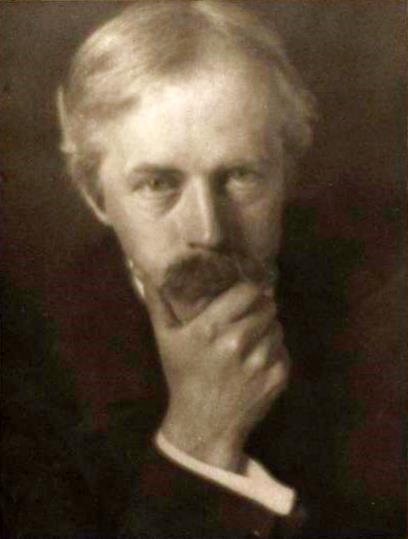
Chamber Music is a collection of poems by James Joyce, published in May 1907.
The collection originally comprised 34 love poems, but two further poems were added before publication (“All day I hear the noise of waters” and “I hear an army charging upon the land“).
Although it is widely reported that the title refers to the sound of urine tinkling in a chamber pot, this is a later Joycean embellishment, lending an earthiness to a title first suggested by his brother Stanislaus and which Joyce (by the time of publication) had come to dislike:
“The reason I dislike Chamber Music as a title is that it is too complacent“, he admitted to Arthur Symons in 1906.
“I should prefer a title which repudiated the book without altogether disparaging it.”

Richard Ellmann reports (from a 1949 conversation with Eva Joyce) that the chamberpot connotation has its origin in a visit he made, accompanied by Oliver Gogarty, to a young widow named Jenny in May 1904.

The three of them drank porter while Joyce read manuscript versions of the poems aloud – and, at one point, Jenny retreated behind a screen to make use of a chamber pot.
Gogarty commented:
“There’s a critic for you!“.
When Joyce later told this story to Stanislaus, his brother agreed that it was a “favourable omen“.
In Ulysses, Leopold Bloom reflects:
“Chamber music.
Could make a pun on that.“

In fact, the poetry of Chamber Music is not in the least bawdy, nor reminiscent of the sound of tinkling urine.
Although the poems did not sell well (fewer than half of the original print run of 500 had been sold in the first year), they received some critical acclaim.
Ezra Pound admired the “delicate temperament” of these early poems, while Yeats described “I hear an army charging upon the land” as “a technical and emotional masterpiece“.
In 1909, Joyce wrote to his wife:
“When I wrote Chamber Music, I was a lonely boy, walking about by myself at night and thinking that one day a girl would love me.”

Nonetheless, Joyce was dissatisfied with his job, had exhausted his finances, and realised he’d need additional support when he learned Nora was pregnant again.
He left Rome after only seven months.

Roma (Rome), the ‘Eternal City‘, is the capital and largest city of Italy and of the Lazio (Latium) region.

It is the famed city of the Roman Empire, the Seven Hills, La Dolce Vita (the sweet life), Vatican City and Three Coins in the Fountain.


Rome, as a millennium-long centre of power, culture and religion, having been the centre of one of the globe’s greatest civilizations ever, has exerted a huge influence over the world in its 2,500 years of existence.
The historic centre of the city is a UNESCO World Heritage Site.

With wonderful palaces, millennium-old churches and basilicas, grand romantic ruins, opulent monuments, ornate statues and graceful fountains, Rome has an immensely rich historical heritage and cosmopolitan atmosphere, making it one of Europe’s and the world’s most visited, famous, influential and beautiful capitals.
![The Roman Empire in AD 117 at its greatest extent, at the time of Trajan's death (with its vassals in pink)[3]](https://upload.wikimedia.org/wikipedia/commons/thumb/0/00/Roman_Empire_Trajan_117AD.png/1920px-Roman_Empire_Trajan_117AD.png)
Today, Rome has a growing nightlife scene and is also seen as a shopping heaven, being regarded as one of the fashion capitals of the world (some of Italy’s oldest jewellery and clothing establishments were founded in the city).

With so many sights and things to do, Rome can truly be classified a “global city“.

Ute (the wife) and I visited Rome for three days in April 2004.
I enjoyed playing tourist in Rome, but like Istanbul or Paris or New York, it is a metropolis too crowded and too expensive for me to ever consider my wanting to live there.
I have few memories of Rome.

I read your book
And I find it strange
That I know that girl
And I know her world
A little too well
I didn’t know
By giving my hand
That I would be written down, sliced around, passed down
Among strangers’ hands
Three days in Rome
Where do we go?
I’ll always remember
Three days in Rome
Never again
Would I see your face
You carry a pen and a paper,
And no time and no words you waste
Oh, you’re a voyeur
The worst kind of thief
To take what happened to us
To write down everything that went on between you and me
Three days in Rome
And I stand alone
I’ll always remember
Three days in Rome
And what do I get?
Do I get revenge?
While you lay it all out
Without any doubt
Of how this would end
Sometimes it goes
Sometimes we come
To learn by mistake that the love you once made
Can’t be undone
Three days in Rome
I laid my heart out
I laid my soul down
I’ll always remember
Three days in Rome.

I remember the Torre Argentina Cat Sanctuary….

1929 was the year the sacred area of Torre Argentina was excavated.
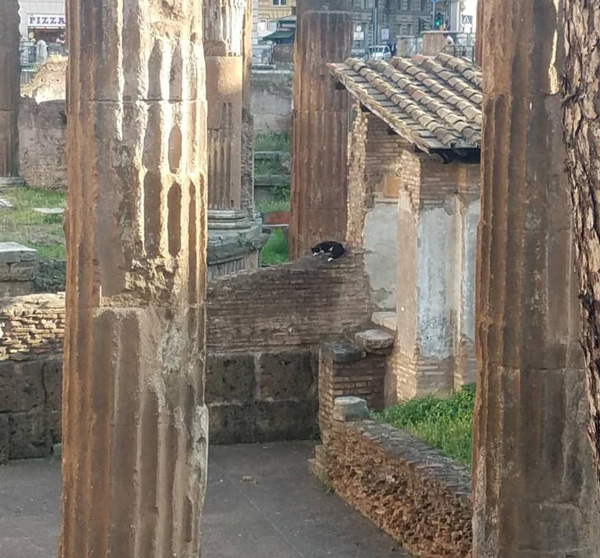
This was also the year the history of the cats’ residency began.
Stray and abandoned felines took refuge in the protected area below street level.
From 1929 until 1993, the cats were more or less regulary fed by a succession of cat ladies or “gattare“.

One of the most famous of these cat lovers was the great Italian filmstar Anna Magnani.
While working at Teatro Argentina which borders the ruins, Ms. Magnani would spend her breaks feeding her four legged friends.
This film legend, famous for her heart-tugging performances, died in the 1960s.
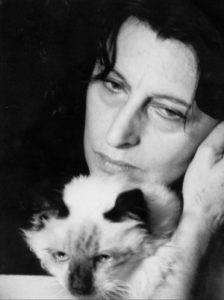
Lia and Silvia started working with the cats in 1993 when they began helping a woman who was running the show alone: feeding, spaying and neutering all the cats.
Her generous efforts put her on the verge of an economic and emotional collapse.
Soon Lia and Silvia realised there was a lot more work than the three women could manage.
In that year the cat population was 90 and growing due to the irresponsibility of people abandoning their cats and kittens, perhaps to go on vacation.
And so, Torre Argentina Cat Sanctuary was born.

Working conditions were primitive to say the least.
A cave like area under the street had been unwittingly created by the construction of the street and the pillars that sustain it long before the cat shelter began.
It had a floor space of about 100 square meters and it began as a night shelter for the cats and as a storage place for cat food.
It was a difficult and frustrating job.
Caring for more than 90 cats in a damp underground space, in many places so low that one cannot stand up and no electricity or running water.
For almost a year and a half Silvia and Lia worked under these conditions, hoping for a breakthrough or a guide through this dark period.
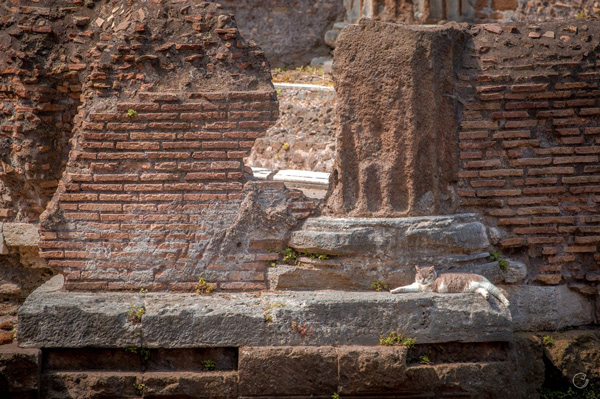
Their prayers were answered in 1995 when a savior arrived:
An English woman named Molga Salvalaggio.
She told Silvia and Lia about the wonderful achievements of certain English organizations who worked in animal protection and she put them in contact with the A.I.S.P.A. (Anglo-Italian Society for the Protection of Animals).
The A.I.S.P.A. was the first organisation to give material as well as moral support.
In addition, they introduced Silvia and Lia to English resources concerning stray cats and solutions to frequent problems who studied this invaluable information and began the slow process of imitating English role models.
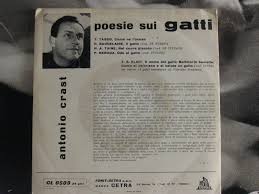
The first job was to raise desperately needed funds.
The primitive location had one great advantage:
It was a tourist attraction because of the historical and archaeological significance of the ruins.
Painfully swallowing pride and embarrassment Silvia and Lia started approaching tourists who seemed more interested in the cats than the ruins and asked for donations.
Unbelievably, it worked!
Not only did they collect needed cash, they also managed to attract a certain number of volunteers:
Mostly women of many different nationalities, Italian, French, German, American, English, Brazilian and Dutch.
Torre Argentina became a sort of United Nations for cats.
To raise more money they started organizing fundraising dinners, raffles and flea market sales.

In September 1998, US Navy Captain John Henriksen and his wife Cheryl generously opened their home to 120 people for a dinner, auction and raffle, the first Gala.
Later, Alexandra Richardson, wife to the British Ambassador allowed volunteers to hold a fundraiser/gala at her residence.
Several more galas followed the following years and provided badly needed funds.
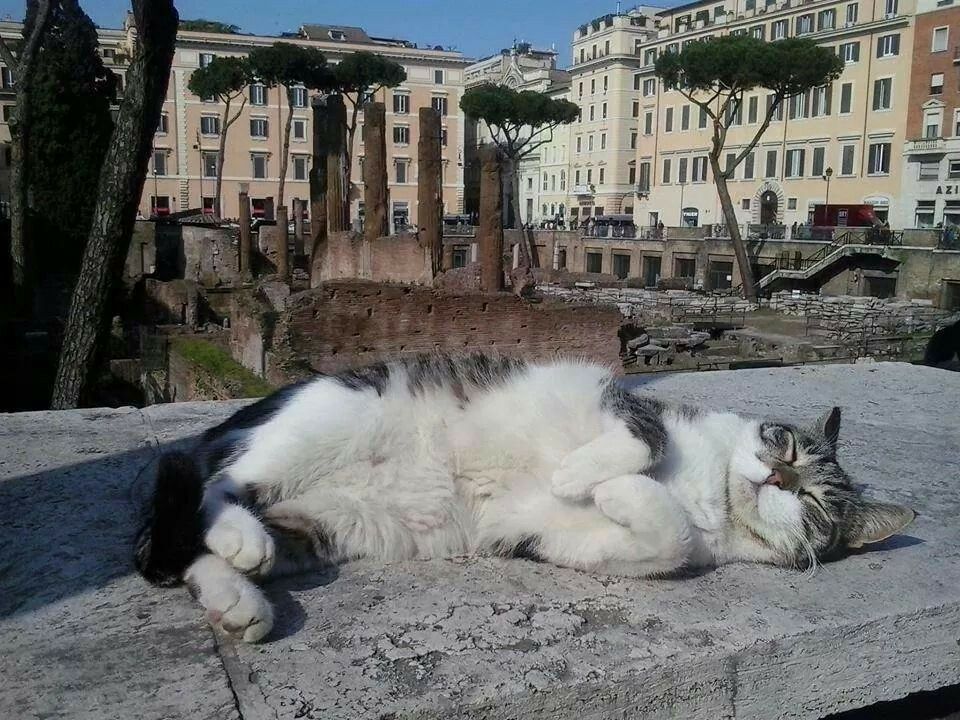
With the newly found income, TA could afford cat food of better quality and the new burst of enthusiasm also motivated Silvia, Lia and their team of volunteers to become more professional and organized in daily operations.
When feeding, spaying, and veterinary care for the TA cats had become an affordable routine, TA started sharing funds also with the poorer sanctuaries around Rome, but with the emphasis on spaying and neutering.
They were, and still are, priorities.

Nelson, a one-eyed Torre Argentina cat was the main character in an award winning book by volunteer, Deborah D’Alessandro.
It was published in 1999 and soon became a bestseller at the shelter drawing attention to the plight of abandoned cats.

At around the same time, Barbara Palmer published “Cat Tales”:
Both books contributed to the growing reputation of the shelter.

In 2000, the Sanctuary entered a new era when we were given international exposure with the gift of a website, http://www.romancats.com from Dutch animal rescuers and professional web designers, Micha Postma and Christiaan Schipper.
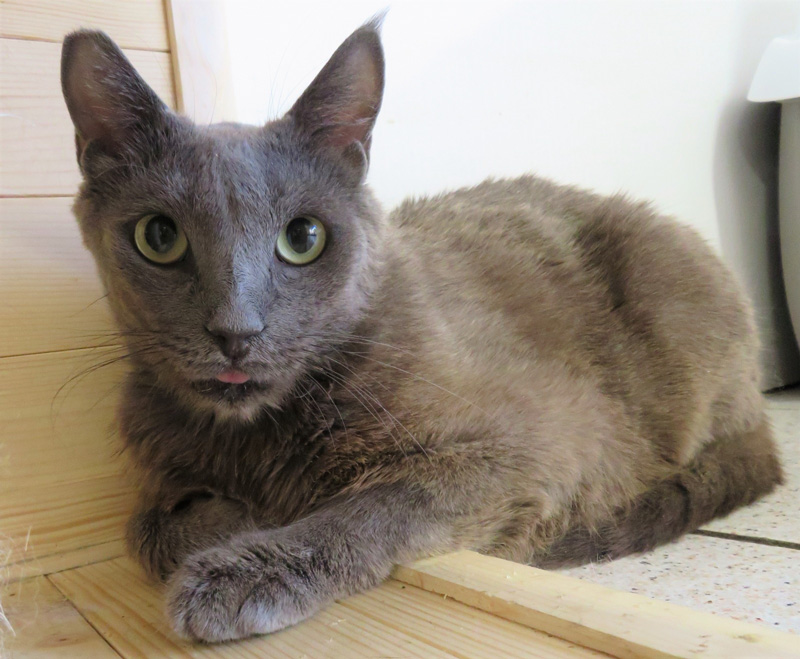
On the home front, in 2001, the cats of Rome became a “bio-cultural heritage” by special proclamation of the city council.
Things were moving in the right direction:
As the Sanctuary grew, there was also a growing awareness suffering of the stray animals and their need for protection.
The time was ripe for a public statement:
In 2003, Torre Argentina Sanctuary (TA) was instrumental in the organization of a demonstration march, Cat Pride, that had several thousand participants demanding protection and funding for Rome’s strays.
In 2004, the production of the DVD Cats of Rome by Michael Hunt, contributed to a further diffusion of TA’s work and goals.

I remember also, with as much great fondness as Torre Argentina, the Anglo-American Bookshop.
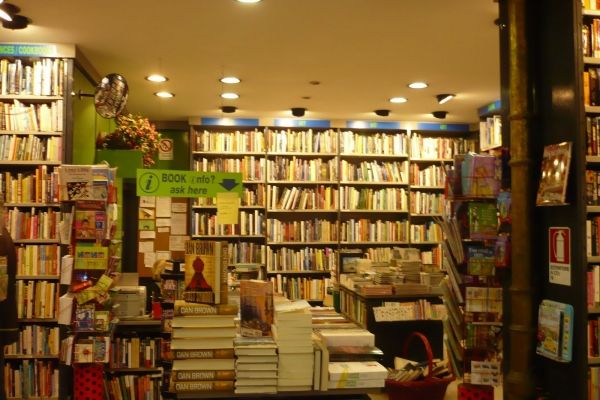
The bookshop was founded in 1953 under the name of Interbook by an Englishman named Patrick Searle.
Later it was divided into two: Interbook and the Anglo-American Book Company.
The owner of the latter was General Edward Rush Duer Jr.

This choice was very courageous as the English language was not yet considered a language recognized worldwide for any type of exchange (economic, cultural, tourist, etc.).
The initial location was in the centre of Rome, on Via Firenze at the corner of Via Nazionale and later in Via del Boschetto where Arminio Lucchesi (45 years old) and Dino Donati (24 years old) worked, two young booksellers full of desire to do well and resourcefulness who came from previous book experiences.
The first had been in charge of the international department of the historic Bocca bookshop (in Piazza di Spagna, which unfortunately closed in the 90s to make way for a tour operator) and the second had been a willing salesman at the Modernissima bookshop (in via della Mercede, also closed in the 90s to make way for a pizzeria).
A few years later Donati found a shop in Via della Vite 57 (excellent for access to the public) and in company with Lucchesi and Mrs. Nadia Likatcheff Deur moved the business to these new premises where it has remained for over 40 years.

The street was in the center of the capital but was in a location with little passage, the “neighbours” of the shop were a deposit of mineral water, a charcoal burner, a “sandwich shop” (which over time became the renowned Tuscan restaurant Mario).
At first, times were very difficult, the Second World War had just ended and illiteracy was still a problem felt in Italy.
At the beginning the sales situation was not at all rosy, but the situation improved day by day, Lucchesi was in charge of the internal management of the bookshop and Donati for the promotion and dissemination throughout Italy.
Soon the place became too small to manage the volume of books that arrived for the bookstore and those that were commissioned by customers, institutions or companies, and so they decided to rent an apartment in Via della Vite 68, in order to better manage the part of the commission that was getting bigger.

In 1960 Mrs. Deur left for the US and, after a few months, her share was taken over by Donati and Lucchesi.
The bookshop and commission was now underway and the first profits and satisfactions had already arrived.
Luck was on their side, English had become the language of the future and interest grew more and more.
In 1972, part of the commission was transferred from Via della Vite 68 to Via della Vite 27 where the Technical and Scientific Department was located and established for reasons of space.

The next important step was the creation of the subscription service, one of the first in Italy and Europe.
The aim was to act as an intermediary between a multiplicity of publishers and large customers who needed to receive subscription journals to keep the current value of their studies or ongoing research very high.
The largest customers were, and are, universities, research institutions and medium-large companies engaged in long-term technological research.
At the end of the 70s there was the real explosion of activity and traffic.
The employees were more and more, the space was less and less, and the books and magazines published grew exponentially.

In 1978, Dino Donati took over his share from Arminio Lucchesi and distributed the company shares with his wife Carla and their children, Daniele and Cristina.
At the beginning of the 80s to meet further requests, two more apartments were rented in the same building in Via della Vite 27 outlining the following arrangement that still exists:
- First and second floors: technical, scientific and commission department
- Third floor: administration and management
- Fourth floor: subscription service and data processing centre
To make the best use of the spaces of the small library, two architects were commissioned to renovate the library making it more welcoming and at the same time obtain useful spaces even in the smallest slot.
In 1981, the purchase of their first computer gave the start to the computerization of the entire society.
In 1986, the first XENIX multi-user system connected all the library departments.
The world’s first CD-ROM databases peeped out the door and the A-AB were among the first to consider and massively use them.
This was the beginning of the information and organizational revolution that has followed to this day.
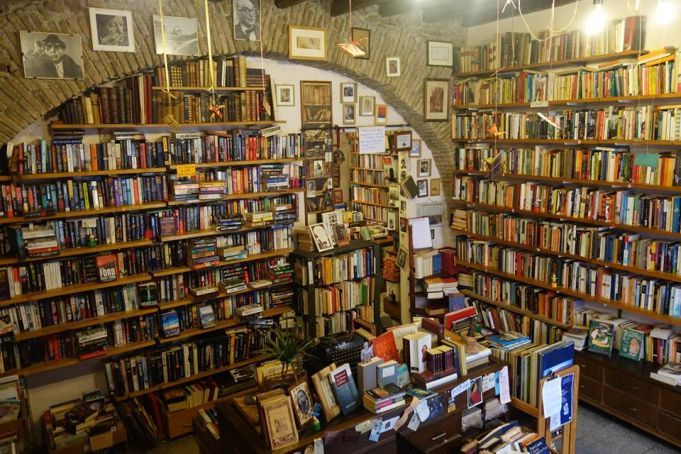
At the end of the 80s the books in the library constantly present in stock had become over 80,000 and the small bookstore was bursting, so the sales staff were forced to invent unlikely positions to make sure that the books found a place.
In 1993, with considerable economic commitment, the library was moved from number 57 (about 40 square meters) to number 102 (about 180 square meters) always in Via della Vite where it is currently located.
Books finally breathe, customers too.
You don’t have to crowd to browse and evaluate a book before buying.
The books always on the shelves have reached over 150,000.
The 90s also brought the subscription service to the point of its maximum expansion with the Total service: a reception and delivery service designed for large companies and the most demanding libraries.
This led to the establishment of a company in New York the AABOOK Corp. where all US subscriptions are centralized and subsequently sent by express courier to Rome.
1997 was the year of the launch of the website and the beginning of e-commerce.

It was here I bought an English translation of Johann Wolfgang von Goethe’s Italian Journey, which in turn would inspire us to visit Casa di Goethe and the Keats-Shelley Memorial House.
It was here also I discovered the magazine Wanted in Rome:

Wanted in Rome is a monthly magazine in English for expatriates in Rome established in 1982.
The magazine covers Roman news stories that may be of interest to English and Italian speaking residents, and tourists as well.
The publication also offers classifieds, photos, information on events, museums, churches, galleries, exhibits, fashion, food, and local travel.
Wanted in Rome was founded in 1982 by two expats who identified the need of an aggregation magazine for the English-speaking community.
In 1997 it launched its website.

The Casa di Goethe is a museum in Rome, at Via del Corso 18, dedicated to Goethe, his Italian journey and his life at Rome in the years from 1786 through 1788.
During his journey Goethe wrote a journal and also many letters which would be published in 1817 as the Italian Journey.

The Museum is located in the house and in the same rooms in which Goethe lived with his friend the German painter Johann Wilhelm Tischbein during his stay in Rome.

The permanent exhibition covers his life in Italy, his work and writing, and also about his private life and shows original documents concerning his life.

The second exhibition, which is always a temporary exhibition, often refers to arguments and themes which connect somehow the Italian and German cultures or talks about artists like:
- Max Beckmann

- Heinrich Mann

- Thomas Mann
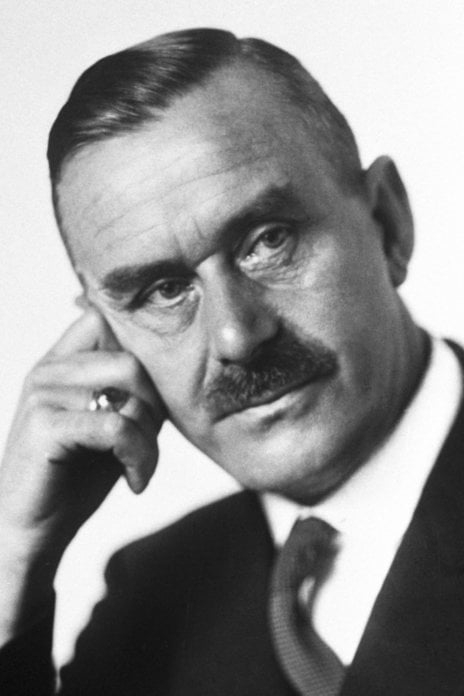
- Andreu Alfaro

- Günter Grass
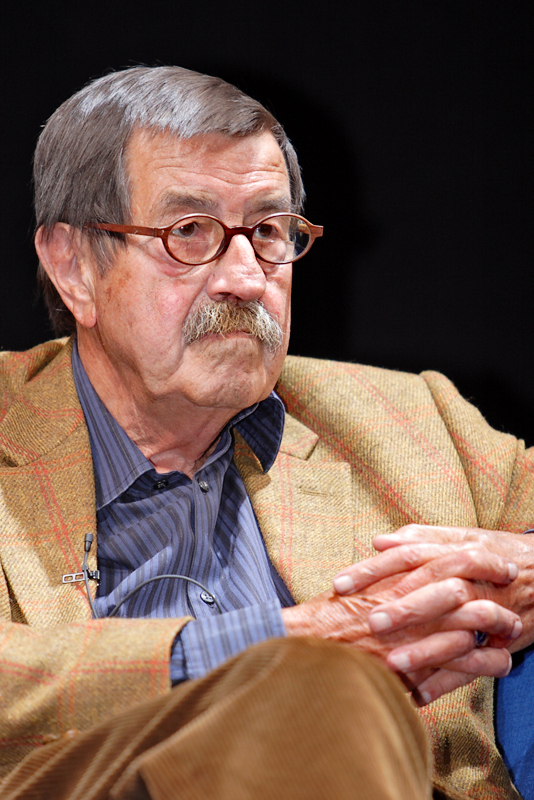
- Johann Gottfried Schadow (just to name a few)

- Their experiences in Italy as well as their examinations of Goethe

The Museum owns a library, which includes also the collection of Richard W. Dorn.
The Casa di Goethe, opened in 1997 and is administrated by the Association of Independent Cultural Institutes (AsKI) and directed by Ursula Bongaerts.

The Keats–Shelley Memorial House is a writer’s house museum in Rome, commemorating the Romantic poets John Keats and Percy Bysshe Shelley.
The museum houses one of the world’s most extensive collections of memorabilia, letters, manuscripts, and paintings relating to Keats and Shelley, as well as Byron, Wordsworth, Robert Browning, Elizabeth Barrett Browning, Oscar Wilde, and others.
It is located on the second floor of the building situated just to the south of the base of the Spanish Steps and east of the Piazza do Spagna.

In November 1820, the English poet John Keats, who was dying of tuberculosis, came to Rome at the urging of friends and doctors who hoped that the warmer climate might improve his health.
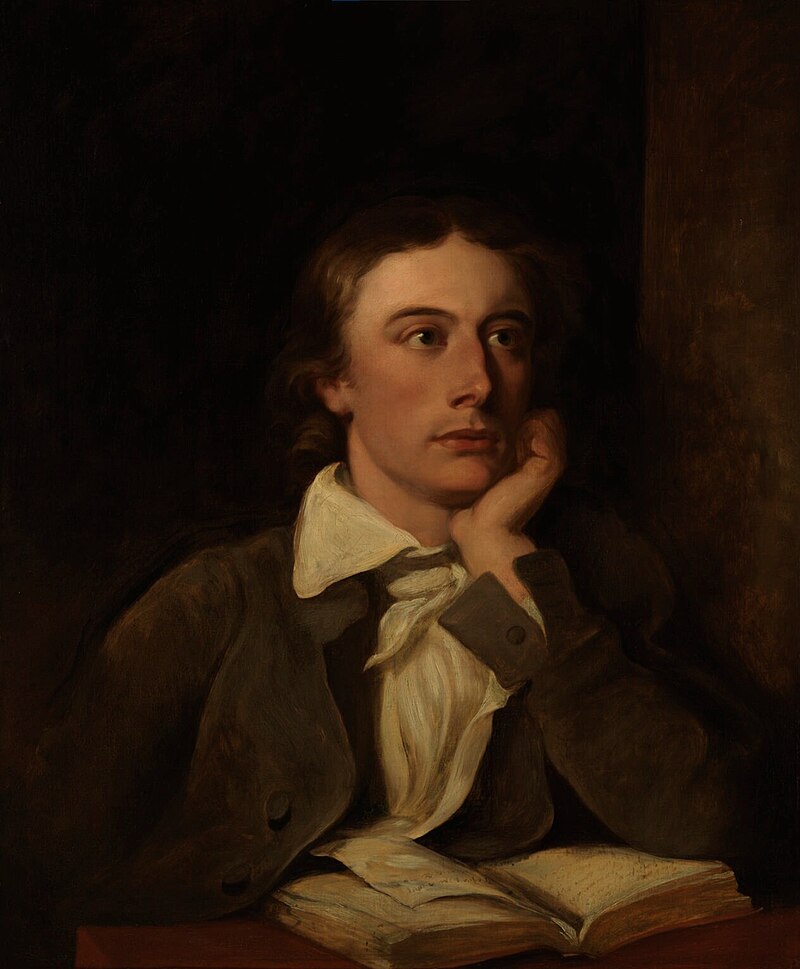
He was accompanied by an acquaintance, the artist Joseph Severn, who nursed and looked after Keats until his death, at age 25, on 23 February 1821, in this house.
Visitors today can enter the second-floor bedroom in which the poet died in terrible agony, his devoted friend Joseph Severn at his side.

Keats is buried in the city’s Non-Catholic Cemetery where his tomb – dedicated simply to a “young English poet” – continues to draw pilgrims almost two centuries after his death.
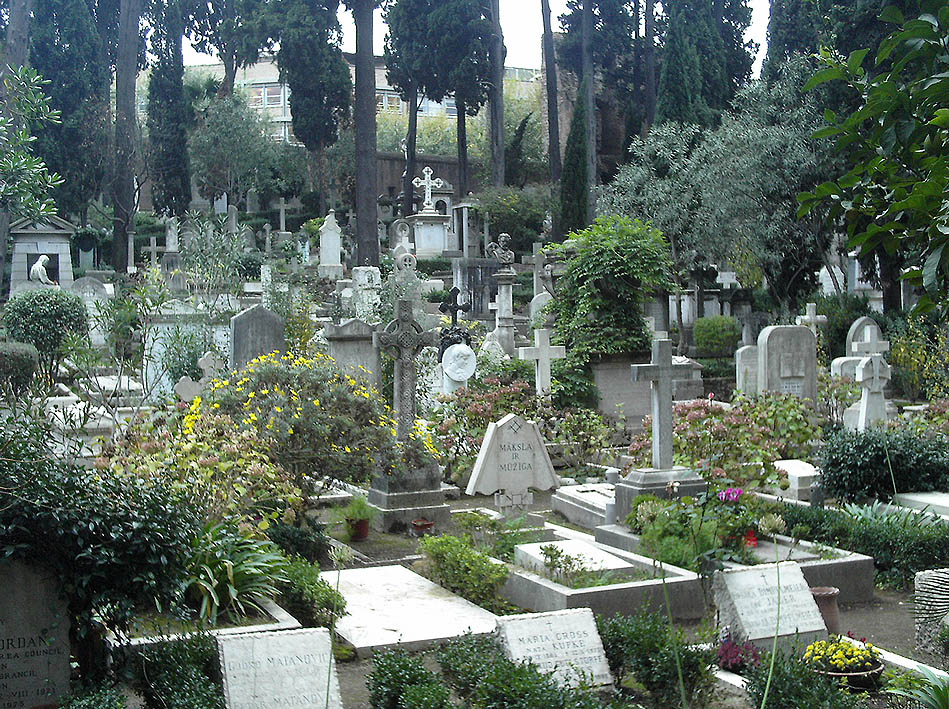
The walls were initially scraped and all things remaining in the room immediately burned (in accordance with the health laws of 19th century Rome) following the poet’s death.
The effort to purchase and restore the two-room apartment in which Keats spent his final days began in 1903 at the instigation of the American poet Robert Underwood Johnson.

Assisted by interested parties representing America, England, and Italy, the house was purchased late in 1906 and dedicated in April 1909 for use by the Keats–Shelley Memorial Association.
The rooms then became known as the Keats–Shelley House.
During World War II, the Keats–Shelley House went “underground“, especially after 1943, in order to preserve its invaluable contents from falling into the hands of, and most likely being deliberately destroyed by, Nazi Germany.
External markings relating to the museum were removed from the building.

Although the library’s 10,000 volumes were not removed, two boxes of artifacts were sent to the Abbey of Monte Cassino in December 1942 for safekeeping.
In October 1943, the Abbey’s archivist placed the two unlabelled boxes of Keats–Shelley memorabilia with his personal possessions so that they could be removed during the Abbey’s evacuation and not fall into German hands.
The items were reclaimed by the museum’s curator and returned to the Keats–Shelley House, where the boxes were reopened in June 1944 upon the arrival of the Allied forces in Rome.
Rome’s Keats-Shelley House hosts a mysterious watercolour map on its steep, narrow stairwell where it is believed to have rested since the museum’s opening in 1909.
Painted by an unknown artist, the map depicts the area surrounding Piazza di Spagna, using blue motifs with calligraphy to indicate where visiting British and American writers and artists stayed during the 19th century.
By this time the network of streets around the Spanish Steps was already known as the “English ghetto” due to its popularity among wealthy British travellers who would conclude their grand tours of Europe in Rome.
The map contains around two dozen names – many of whose paths crossed – with several buildings hosting plaques boasting of their illustrious former residents.
Based on the information recorded in the map, which can also be viewed on the Keats-Shelley House website, it is possible to trace a roughly clockwise trail around the Tridente, a trident-shaped area of the centro storico fanning out from Porta del Popolo, once the main gateway to the city.
The walking tour spans nine decades, from 1817 to 1895, and takes a couple of hours at a leisurely pace.
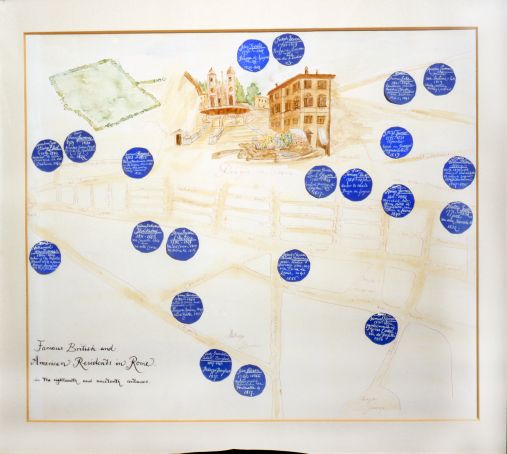
1819 saw the arrival of English Romantic painter J. M. W. Turner (1775 – 1851).
It is not known where he stayed – perhaps at Palazzo Poli near the Trevi Fountain from which his one surviving letter was written.
However we know that on his return trip in August 1828 he took lodgings at Piazza Mignanelli 12, a stone’s throw from what is now the Keats-Shelley House.
Turner’s exhibition in December 1828 at Palazzo Trulli (demolished half a century later to make way for Corso Vittorio Emanuele II) was attended by over a thousand visitors.
However, the works received a predominantly unfavourable response, according to Turner expert David Blayney Brown.
On 3 January 1829 Turner departed Rome for the last time, although the city’s ruins were to feature prominently in his future work.

“Oh, Rome!
My country!
City of the soul!”
The Romantic poet Lord Byron (1788 – 1824) is undoubtedly a most colourful character.
Fleeing debts and a desperate personal situation, Byron left England in 1816, never to return, living mainly in Italy until his death in modern-day Greece aged 36.
Byron befriended the Shelleys at Lake Geneva before travelling to Italy, where he was to spend seven years, predominantly in Venice, Pisa and Ravenna.
According to popular myth, he lodged at Piazza di Spagna 66, opposite the Keats-Shelley House, in 1817.
On his return to Ravenna he wrote the 4th canto of his epic narrative poem Childe Harold’s Pilgrimage, about half of which relates to Rome.

The map features a couple of names who fit into neither painter nor writer category.
One of these figures is James Clark (1788 – 1870), a Scottish doctor who operated a thriving medical practice in Piazza di Spagna from 1819 until 1826, during which time poor Keats was one of his patients.
Despite rising to become physician to Queen Victoria, recent research suggests that Clark misdiagnosed Keats’ illness, compounding the poet’s final months of agony by enforcing starvation and blood lettings.
The doctor’s exact address is unknown but, according to the American author John Evangelist Walsh in his book In Darkling I Listen: The Last Days and Death of John Keats, Clark lived “across the steps” from the Keats – Shelley House.

Ascending the steps to Trinità dei Monti, the map lists the American landscape painter Thomas Cole (1801 – 1848) as living on Via Sistina, without a street number, but with the vital clue that he was based at a studio once used by Claude Lorrain, from 1831 – 1832 and again in 1841.
According to a drawing in the collection of the British Museum, the location of Lorrain’s former studio corresponds to Via Sistina 66, the building wedged between the start of Via Sistina and Via Gregoriana, opposite today’s Hotel Hassler.

Next door at Via Sistina 64 lived the Irish portrait painter Amelia Curran (1775 – 1847), who moved to Rome in or around 1818, eking out a living painting portraits and copying old Masters.
She is best known for her portrait of her friend Percy Bysshe Shelley, quill in hand, which was presumably painted at this address and is now in the National Portrait Gallery in London.

Curran died in 1847, her funeral celebrated at the Franciscan church of St Isidore’s on Via degli Artisti 41.
Here she is commemorated with a memorial featuring palette and brushes, carved by prominent Rome-based Irish sculptor John Hogan (1800 – 1858).

On 7 May 1819, Percy Bysshe Shelley (1792 – 1822) and his wife Mary Shelley (1797 – 1851), fresh from penning her Gothic masterpiece Frankenstein, left their lodgings at Palazzo Verospi on Via del Corso 374 to move next door to Curran on Via Sistina 65, against the wishes of the family doctor, who advised Shelley to escape the city’s “mal’aria”.

Although the elevated Via Sistina had the “best air in Rome” according to Shelley, one month after their move the Shelley’s three-year-old son William “Willmouse” died of a fever, most likely malaria.
The heartbroken couple left Rome for the last time on 10 June 1819, after burying the boy, their third child to die, at the Non-Catholic Cemetery.
Three and a half years later Shelley’s ashes would be interred in the same cemetery after his tragic death, aged 29, during a storm off the Tuscan coast near Lerici.

Veering slightly off-course now, turn left half-way down Via Sistina onto Via di Porta Pinciana.
At the top of the street Palazzo Laranzani, number 37, hosted Nathaniel Hawthorne (1804 – 1864) in 1858.

Hawthorne overcame his initial misgivings of Rome’s “wicked filth” to become enraptured with the city:
His 1858 Gothic romance The Marble Faun was inspired after seeing a woodland scene of mythological sculpture in Villa Borghese.
Hawthorne was affected profoundly by the tragic tale of Roman noblewoman Beatrice Cenci – who also inspired Shelley’s five-act drama The Cenci – and her portrait attributed to Guido Reni, which can be seen today at Palazzo Barberini.

Turning back downhill towards Via Sistina, take the last left onto Via degli Artisti.
From 1821 until 1824, when the street was still called Via di S. Isidoro, it hosted the English painter Joseph Severn (1793-1879) who lived in a large apartment at number 18, today the Hotel degli Artisti.
Severn is linked eternally with Keats with whom he travelled to Rome in 1820 and whom he nursed devotedly in his dying days.
Severn would outlive Keats by almost six decades, becoming an accomplished painter and a highly respected figure among Rome’s English-speaking community.
In 1841 Severn moved back to England.
However, 20 years later he returned to Rome as British Consul, a post he held for 11 years.
When he died, aged 81, there was outrage that his resting place at the Non-Catholic Cemetery was not next to Keats.
Several years later, Severn was reinterred beside his old friend.

At the bottom of Via Sistina, cross over Piazza Barberini and up Via delle Quattro Fontane to Palazzo Barberini, home to Italy’s national gallery of ancient art.
The American neoclassical sculptor and art critic William Wetmore Story (1819 – 1895) lived here with his family from 1856, taking studios on nearby Via di S. Niccolò da Tolentino 4.
For the next four decades his apartment on the palace’s piano nobile was a bustling meeting place for distinguished expatriates, from Robert and Elizabeth Barrett Browning to Henry James.

When his wife Emelyn died in 1894, Story carved the poignant Angel of Grief in the Non-Catholic Cemetery.
The much-replicated memorial was Story’s last major work and became the artist’s resting place a year later on his death, aged 78.

Returning to Piazza Barberini, turn left down Via del Tritone and at Largo del Tritone turn right and then first left onto Via della Mercede.
When the Scottish poet and novelist Sir Walter Scott (1771 – 1832) undertook his Grand Tour of Italy in 1832, he had achieved international acclaim for historical novels including Ivanhoe and Rob Roy and poems such as The Lady of the Lake (some of which inspired well-known Italian operas).
However despite being greeted with much fanfare, Scott was in failing health by the time he reached Rome.
He stayed at Via della Mercede 11 from 16 April until 11 May 1832 in the same palazzo in which Bernini had lived and died two centuries earlier.
The building’s exterior hosts a plaque dedicated to Scott, who died on his return to Scotland several months later.

Continue along Via della Mercede, cross Via del Corso, into Piazza del Parlamento to the rear of today’s chamber of deputies and along Via dei Prefetti to number 17, home to Samuel Morse (1791-1872) from February 1830 to January 1831, as commemorated by a plaque over the door.
This American painter of portraits and historical scenes is best remembered as the inventor of the Morse Code.
An outspoken opponent of “popery”, it is said that while in Rome the staunchly Calvinist Morse caused a stir by refusing to take off his hat in the presence of the pontiff.
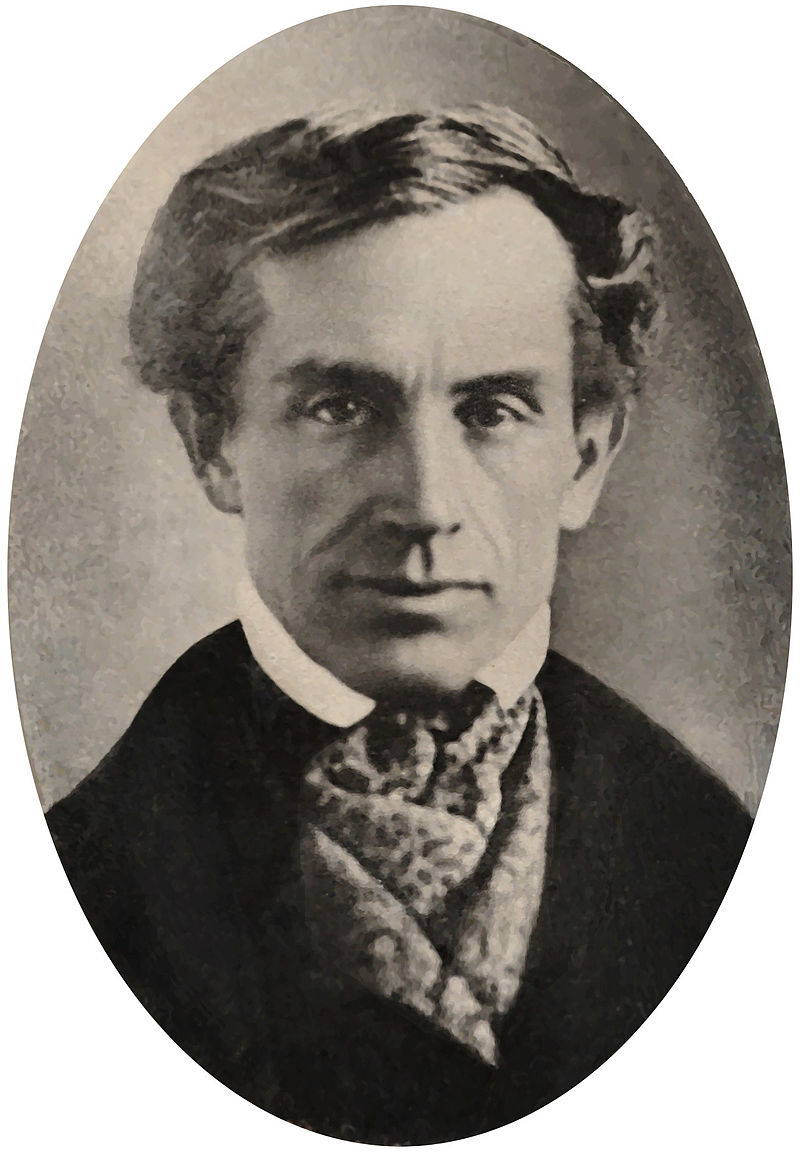
The next side-street to the right, Vicolo del Divino Amore, meanders to Palazzo Borghese where Lady Gwendoline Talbot (1817 – 1840) moved from her Alton Towers family estate in Staffordshire following her 1835 marriage to Prince Marcantonio Borghese.
Described by King William IV as the “greatest beauty in the realm“, Gwendoline was known in Rome for her tireless charity work and ministry to the sick.
Princess Gwendoline came into her own in the aftermath of the cholera epidemic that ravaged the Eternal City in 1837.
That year 9,752 victims were struck by the disease in Rome with 5,479 deaths, in a city with little more that 150,000 inhabitants.
The epidemic lasted from the end of July until 15 October, when crowds flocked to St. Maria Maggiore to celebrate the end of the pestilence.
It was with great reluctance that the princess withdrew with her family to their home in Frascati, Villa Mondragone, during those summer months to avoid the danger of contagion.
On her return, however, she threw herself immediately into relief work among the survivors, her prime concern being the infants orphaned by the plague.
She engaged the well-off families of Rome to help her and visited the homes of the poor and destitute, bringing food, clothes and medicine to the needy.
She had no qualms about washing, cleaning and feeding them, sometimes slipping out of the Palazzo Borghese in disguise to conceal her movements.
This led to some embarrassing moments.
On one occasion she was followed by a member of the papal bodyguard, intrigued by her gracious but mysterious aura.
Though somewhat abashed by his proposals, the princess nonetheless stood her ground and invited the gallant into the humble dwelling she was visiting.
Taken aback at the sight of the haggard mother and children who warmly greeted the princess as their benefactor, the young dandy was shamed into leaving a generous offering for their upkeep before he hastily withdrew.
She died of scarlet fever aged just 22, and her tomb in the Borghese Chapel at the Basilica of St. Maria di Maggiore carries the inscription “madre dei poverelli”.
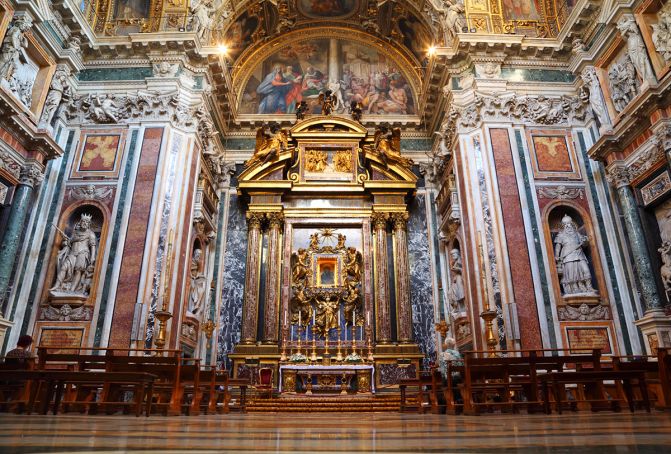
Shortly after her death the couple’s three sons died of measles however their daugher Agnese survived.
Incidentally, three years before her own marriage in Rome, Gwendoline’s elder sister Mary had married Prince Filippo Doria.
The whole city was plunged into grief at the news of Princess Gwendoline’s death.
On the night of 30 October, the funeral cortege left the Borghese Palace and, followed by massive crowds, made its way along the Corso, Piazza Venezia and the Baths of Trajan before turning left up the slopes of the Quirinal Hill.
The procession halted at the Palazzo Quirinale, where Pope Gregory XVI came to his balcony and blessed the remains.
Declaring that her death was a public calamity, he gave orders that the great portal of St. Maria Maggiore be opened, a privilege reserved for the noblest Roman families.

Bearing the inscription: Qui riposano le ceneri della madre dei poverelli, la Principessa Guendolina Borghese, Nata a Londra, dal conte de Shrewsbury, morta a 22 anni, il 27 ottobre 1840, the Princess’s coffin was interred in the family vault below the altar in the Borghese Chapel in St. Maria Maggiore.
The funeral oration at the solemn obsequies for the princess in the church of St. Carlo al Corso was delivered by the Rev. Charles Michael Baggs, rector of the Venerable English College in Rome.
In the course of his discourse he remarked that the curate of the parish of St. Rocco, near the Mausoleum of Augustus, had claimed that the Princess knew his parishioners better than he did himself, and counselled him thus:
“Fear not, lest you should praise her too highly.
Be sure that whatever you may say of her will fall short of her deserts.”
The orator claimed that Gwendoline’s only fault was to have been liberal beyond her ample means and continued as follows:
“Her private fortune was entirely devoted to the poor.
And for their sake she sometimes contracted debts, which were generously paid by the Prince her husband, who admired and encouraged her benevolence.“
When you next enter the Basilica of St. Maria Maggiore take note of the icon above the high altar, the Salus Populi Romani, an image of the Virgin Mary that was carried through the streets of Rome for the first time in over 200 years during the cholera epidemics of 1835 and 1837.

Spare a thought too for the young princess who lies buried in the Borghese crypt below the altar, a lady whose devotion to the survivors of the epidemic was such that she earned the title:
Mother of the poor.
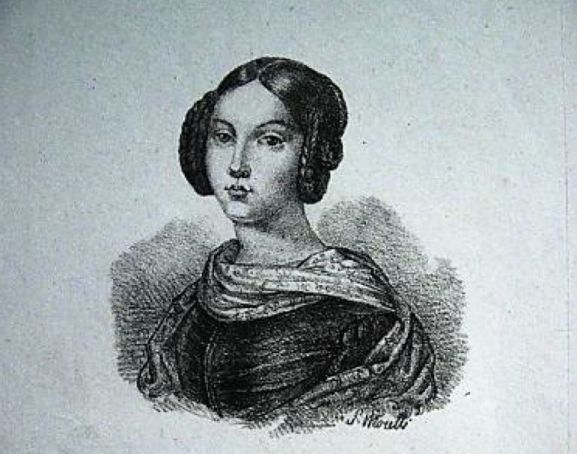
Follow Via Borghese onto Via di Ripetta which the map lists as the 1859 address of Irish-born art historian Anna Brownell Jameson (1794 – 1860).
According to her biography by niece Gerardine Bate, Jameson occupied a “pleasant apartment close by the Tiber façade of the Palazzo Borghese, looking out over the river at the point known as the Porto di Ripetta.”
Jameson also stayed at an unknown address in Piazza di Spagna in 1847, after making part of the journey from Paris to Rome with the Brownings – to undertake research for the best-selling work on which her reputation rests: Sacred and Legendary Art.
Jameson died before finishing the final segment of her celebrated series which was completed by Lady Eastlake, wife of English painter Charles Eastlake, as The History of Our Lord in Art.

Follow Via di Ripetta into Piazza del Popolo, turning right past the twin churches onto Via del Babuino.
The first left is Via della Fontanella, where #4 hosted the studios of Welsh sculptor John Gibson (1790-1866) from 1818 until his death four decades later.
Gibson was originally the star pupil of Venetian master Antonio Canova and later Denmark’s Bertel Thorvaldsen before going on to make his fortune from monumental commissions, mainly from patrons in England.
He is buried in the Non-Catholic Cemetery.

Although not listed on the map it is worth mentioning Gibson’s only protégée Harriet Hosmer (1830-1908), who became the most distinguished female sculptor in America in the 19th century.
Hosmer studied under Gibson from 1853 to 1860, during which time she became good friends with the Brownings and the Storys.
In addition to her artistic prowess and ferocious work ethic, the emancipated Hosmer raised eyebrows by riding her horse alone around the city at all times of night, and even rode from Rome to Florence “for a lark”.

Contuining down Via del Babuino, past All Saints’ Anglican Church, a bastion of British life in Rome since it opened in 1887, the map lists English author George Eliot (1819 – 1880) as residing at Hotel Amerique in 1860.
The hotel no longer exists but the building can be found at Via del Babuino 79.
While touring Italy Eliot conceived the idea for her historical novel Romola as well as gathering background material for her future masterpiece Middlemarch, completed in 1871.
The story’s central characters Dorothea and Casaubon honeymooned at a “boudoir of a handsome apartment in the Via Sistina.”
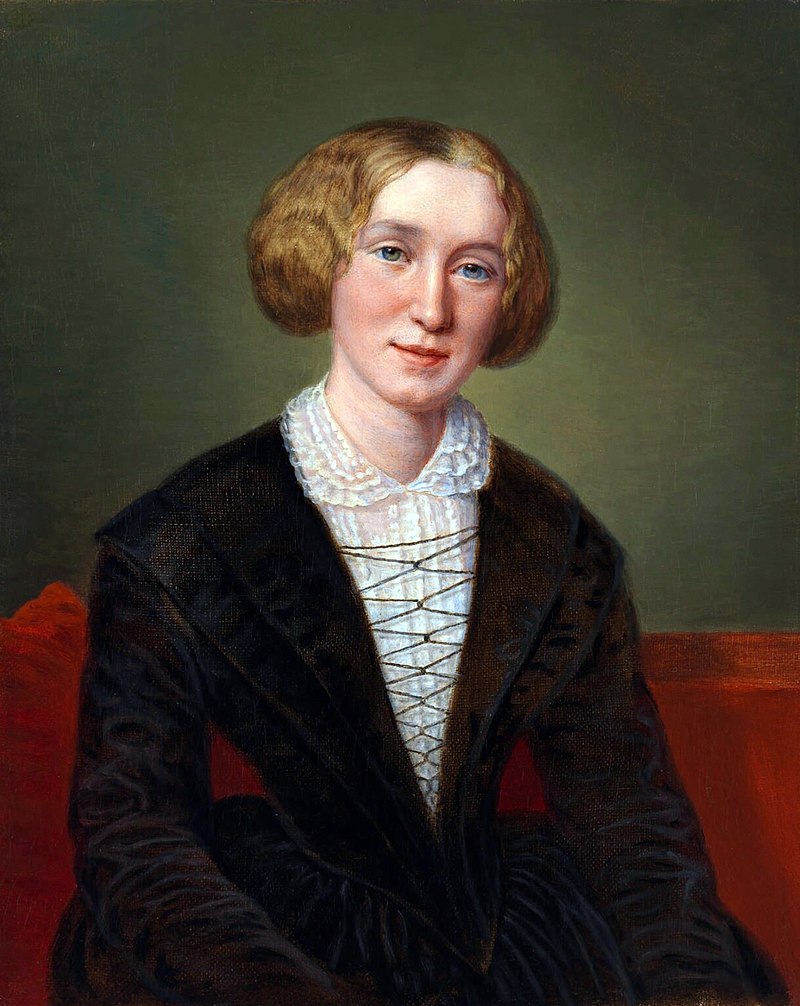
Turn left into Vicolo dell’Orto di Napoli and straight ahead lies Via Margutta, a greenery-draped street long associated with painters and art studios.
According to the map – perhaps incorrectly – Sir Thomas Lawrence (1769 – 1830) stayed at number 53 in 1822.
This leading English portraitist travelled Europe painting foreign sovereigns and diplomats, including Pope Pius VII, and was hosted at the Palazzo del Quirinale from May 1819 until January 1820.
Subsequently, as president of the Royal Academy, Lawrence granted his cautious approval and funding to Rome’s fledgling British Academy of Arts, established in 1821 by a group of artists led by Severn.
This life drawing academy was based initially at Severn’s apartments on Via degli Artisti and then moved to Via Margutta 53b from 1895 until its closure in January 1936.

Back on Via del Babuino continue towards Piazza di Spagna, taking the second right onto Via Vittoria until the street meets Via Mario de’ Fiori.
The map lists this corner building, Palazzo Rondanini, as hosting the Romantic poet and former banker Samuel Rogers (1763-1855) while he put the final touches to Italy, a sumptuous edition of verse tales illustrated with vignettes by Turner, in 1829.
Less known today, Rogers was highly prominent in his time, penning hugely popular poems such as The Pleasures of Memory.
In 1850, on the death of Wordsworth, he declined the offer of Poet Laureate due to his age.
Rogers first visited Rome in 1815 and again in 1822, when he met Byron and Shelley in Pisa.

Take the next left onto Via Bocca di Leone where, at number 43, the poets Robert Browning (1812 – 1889) and Elizabeth Barrett Browning (1806 – 1861) spent two winters, in 1853 and 1858, commemorated by a plaque in their honour.
They returned to Rome for the winter of 1859, staying at Via del Tritone 28, and spent the following winter at Via Sistina 126.
Less than a month after leaving Rome on 1 June 1861 Elizabeth died in Florence in her husband’s arms, “smilingly, happily, and with a face like a girl’s”.
She is buried in the city’s English Cemetery.
Robert died in Venice in 1889 and is buried in Poets’ Corner at Westminster Abbey.
The Brownings are also remembered with a writers’ museum at their former Casa Guidi residence in Florence.

Continuing along Via Bocca di Leone we reach Hotel d’Inghilterra at number 14, where the American novelist Henry James (1843-1916) stayed in 1869, when it was called Hotel d’Angleterre.
From here the author immediately reeled through Rome’s streets “in a fever of enjoyment”.
His arrival coincided with the dying days of papal Rome, an era he was to mourn in subsequent years.
Considered among the greatest novelists in the English language, James was inspired by the social and cultural interplay between Americans, English people and continental Europeans.
His experience of life in Rome is referenced in his novel Portrait of a Lady, whose central character Isabel Archer lived unhappily at the Palazzo Roccanero on an unnamed street off Piazza Farnese.

Turning back a few paces, take the first right onto Via dei Condotti which hosted the former Hotel d’Allemagne, owned by the German family of watercolourist Ettore Roesler Franz, whose romantic paintings of Rome and its surroundings are still popular today.
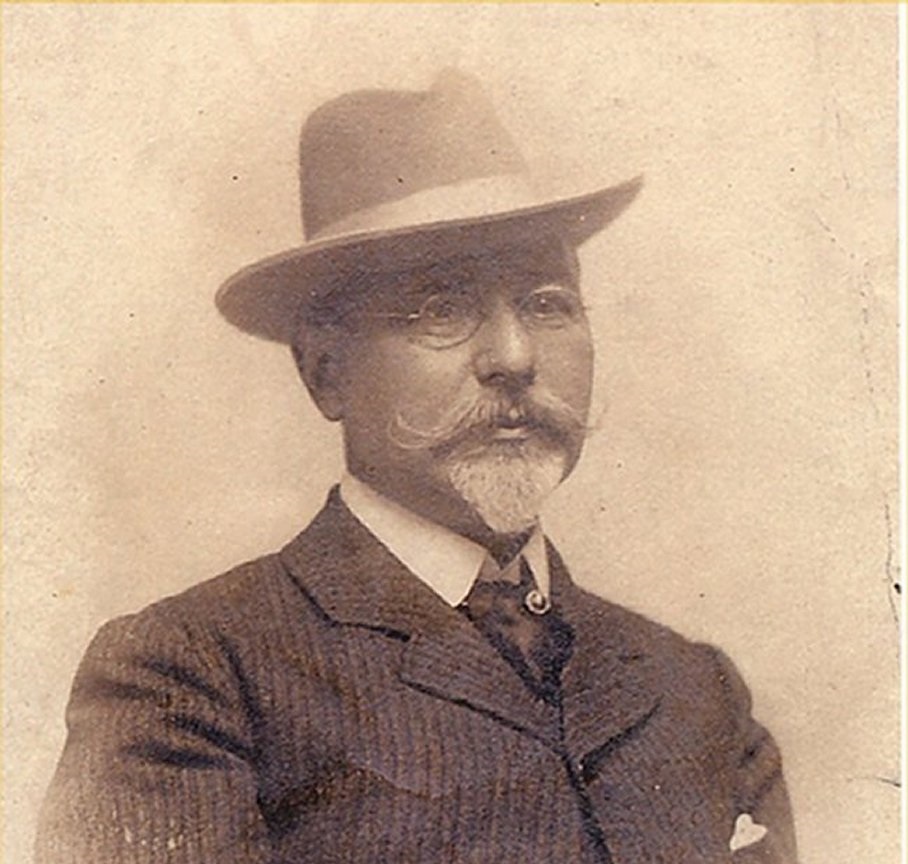
It was here that the English writer William Makepeace Thackeray (1811 – 1863) stayed on his first visit to Rome during 1844 – 1845.
Thackeray returned to the hotel in 1853 with his daughters Anne Isabella and Jane but soon moved to a large apartment at Palazzo Poniatowski, at nearby Via della Croce 81, on the advice of the Brownings.
Anne Isabella wrote of “feasting on cakes and petits fours” from the Spillmann pastry shop below.
During this period Thackeray wrote and produced illustrations of The Rose and the Ring, a story conceived in the Christmas period of 1853 to entertain the daughters and children of friends, including Pen Browning and Edith Story.
Describing a “gay and pleasant English colony in Rome”, Thackeray wrote in his memoir The Newcomes:
“The ancient city of the Cæsars, the august fanes of the popes, with their splendour and ceremony, are all mapped out and arranged for English diversion.”

On returning full-circle to the foot of the Spanish Steps, how better to conclude the map-inspired tour than taking a coffee or aperitif at the Caffè Greco.
Established in 1760, this venerable institution was frequented by most of the people on this list (although Hawthorne was not a fan), their memories enshrined today with portraits and literary memorabilia throughout the bar.
The Antico Caffè Greco, sometimes simply referred to as Caffè Greco) is a historic landmark café which opened on Via dei Condotti.
It is the oldest bar in Rome and the 2nd oldest in Italy, after Caffè Florian in Venice.
The café was named after its Greek (Greco in Italian) owner, who opened it in 1760.

Historic figures who have had coffee there include:
- Stendhal

- Johann Wolfgang von Goethe

- Arthur Schopenhauer

- Bertel Thorvaldsen

- Mariano Fortuny

- Byron

- Georges Bizet

- Hector Berlioz

- Johannes Brahms

- Franz Liszt

- John Keats

- Henrik Ibsen

- Hans Christian Andersen

- Felix Mendelssohn
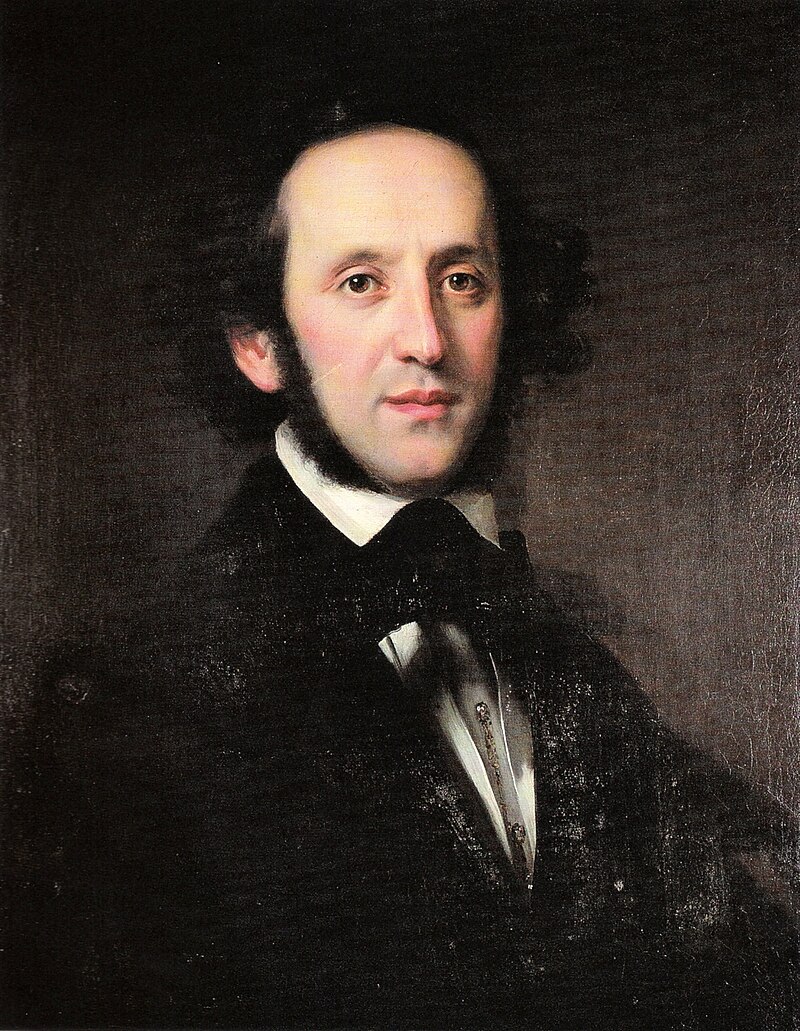
- James Joyce

- Gabriele D’Annunzio
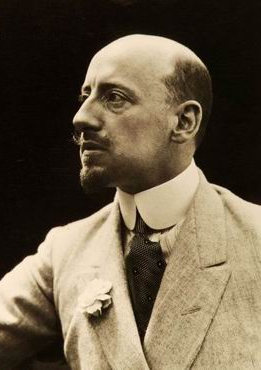
- François-René de Chateaubriand

- Orson Welles

Above: American actor Orson Welles (1915 – 1985) as the octogenarian Captain Shotover, Mercury Theatre production of Heartbreak House, Time, 9 May 1938
- Mark Twain

- Friedrich Nietzsche

- Thomas Mann

- Jean-Auguste-Dominique Ingres

- Nikolai Gogol

- Edvard Grieg
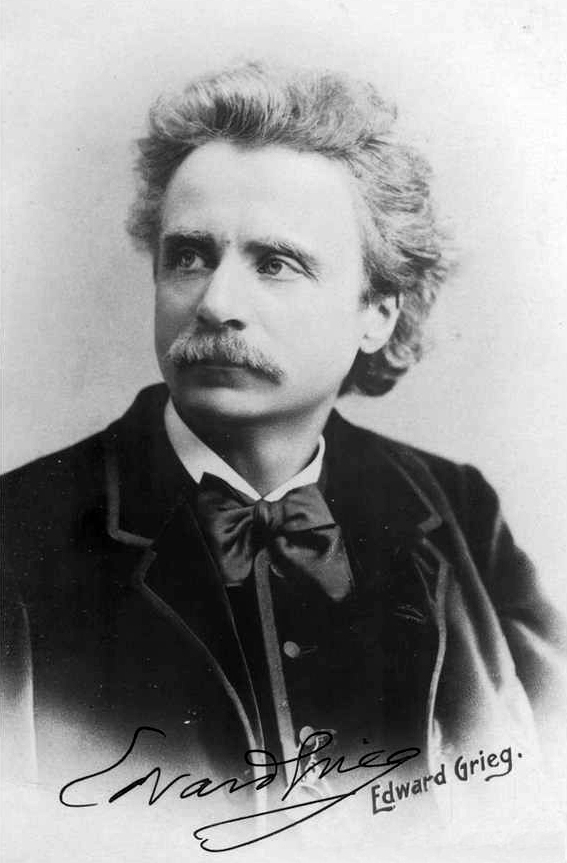
- Antonio Canova
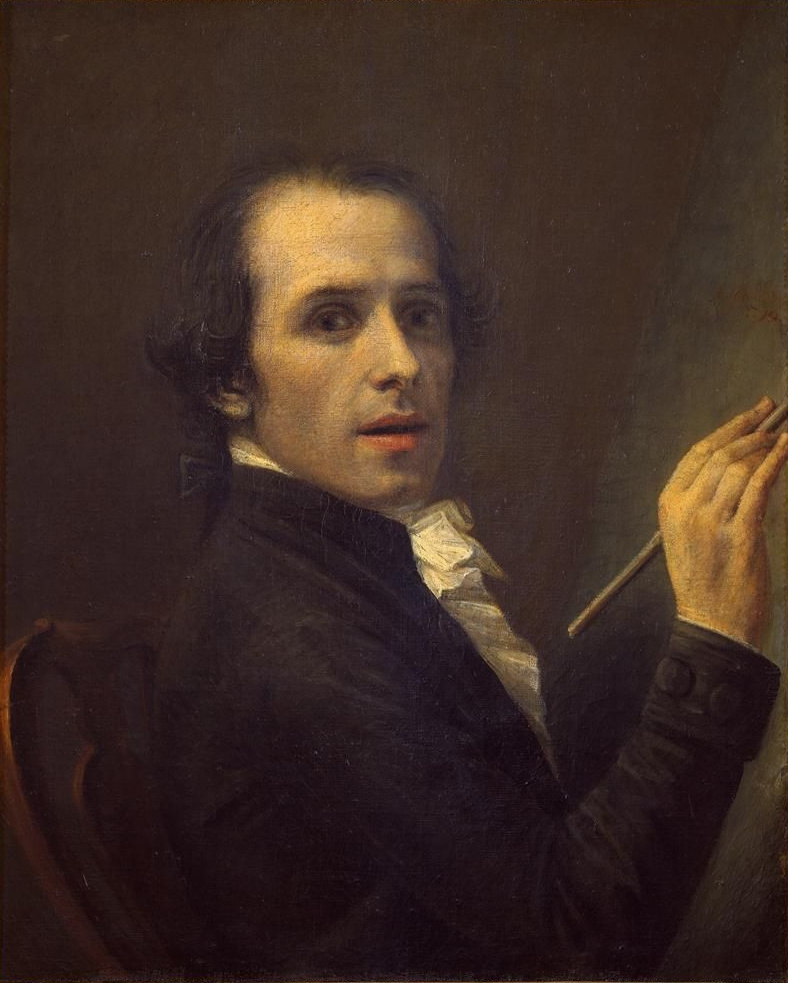
- Giorgio de Chirico
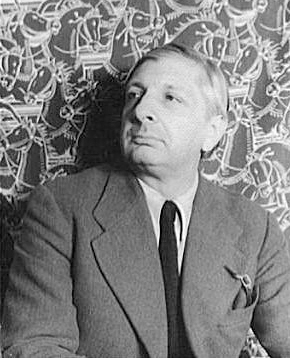
- Guillaume Apollinaire

- Charles Baudelaire

- Richard Wagner

- Carlo Levi

- María Zambrano

- Lawrence Ferlinghetti

- Giacomo Casanova

For more than two centuries and a half, the Caffè Greco has remained a haven for writers, politicians, artists and notable people in Rome.
However, in 2017, the owner of the building asked for a raise of its monthly rent from the current €18,000 to €120,000.
As of 23 October 2019, despite being protected by the Department of Beni Culturali, the café is under the risk of closing due to the expiration of its rental contract.

The map also includes a few rather obscure names at the expense of towering literary figures, such as Charles Dickens (1812 – 1870) who stayed in Rome in early 1845 while gathering material for his book Pictures from Italy, or Thomas Hardy (1840-1928) whose 1887 visit inspired the poem Rome at the Pyramid of Cestius Near the Graves of Shelley and Keats.
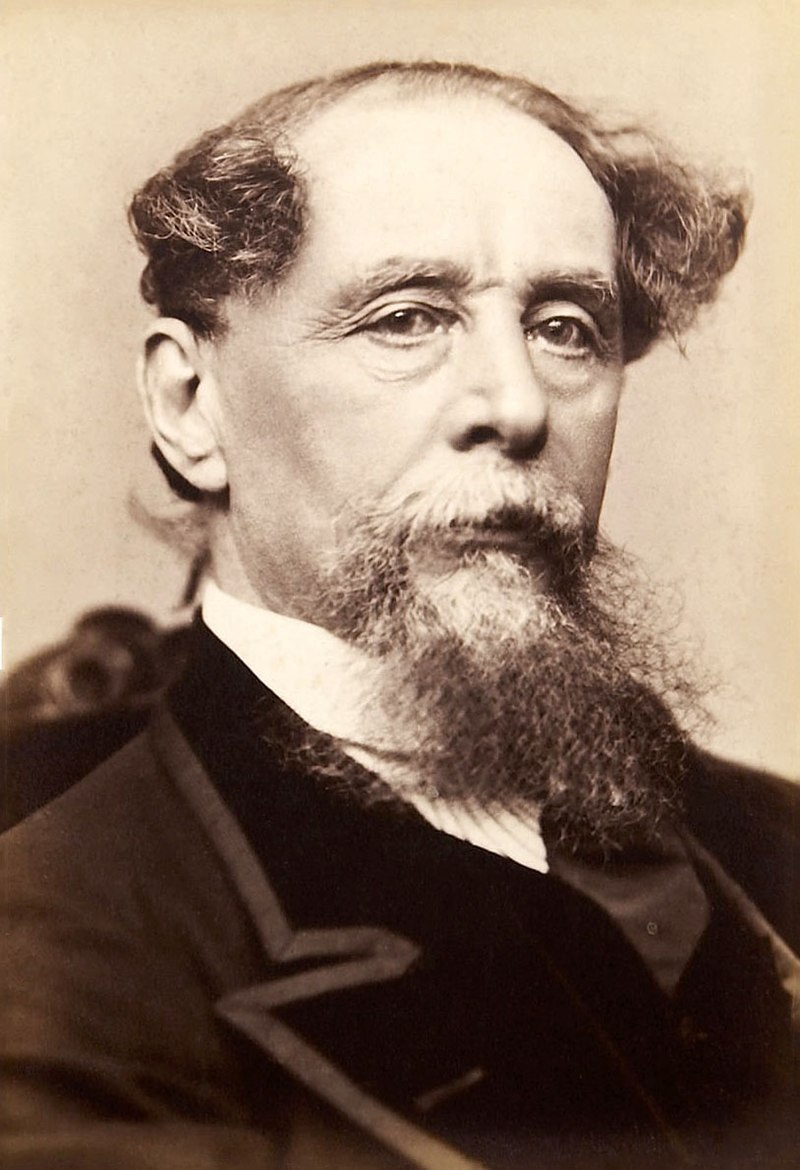
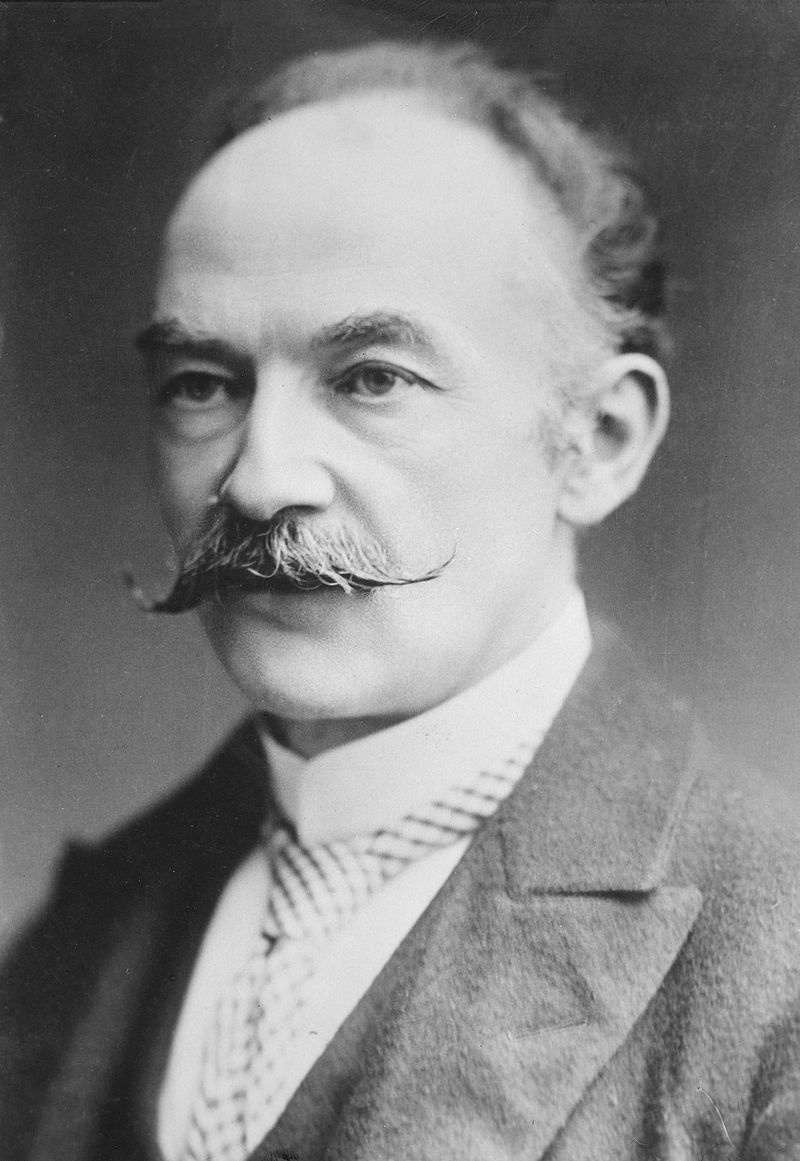
Another glaring omission is Edith Wharton (1862 – 1937), whose regular travels around Italy in the late 19th century resulted in several erudite guides and travel tales, once describing Rome as exciting “a passion of devotion such as no other city can inspire.”
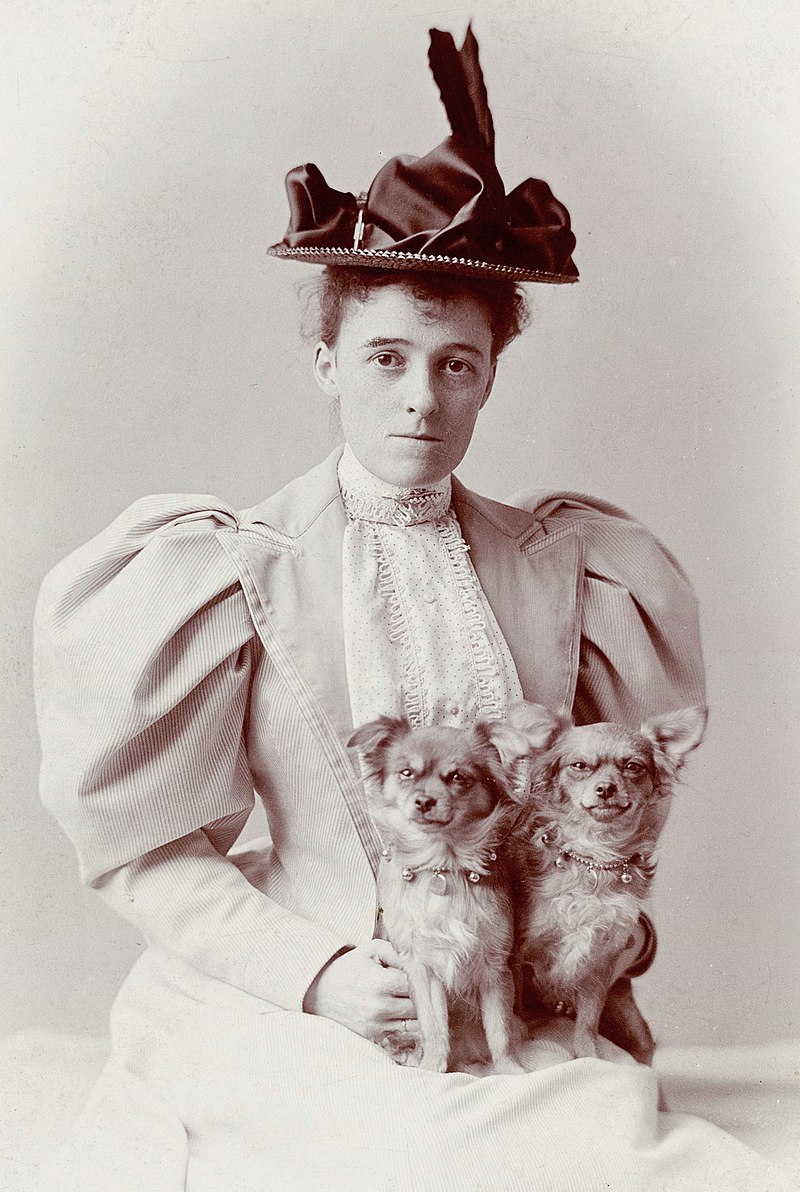
Also omitted is the far less than impressed Mark Twain (1835 – 1910), who in 1867 felt that he had been cheated of discovering anything in Rome as it had all been experienced before.

Finally, perhaps due to its timeline or maybe the attendant scandal, the map fails to record the three-month stay at Hotel d’Inghilterra of Oscar Wilde (1854 – 1900), six months before his death in Paris.

But this is not Keats’ or Severn’s, Turner’s or Clark’s, Byron’s or Shelley’s, Hawthorne’s or Goethe’s, Story’s or Scott’s, Morse’s or Talbot’s, Jameson’s or Gibson’s, Hosmer’s or Eliot’s, Lawrence’s or Rogers’, Thackeray’s or James’, the Brownings’ or Dickens’, Hardy’s or Wharton’s, Wilde’s or Twain’s story.
Nor will we linger in Rome…..
Joyce returned to Trieste in March 1907, but was unable to find full-time work.
He went back to being an English instructor, working part time for Berlitz and giving private lessons.

The author Aron Hector (Ettore) Schmitz, better known by pen name Italo Svevo, was one of his students.
Svevo was a Catholic of Jewish origin who became one of the models for Leopold Bloom.
Joyce learned much of what knew about Judaism from him.
The two become lasting friends and mutual critics.
Svevo supported Joyce’s identity as an author, helping him work through his writer’s block with Portrait of the Artist as a Young Man.

Aron Hector (Ettore) Schmitz (1861 – 1928), better known by the pseudonym Italo Svevo, was an Italian writer, businessman, novelist, playwright and short story writer.
A close friend of Irish novelist and poet James Joyce, Svevo was considered a pioneer of the psychological novel in Italy and is best known for his classic modernist novel Zeno’s Conscience (La coscienza di Zeno) (1923), a work that had a profound effect on the movement.

Born in Trieste as Aron Ettore Schmitz to a Jewish German father and an Italian mother, Svevo was one of seven children and grew up enjoying a passion for literature from a young age, reading Goethe, Schiller, Shakespeare, and the classics of French and Russian literature.
Svevo was a citizen of the Austro-Hungarian Empire until the end of the First World War.
He spoke Italian as a second language (as he usually spoke the Triestine dialect).
Due to his Germanophone ancestry through his father, he and his brothers were sent to a boarding school near Würzburg, Germany, where he learnt fluent German.

After returning to Trieste in 1880, Svevo continued his studies for a further two years at Istituto Revoltella before being forced to take financial responsibility when his father filed for bankruptcy after his once successful glassware business failed.
This 20-year period as a bank clerk at Unionbank of Vienna served as inspiration for his first novel One Life (Una vita) (1892).
During his time at the bank, Svevo contributed to Italian-language socialist publication L’Indipendente, and began writing plays (which he rarely finished) before beginning work on Una vita in 1887.

(The plot of Una vita:
Alfonso Nitti, a shy young intellectual with literary aspirations, leaves his home in the country where his mother lives to go to Trieste – though the city is not named – and work in a white collar job, as a copy clerk in Maller’s bank.
One day, he is invited to the house of his boss and of his daughter Annetta who knows Macario, a young man with whom Alfonso is friends.
Annetta, like Alfonso, is interested in literature, and holds a weekly soiree to which several suitors are invited.
Alfonso joins this, and he and Annetta begin to co-author a novel.
Alfonso accepts this project out of self-interest, having no respect for Annetta‘s literary abilities, but ingratiatingly allows her to control the project so that they can be together in the hope of winning her hand.
He soon convinces himself that he loves her, but realises that at the same time he despises her.
Eventually he seduces Annetta but then, on the verge of marrying her, he flees on the advice of Francesca, her father’s mistress, who warns him that the marriage would be a failure.
She predicts that while he is away Annetta will forget him and marry a rival.
By chance, while he is away, he is delayed by the prolonged illness of his dying mother, and Francesca‘s prediction proves correct.
Meanwhile Annetta has confessed to her father that Alfonso compromised her and, although Alfonso is relieved at not having to keep his promise to Annetta, on his return to the bank he is treated with hostility by his employer.
He decides to live a life of contemplation, away from passions.
But after discovering that Annetta is engaged to his acquaintance Macario, whom he dislikes, he nevertheless feels jealous.
He makes a last-ditch bid to speak to Annetta but is rejected.
He attempts to assuage his conscience by giving a dowry to his landlady’s daughter so that she can marry respectably but, following a demotion at the bank, he accidentally insults Frederico, Annetta’s brother, and is obliged to accept a duel.
Before this can take place, he decides to kill himself, with feelings of calm and relief at ending his maladjusted existence.)

Svevo adhered to a humanistic and democratic socialism which predisposed him to pacifism and to advocate a European economic union after the war.
Following the death of his parents, Svevo married his cousin Livia Veneziani in a civil ceremony in 1896.
Soon after, Livia convinced him to convert to Catholicism and take part in a religious wedding (probably after a troublesome pregnancy).
Personally, however, Svevo was an atheist.
He became a partner in his wealthy father-in-law’s paint business that specialized in manufacturing industrial paint that was used on naval warships.
He became successful in growing the business and after trips to France and Germany, set up a branch of the company in England.
Svevo lived for part of his life in Charlton, southeast London, while working for a family firm.
He documented this period in his letters to his wife which highlighted the cultural differences he encountered in Edwardian England.
His old home at 67 Charlton Church Lane now carries a blue plaque.

In 1923, Italo Svevo published the psychological novel La coscienza di Zeno.
The work, showing the author’s interest in the theories of Sigmund Freud, is written in the form of the memoirs of Zeno Cosini, who writes them at the insistence of his psychoanalyst.

Svevo’s novel received almost no attention from Italian readers and critics at the time.
The work might have disappeared altogether if it were not for the efforts of James Joyce.
Joyce had met Svevo in 1907, when Joyce tutored him in English while working for Berlitz in Trieste.
Joyce read Svevo’s earlier novels Una vita and Senilità.

(The plot of Senilità:
Emilio, a clerk from an insurance company who is a failed writer, lives a modest life in a shared apartment with his sister Amalia, a spinster who has few relationships with the outside world, whose life consists mainly of taking care of her bachelor brother.
At the start of the novel Emilio meets Angiolina, a vulgar, poor but beautiful woman, and falls in love with her, causing him to neglect his sister and his sculptor friend Stefano Balli.
Balli has managed to balance his moderate artistic recognition with his successes with women, unlike Emilio, who is now eager for a brief amorous relationship himself.
Emilio tries to explain to Angiolina that their relationship will be subordinate to his other duties, such as those with his own family.
In short, he wants to keep the relationship unofficial, and for both parties not to be too committed.
Balli, who does not believe in love, tries to convince Emilio to simply have fun with Angiolina, known throughout Trieste as a loose woman.
Emilio ends up, instead, opening his heart to this woman, and falls deep under her spell, despite knowing that she is at heart promiscuous.
He imagines transforming Angiolina through his education.
Balli is interested in Angiolina as his model for a sculpture, but Emilio keeps imagining the two being unfaithful to him.
Balli tries to warn Emilio from being too committed:
Angiolina, he says, is seen consorting with an umbrella maker and is soon harboring amorous interest for Balli himself.
The revelation pains Emilio.
Ironically since, as indicated at the beginning of the novel, their initial agreement was for Emilio and Angiolina to have a non-committed relationship.
He breaks off with Angiolina briefly, but soon finds himself searching her out for another tryst.
Balli, meanwhile, starts to frequent Emilio‘s house with great regularity.
In another ironic twist, Emilio‘s sister Amalia falls for Balli.
His masculine charm thus draws in both female protagonists.
Emilio, jealous of Balli, becomes progressively estranged from his sculptor friend, and Amalia, knowing that her secret love is hopeless, numbs herself with ether.
She ultimately becomes ill with pneumonia.
The illness leads to her death, but not after triggering the grave remorse of her negligent brother.)

Joyce championed Zeno’s Conscience, helping to have it translated into French and then published in Paris, where critics praised it extravagantly.
That led Italian critics to discover it.
Zeno Cosini, the book’s hero and unreliable narrator, mirrored Svevo himself, being a businessman fascinated by Freudian theory.
Svevo was also a model for Leopold Bloom, the protagonist of Joyce’s seminal novel Ulysses.

Zeno’s Conscience never looks outside the narrow confines of Trieste, much like Joyce’s work, which rarely left Dublin in the last years of Ireland’s time as part of the United Kingdom.
Svevo employed often sardonic wit in his observations of Trieste and, in particular, of his hero, an indifferent man who cheats on his wife, lies to his psychoanalyst, and is trying to explain himself to his psychoanalyst by revisiting his memories.
There is a final connection between Svevo and the character Cosini.
Cosini sought psychoanalysis, he said, in order to discover why he was addicted to nicotine.
As he reveals in his memoirs, each time he had given up smoking, with the iron resolve that this would be the “ultima sigaretta!!“, he experienced the exhilarating feeling that he was now beginning life over without the burden of his old habits and mistakes.
That feeling was, however, so strong that he found smoking irresistible, if only so that he could stop smoking again in order to experience that thrill once more.

After being involved in a serious car accident, he was brought into hospital at Motta di Livenza, where his health rapidly failed.
As death approached he asked one of his visitors for a cigarette.
It was refused.
Svevo replied:
“That would have been my last.”
He died that afternoon.

Roberto Prezioso, editor of the Italian newspaper Piccolo della Sera, was another of Joyce’s students.
He helped Joyce financially by commissioning him to write for the newspaper.
Joyce quickly produced three articles aimed toward the Italian irredentists in Trieste.
(Irredentism is a political and popular movement whose members claim – usually on behalf of their nation – and seek to occupy territory which they consider “lost” (or “unredeemed“), based on history or legend.)
He indirectly paralleled their desire for independence from Austria-Hungary with the struggle of the Irish from British rule.
Joyce earned additional money by giving a series of lectures on Ireland and the arts at Trieste’s Università Popolare.

In May, Joyce was struck by an attack of rheumatic fever, which left him incapacitated for weeks.
The illness exacerbated eye problems that plagued him for the rest of his life.
While Joyce was still recovering from the attack, Lucia was born on 26 July 1907.
During his convalescence, he was able to finish “The Dead“, the last story of Dubliners.
Although a heavy drinker, Joyce gave up alcohol for a period in 1908.
He reworked Stephen Hero as the more concise and interior A Portrait of the Artist as a Young Man.
He completed the third chapter by April and translated John Millington Synge’s Riders to the Sea into Italian with the help of Nicolò Vidacovich.
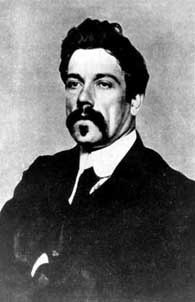
He even took singing lessons.
Joyce had been looking for an English publisher for Dubliners but was unable to find one, so he submitted it to a Dublin publisher, Maunsel and Company, owned by George Roberts.

In July 1909, Joyce received a year’s advance payment from one of his students and returned to Ireland to introduce Georgio to both sides of the family (his own in Dublin and Nora’s in Galway).
He unsuccessfully applied for the position of Chair of Italian at his alma mater, which had become University College Dublin.
He met with Roberts, who seemed positive about publishing Dubliners.

He returned to Trieste in September with his sister Eva, who helped Nora run the home.
Joyce only stayed in Trieste for a month, as he almost immediately came upon the idea of starting a cinema in Dublin, which unlike Trieste had none.
He quickly got the backing of some Triestine business men and returned to Dublin in October, launching Ireland’s first cinema, the Volta Cinematograph.
It was initially well-received, but fell apart after Joyce left.

He returned to Trieste in January 1910 with another sister, Eileen.
From 1910 to 1912, Joyce still lacked a reliable income.
In 1912, Joyce once more lectured at the Università Popolare on various topics in English literature and applied for a teaching diploma in English at the University of Padua.
He performed very well on the qualification tests, but was denied because Italy did not recognise his Irish degree.

In 1912, Joyce and his family returned to Dublin briefly in the summer.
While there, his three year-long struggle with Roberts over the publication of Dubliners came to an end as Roberts refused to publish the book due to concerns of libel.
Roberts had the printed sheets destroyed, though Joyce was able to obtain a copy of the proof sheets.
When Joyce returned to Trieste, he wrote an invective against Roberts, “Gas from a Burner“.
He never went to Dublin again.

Joyce’s fortunes changed for the better 1913 when Richards agreed to publish Dubliners.
It was issued on 15 June 1914, eight and a half years since Joyce had first submitted it to him.
Around the same time, he found an unexpected advocate in Ezra Pound, who was living in London.
On the advice of Yeats, Pound wrote to Joyce asking if he could include a poem from Chamber Music, “I Hear an Army Charging upon the Land” in the journal Des Imagistes.

They struck up a correspondence that lasted until the late 1930s.
Pound became Joyce’s promoter, helping ensure that Joyce’s works were both published and publicized.
After Pound persuaded Dora Marsden to serially publish A Portrait of the Artist as a Young Man in the London literary magazine The Egoist, Joyce’s pace of writing increased.
He completed A Portrait of the Artist as a Young Man by 1914, resumed Exiles, completing it in 1915, started the novelette Giacomo Joyce, which he eventually abandoned, and began drafting Ulysses.
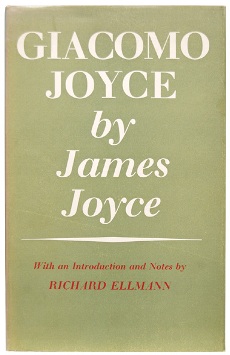
In August 1914, World War I broke out.
Although Joyce was a subject of the United Kingdom, which was now at war with Austria-Hungary, he remained in Trieste.
Even when his brother Stanislaus, who had publicly expressed his sympathy for the Triestine irredentists, was interned at the beginning of January 1915, Joyce chose to stay.
In May 1915, Italy declared war on Austria-Hungary, and less than a month later Joyce took his family to Zürich in neutral Switzerland.

Joyce arrived in Zürich as a double exile:
He was an Irishman with a British passport and a Triestine on parole from Austria-Hungary.
To get to Switzerland, he had to promise the Austro-Hungarian officials that he would not help the Allies during the war, and he and his family had to leave almost all of their possessions in Trieste.
During the war, he was kept under surveillance by both the English and Austro-Hungarian secret service.

The Joyces returned for a nostalgic stay at Gasthaus Hoffnung before settling into Zürich for the duration of the war.
In the interim two children had been born, Joyce had matured as a writer, and the realities of poverty, drink and prostitutes had strained his and Nora’s relationship.

“Love between man and woman is impossible because there must not be sexual intercourse, and friendship between man and woman is impossible because there must be sexual intercourse.”
James Joyce, Dubliners

It had been a scramble to get out of Trieste, then the principal port of the Austro-Hungarian Empire.
Sales of Dubliners (1914) stood at 499 copies.

“I wanted real adventures to happen to myself.
But real adventures, I reflected, do not happen to people who remain at home:
They must be sought abroad.”
James Joyce, Dubliners

The manuscript of “Stephen Hero” tinkered with in 1904, had become A Portrait of the Artist as a Young Man (1916).
Published serially in The Egoist, it was a succèss d’estime.
Five publishers turned it down and seven printers to set up the type.
Joyce had to wait until the last days of 1916 for book publication.
His novel of growing up in Dublin in the last decades of the 19th century sank virtually unnoticed during the First World War.
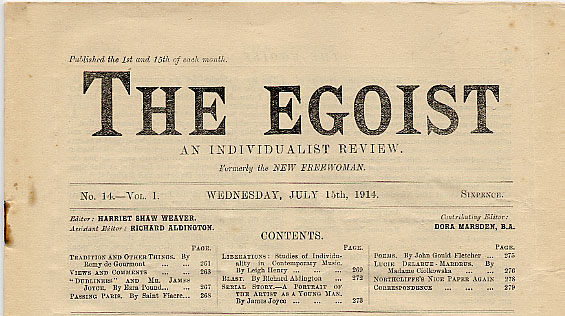
Shortly after arriving in Zürich, Joyce was awarded 75 pounds from the Royal Literary Fund.
He buttoned his lip as regards mountebanks.
He was granted a Civil List fund in 1916 as well as other monies privately donated to an author who was beginning to attract notice.
In 1904, and on this occasion in 1915, he had arrived in Zürich skint.
By the time he left for Paris in 1920, he had moved from poverty into a qualified bourgeoisie, at home with some but not all of the bürgerlich habits of the banking city.
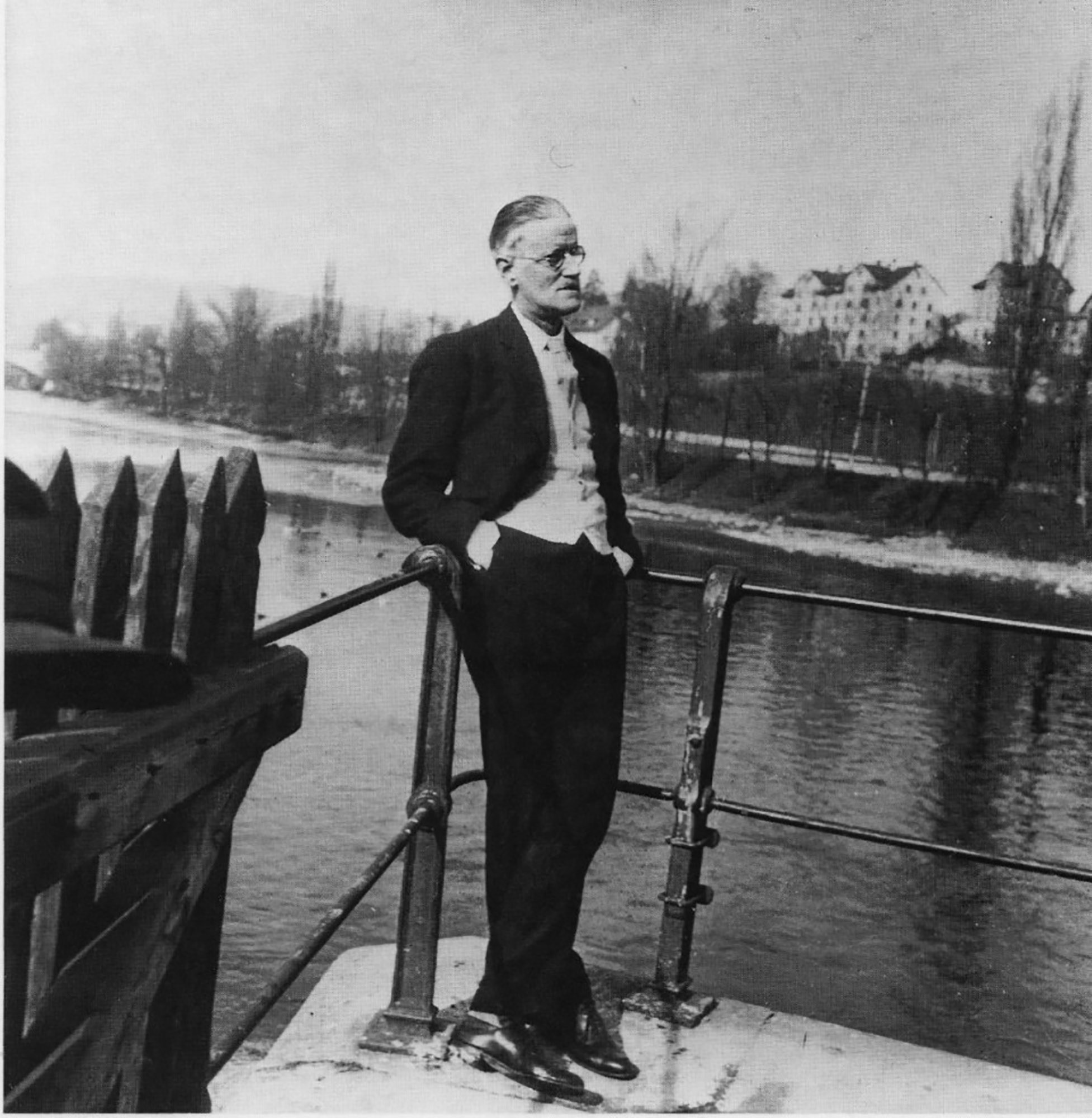
Zürich during the First World War was awash with refugees and war profiteers – a vibrant hodgepodge of pacifists, revolutionaries, anarchists and artists who kept the Swiss police in shoe leather.
Lenin arrived in 1916, taking a room 100 yards away from the Cabaret Voltaire where the Dada movement held noisy court.
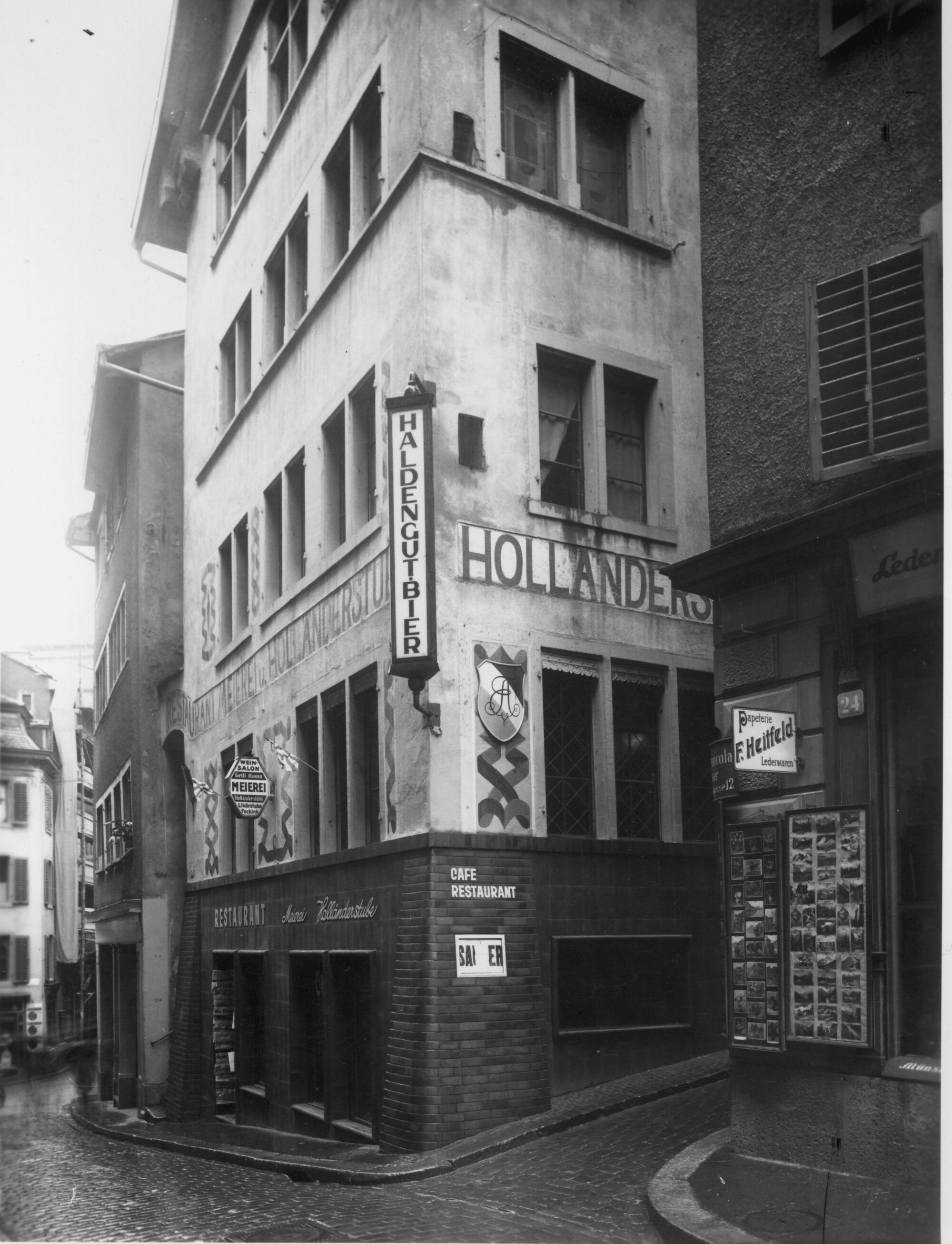
Switzerland had long been a crucible of Russian revolutionary thought, including such firebrands as Alexander Herzen, Mikhail Bakunin, Piotr Kropotkin, Rosa Luxembourg and Lenin.
Many of them were shielded from Siberian exile by Switzerland’s tolerance and judicial system.

Lenin was a habitué of the Café Odéon and most likely rubbed shoulders with Joyce there.

The political revolutionary was more outspoken about his hosts than the Irish writer:
“Switzerland is the most revolutionary country in the world….
There is only one slogan that you should spread quickly in Switzerland and around all other countries:
Armed insurrection!”
No wonder the Swiss were keen to see him safely across the border.
After the abdication of Tsar Nicholas II in 1917, Lenin boarded a sealed train in Zürich that took him across Germany to the Finland Station.
The rest, as they say, is history.

From a provincial town, Zürich had grown to become the centre of European modernism.
Partly this had to do with the influx of German and other refugees – Joyce, Frank Wedekind, Tristan Tzara, Stefan Zweig, and the painters Wassily Kandinsky and Jean Arp.
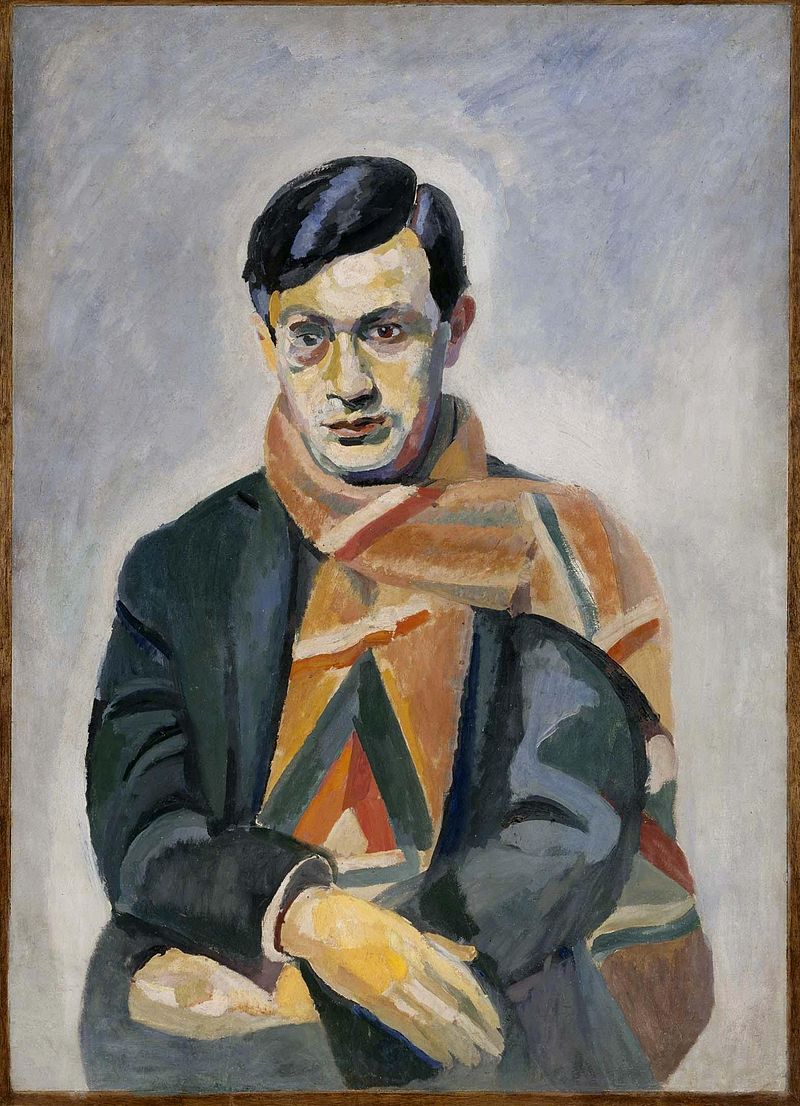



Partly too it was because theatres were closed or restricted elsewhere.
Little of this ferment was homegrown.
Hugo Ball and Emmy Hennings, the wild spirits behind Dada, were German pacifists.


Carl Jung’s theories developed from the theories of Viennese Sigmund Freud.
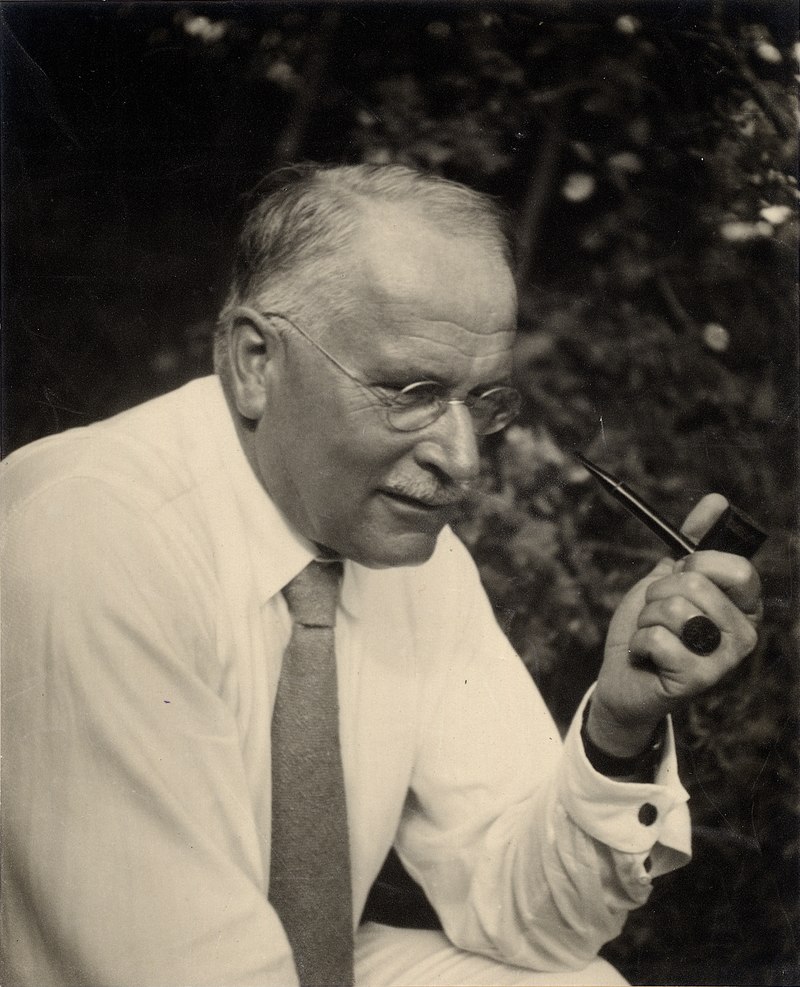
The Swiss themselves were suspicious of the backwash of foreigners and showed scant interest in their avant-garde activities.
Police files during these years followed émigré movements, as they did during the Second World War.

Zürich was where Joyce got down to writing Ulysses.
The germ of the idea had come to him during an aborted stay in Rome – and its last line – “Trieste, Zürich, Paris” – is, as Alain de Botton says, “a symbol of the cosmopolitan spirit behind its composition“.

Leopold Bloom, its urban Jewish protagonist, borrows characteristics from Joyce’s friends and acquaintances in the rump of the Austro-Hungarian Empire.
But Bloom has a bit of Zürich in him too – modernist multi-culti Zürich, the Zürich of the flâneur as well as the banker.
Joyce’s friends in the Swiss city were mostly Jews, Greeks and displaced Austro-Hungarians, as they had benn in Trieste.

“Behind him Zürich, suddenly confronted by this and other manifestations of a revolutionary spirit, sat like some austere grandmother long since inured and indifferent to the babbling of unfamiliar progeny.”

Joyce’s Zürich drinking haunts signal his relative affluence.
Whereas in Trieste he had frequented sailors’s dens in the port, in Zürich a better class of establishment came to the fore, the restaurant Zum Roten Kreuz, the Café Terrasse and the Café Odéon.

In The End of the World News (1982), Anthony Burgess imagines Joyce and Lenin at nearby tables in the Zum Roten Kreuz, both plotting revolutions in two different dimensions.

Together with Joyce’s regular haunt, the Pfauen Café, these locales hosted a medley of polyglot drinking, singing and repartee.

As the Swiss writer Dürrenmatt reminds us, the Hapsburgs originated just outside of town.
Zürich can strike the visitor as the most Western of the Mitteleuropa cities.

Many of Joyce’s hosteleries still flourish a century later.
The Café Odéon reduced to a third its original size, is usually crowded with shoppers and capuccino drinkers – bags and dogs at their feet – rather than the radical loudmouths of the early 20th century.
In the winter there is the smell of wet cashmere.
Gilt mirrors and brassy bar have seen generations come and go through the stained glass doors.

Across the road, the Café Terrasse is also crowded.
The pastries are good, the décor a bit doily.
Gone are the newspapers on batons, that quintessential feature of the central European coffeehouse, but laptops are in evidence.
Oompa music on public squares has been replaced by ringtones at tables.
Joyce’s bars have weathered revolutions and wars and come up in the world in the meantime.
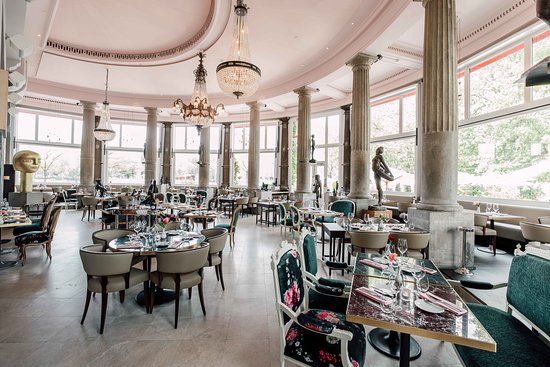
The Joyce family viewed Zürich as an interlude that stretched to four years, intending to return to furniture and pictures in Trieste as soon as the First World War had ended.
But nobody knew when that would be.
They occupied a number of furnished apartments in the course of their stay, the longest at Universitätsstrasse 29.

The language at home was a Triestine dialect of Italian, with Slavic undertones.
Giorgio was turning ten when they arrived in Zürich, and Lucia eight.
They were put back two years in school, as they knew no German.
Joyce himself had quite good German – enough to write lovelorn letters to his fancy women – but for Nora the language was a trial.

Market day in Locarno reminded her of Trieste:
“It was quite lively to hear the men calling out the prices and making as much noise as they could just like in Trieste.“
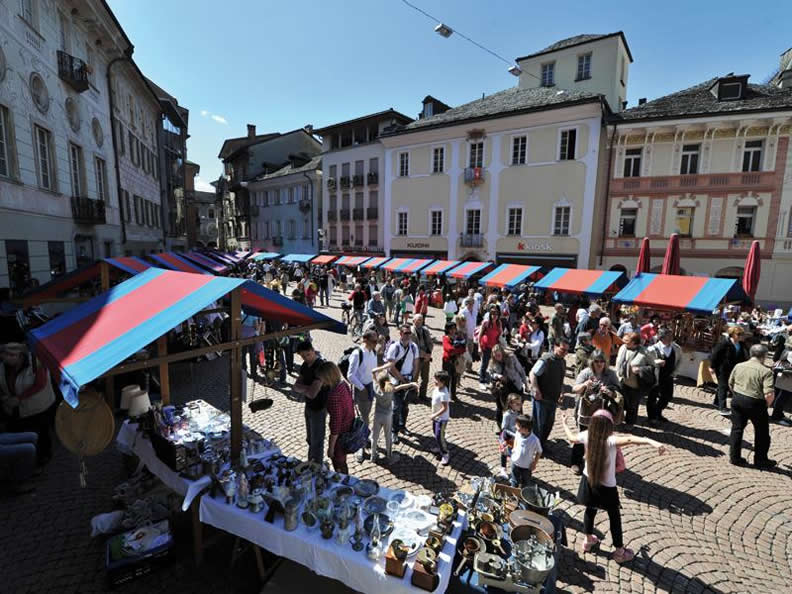
Contact with other languages in the smithy of the Austro-Hungarian Empire made Joyce instantly aware of his own, its registers, dialects, history and slang.
He code shifted from Triestine Italian to Zürich German to Modern Greek.
Ulysses has the cosmopolitan soundscape of the war years, its language a mixing board, its constituent parts broken down, like notes, like an opera.
On any given day in Zürich you never know what languages you might encounter.
Joyce became an auditor of the world’s sounds, at sea in the flotsam of language, adrift from meaning, aware of multiple levels and the interpenetration of words.
A tram bell.

A cry in the street.
The murmur along a bar.
Rutting in the next room.
Vision reduced, his ears took up the slack.

It was in Zürich that Joyce’s eye troubles turned serious.
His glaucoma required an iridectomy, the first of eleven operations over the next fifteen years.
In 1917 he wrote to Pound:
“On Saturday when walking in the street I got suddenly a violent Hexenschuss which incapicated me from moving for about twenty minutes.
I managed to crawl into a tram and get home.
It got better in the evening but the next day I had symptoms of glaucoma again – slightly better today.
Tomorrow morning I am going to the Augenklinik.
This climate is impossible for me so that, operated or not, I want to go away next month.
I am advised to go to Italian Switzerland.”

Neither Joyce nor Nora adapted to Zürich’s muggy climate after balmy seaside Trieste.
In August 1917, Nora and the children went ahead to Locarno while Joyce remained behind.
On Bahnhofstrasse he suffered the episode of glaucoma described to Pound.
The eye clinic operated successfully and Nora returned to comfort her husband.
In the days following, Joyce wrote one of his more touching poems about the loss of youthful vision and vim,
Bahnhofstrasse is named for Zürich’s main thoroughfare, the most expensive shopping street in the world.
He was only 37.

“Ah, star of evil! Star of pain!
Highhearted youth comes not again.
Nor old heart’s wisdom yet to know
The signs that mock me as I go.“

They wintered in Locarno, staying at the Pension Villa Rossa and laster at the Pension Daheim.

The nearby fishing village of Ascona was already an artists’ colony.

But Joyce grew bored in Locarno.
He was a city boy at heart.
Despite snow and an earthquake, he was able to complete there the three opening episodes of Ulysses – the manuscript title page bears the inscription “Pension Daheim, Locarno, Switzerland“.

Nora and the children relaxed into the Italian atmosphere, with its accents of home.
Pizza was on the menu.

Because of his glaucoma Joyce decided to forgo absinthe, his tipple at the time, for Swiss white wines.

He settled on Fendant de Sion, comparing its golden hue to an Archduchess’ piss:
“For now the wine was known as ‘the Archduchess’ and is so celebrated in ‘Finnegan’s Wake‘.”

Glaucoma didn’t prevent his other eye from wandering.
Two women took hold of Joyce’s imagination, apart from Nora, during his stay in Switzerland.
Both made their way into Ulysses, forming the composite figure of Gerty McDowell showing her drawers to an admiring Bloom.

Dr. Gertrude Kaempffer was a 26-year-old recovering from tuberculosis in Orselina above Locarno, where the Madonna del Sasso Basilica commands the valley.

When she rebuffed his initial advances, Joyce conducted an erotic correspondence with her from Zürich, using a poste restante address, as Bloom does in Ulysses.
Joyce revealed to her his first sexual experience when he was 14 while walking with the family nanny through fields on the edge of a wood.
The nanny was taken short and asked him to look the other way.
She went off to pee.
“He heard the sound of liquid splashing on the ground…..
The sound aroused him:
‘I jiggled furiously.‘”

This information proved less stimulating to Dr. Kaempffer than to the author of Ulysses and so their correspondence fizzled out.

The second of Joyce’s dalliances, Marthe Fleischmann, was closer to home.
She lived around the corner from the Joyce flat at 29 Universitätsstrasse, Kitty Corner.
Their windows were in sight of each other and he first spotted her as she was pulling the toilet chain.
Joyce gives to the hero of Finnegans Wake an erotic interest in watching girls pee and the author’s correspondence with his wife Nora confirms this peccadillo.
Marthe was attractive, had notions about herself and walked with a slight limp (as does Gerty in Ulysses).
Joyce cast Marthe as the reincarnation of his youthful muse first spotted on Dublin’s North Strand: girlish, birdlike, ethereal, her skirts hiked up.
He began a correspondence in French with Marthe, deploying his usual Irish blether about Dante, Shakespeare and the Dark Lady of the Sonnets – and, by the way, could we meet?
He shaved two years off his age, continued ogling her through the window and sent her a copy of his wee book of poems, Chamber Music, named in jest for another piddling floozy.

They arranged to meet on his birthday – 2 February, Candlemas Day.
Joyce borrowed his friend Frank Budgen’s flat for the assignation.
Smells and bells, a Hanukkah candelabra (Joyce thought she was of Jewish ancestry), the whole caboodle:
“By nightfall everything was ready.
He had lit the candles both because they were romantic and because he wished to see his visitor in a flattering light.
His Pagan Marthe both yielded and withheld.
He confided to Budgen when they met later on that he had ‘explored the coldest and the hottest parts of a woman’s body’.“

Marthe was already a kept woman.
She liked her airs and graces, and secreted rosewater hankies in her cleavage.
But she wasn’t adverse to Joyce’s dirty talk about undergarments.
Her paramour (‘Vormund‘) was an engineer named Rudolph Hiltpond, himself putting it about a bit with sundry mistresses, who soon got wind of the peeping Paddy next door.
As Joyce expressed it militarily in a letter to Frank Budgen:
“Result, status: Waffenstillstand.” (Armistice)
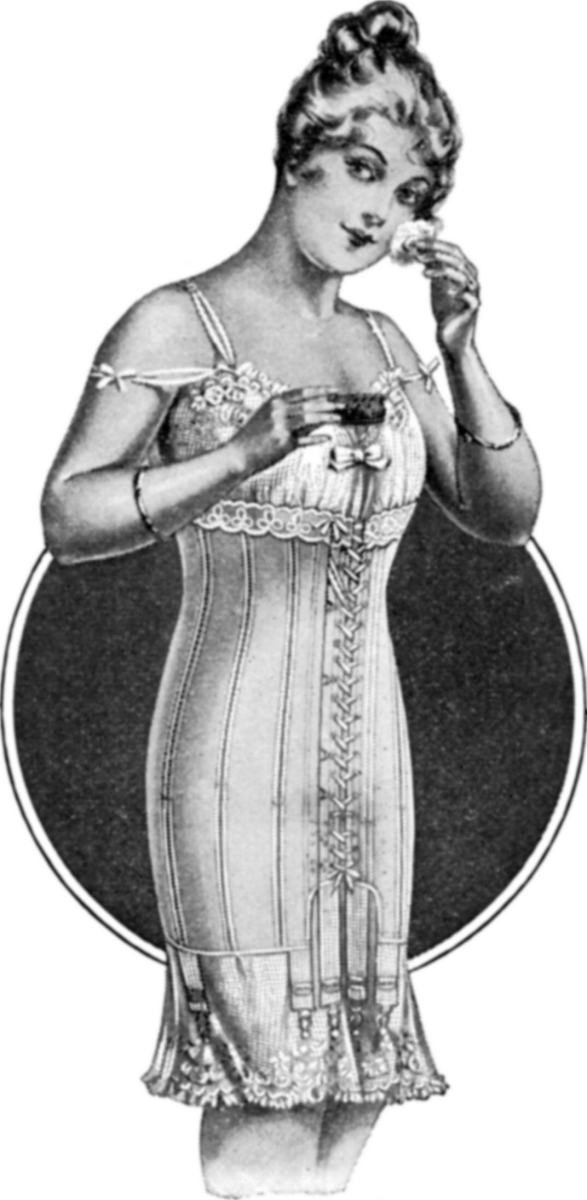
It was with Budgen with whom Joyce made a second trip to Locarno in May 1919.
He was an ex-sailor, a painter and had modelled for the Swiss artist August Suter.
He had an associative, imaginative mind, much like Joyce’s.
The allegorical figure representing Labour, was modelled on Budgen, as was the sailor on a pack of Player’s Navy Cut cigarettes.
Joyce was continuously looking for material to feed his mythopoeic imagination, even manipulating conversations to get it, as August Suter noted:
“He imperceptively brought on conversation that he happened to need for his work.”

On this second visit to Locarno, Joyce and Budgen encountered the Baroness St. Leger, who lived on the tiny Isola di Brissago on Lago Maggiore.
Joyce was working on the Circe episode of Ulysses.
Circe in Homer is a kind of temptress emasculator, with Odysseus as her captive boy-toy and her island as a dolce far niente.
Joyce thought the Baroness might fit the bill:
She had been thrice married.
He dubbed her “the Siren of Lago Maggiore“.

A Siren in winter, perhaps.
The Baroness is one of those fascinating figures on the margins of writers’ lives.
She was born in St. Petersburg in 1856 and was rumoured to be the illegitimate daughter of Tsar Alexander II.

Her birth certificate gives her parents’ names as Nicholas Alexandre and Maryam Meyer.
Antoinetta was pretty and vivacious.

Her piano teacher had been Franz Liszt.
Two husbands quickly palled.
Her third husband was the Anglo-Irish Lord Richard Fleming Saint Leger, from Kingstown (Dun Laoghaire), apparently descended from Richard the Lionheart.
They bought the two Brissago islands for CHF 10,000 and the Baroness proceeded to import thousands of plants and turn the hideaway into a botanical paradise befitting the Mediterranean microclimate.
Her other passion, like Circe‘s, was for young men.
Husband #3 soon abandoned her in 1897.

By the time Joyce pitched up in 1919, she was 63 and as flighty as ever, coming over the water to greet him standing up in her boat.
The poet Rilke, fond of people’s castles as he was, had visited the Baroness the same year, so she had no shortage of scribbling admirers.

She liked to make puppets and had hundreds of them on the island, which may indicate her psychological makeup.

Penniless in 1927, she was forced to sell her islands to the department store magnate Max Emden.
He was German-Jewish and fed up with the retail business.
(He was the founder of the KaDeVe chain, still ringing the tills in Germany.)

On a good day he dressed in a kimono and did his yoga and meditation on the Roman baths he had built on the island.
Curvaceous lovelies kept him company.
There was nude water-skiing and slap and tickle among the guests.
He was a department store Gatsby.
Monte Verità art collector Baron Eduard von der Heydt (more of a toga man) was an occasional poolside visitor.

Emden died in 1940, after fifteen good years in a kimono.
The Baroness outlived him, saw out two world wars as well as the Crimean War and the downfall of the Russian Empire, and died age 92 in 1948 – still penniless, in an old people’s home in Intragna.

Like many Swiss stories, this one has a sting in the tale.
In 2012, the grandson of Max Emden, a Chilean, claimed ownership of Claude Monet’s “Poppy Fields at Vétheuil“, valued at over €20 million.
The Bührle Foundation in Zürich has the famous painting and is clear about the provenance.
Max Enden’s only son fled Switzerland for Chile at the beginning of the war and the painting was apparently sold to finance his excape from the Nazis.
The German government has not ruled in favour of restitution.
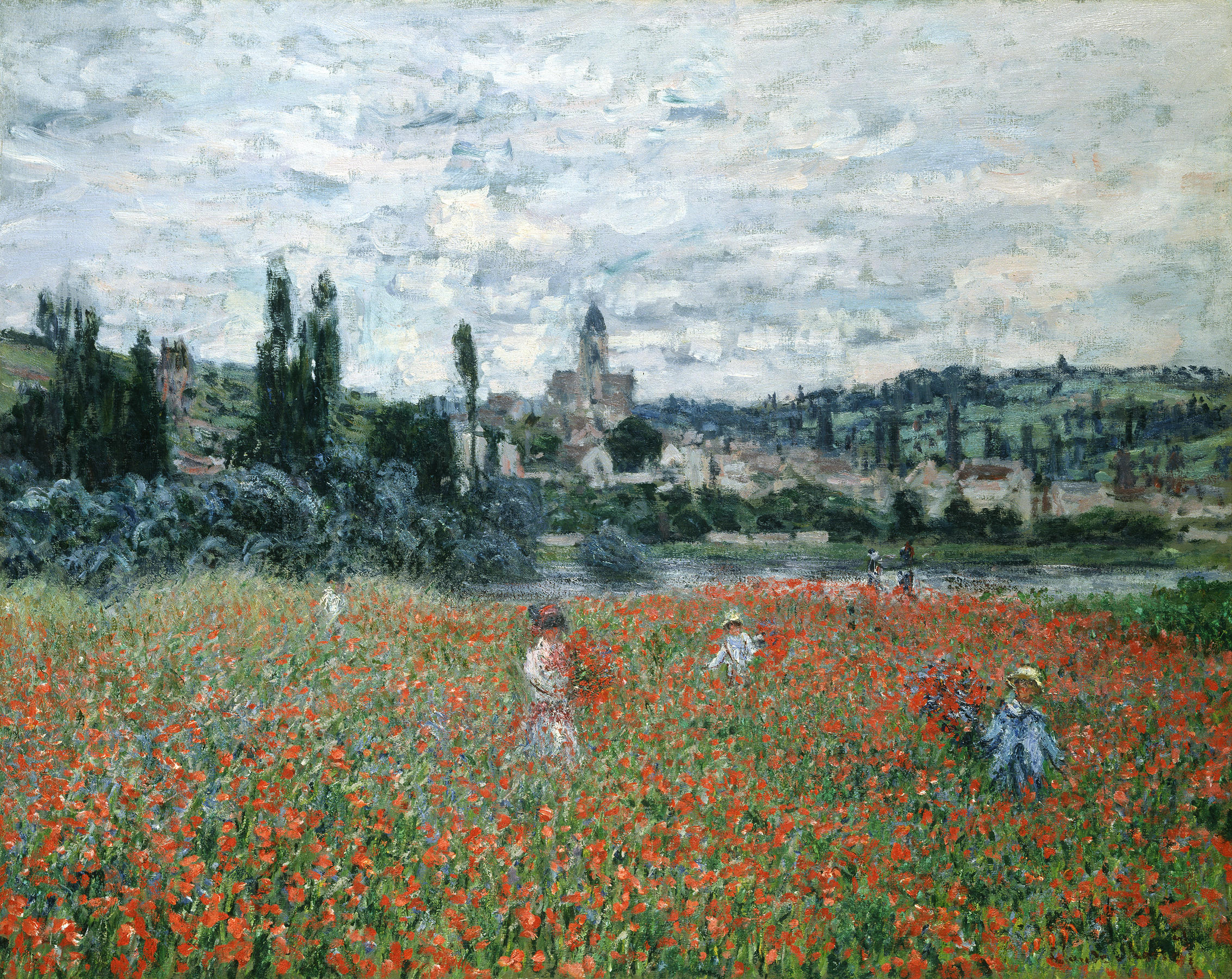
Other details of Joyce’s Swiss stay make their way into Ulysses.
A visit to the Rhine Falls near Schaffhausen found a faint echo in ‘Circe‘.

Joyce co-founded an acting company, the English Players, and became its business manager.
The company was pitched to the British government as a contribution to the war effort, and mainly staged works by Irish playwrights, such as Oscar Wilde, George Bernard Shaw and John Millington Synge.


For Synge’s Riders to the Sea, Nora played a principal role and Joyce sang offstage, which he did again when Robert Browning’s In a Balcony was staged.
He hoped the company would eventually stage his play, Exiles, but his participation in the English Players declined in the wake of the Great Influenza Epidemic of 1918, though the company continued until 1920.

Joyce’s work with the English Players involved him in a lawsuit.
Henry Wilfred Carr (1894 – 1962), a wounded war veteran and British consul, accused Joyce of underpaying him for his role in The Importance of Being Earnest.
Carr sued for compensation.
Joyce countersued for libel.
When the cases were settled in 1919, Joyce won the compensation case but lost the one for libel.
The incident ended up creating acrimony between the British consulate and Joyce for the rest of his time in Zürich.

“Up to rheumy Zürich town came an Irish man one day,
And as the place was rather dull he thought he’d give a play,
So that the German propagandists might be rightly riled,
But the bully British Philistine once more drove Oscar Wilde.”

Fritz Senn, the keeper of the flame at the James Joyce Foundation in Zürich, has uncovered numerous references to his city in Ulysses and Finnegans Wake.
Zürich served as a refuge from the war and provided Joyce with an atmosphere, an urban vibe and a cacophony of friends who fuelled his masterpiece.

When the Joyce family returned to Trieste in 1919, it was not for long.
It had become a backwater.
By 1919, Joyce was in financial straits again.
Zürich had become expensive to live in after the war.
Furthermore, he was becoming isolated as the city’s emigres returned home.
In October 1919, Joyce’s family moved back to Trieste, but it had changed.
The Austro-Hungarian empire had ceased to exist.
Trieste was now an Italian city in post-war recovery.
Eight months after his return, Joyce went to Sirmione, Italy, to meet Pound, who made arrangements for him to move to Paris.

Joyce and his family packed their belongings and headed for Paris in June 1920.
Paris was the happening place and Zürich had whetted Joyce’s appetite for it.

Joyce was almost blind in the last months of 1940.
He and his family were on the run from yet another war.
The Swiss Federal Aliens’ Police rejected Joyce’s initial application for visas on the supposition that he and his family were Jews.
The Swiss writer Jacques Mercanton put the authorities right on this point.
Joyce himself privately declared that he “was not a Jew from Judea but an Aryan from Erin“.
The mayor of Zürich, the rector of its university, the Swiss Society of Authors, and other notables vouched for him.

(Up in the University Library, Joyce researched Ulysses.)

Cantonal authorities wanted a guarantee of CHF 50,000, later reduced to CHF 20,000.
The Joyce family eventually succeeded in getting entry permits.
In December 1940 they came into Switzerland by way of Geneva, where Stephen Joyce, the writer’s eight-year-old grandson, had his bicycle impounded at the border because of inability to pay import duties.

They spent the night of 14 December 1940 at the Richemonde Hotel, before moving on to Lausanne.

Seán Lester, acting general secretary of the League of Nations and a Belfast man, had tea with the Joyce family on the Sunday afternoon, in the marble and ormolu salon of their hotel:


“The famous Joyce is tall, slight, in the fifties, blue eyes and a good thatch of hair.
No one would hesitate in looking at him to recognize his nationality and accent as Dublin as when he left it over thirty years ago.

His eyesight is very bad and he told me it had been some years ago by the famous Vogt of Zürich, who had also operated on de Valera (President of Ireland and statesman).

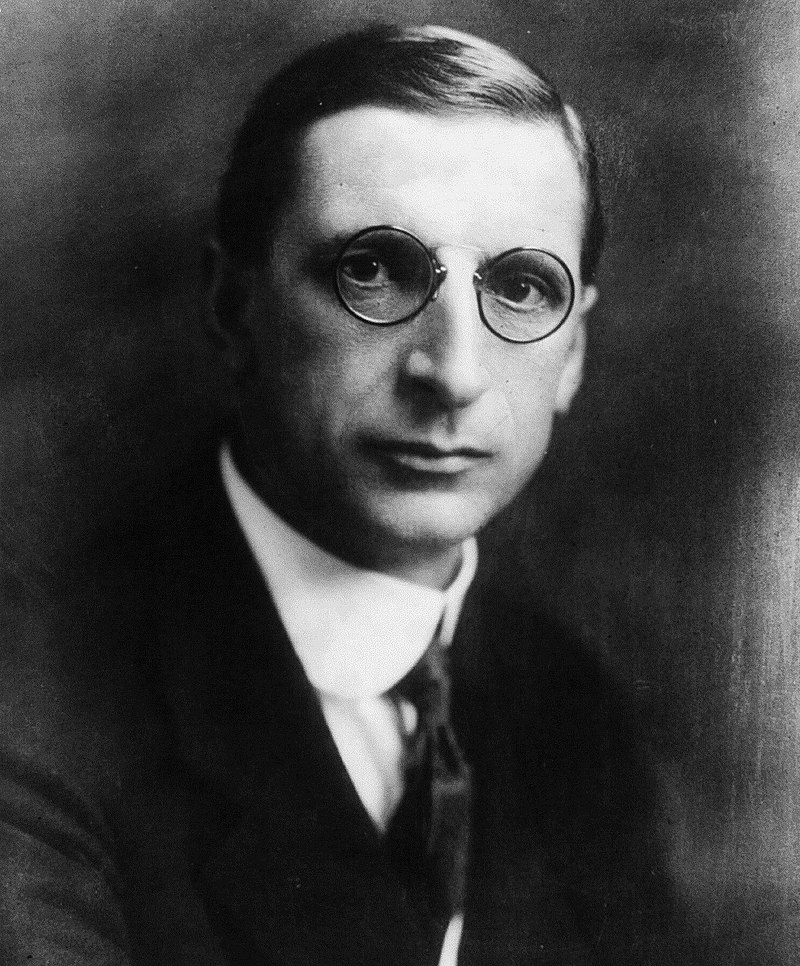
His son, seemingly in his late twenties, came in first.
A fine, well-built fellow, with a peculiar hybrid accent in English.
He told me he is a singer and has sung in Paris and New York.“

The Richemonde sits one block back from the more illustrious Hotel Beau Rivage on Geneva’s lakeshore.
The Beau Rivage is where royalty stayed, where Empress Sisi of Austria-Hungary died from a madman’s stiletto, where Somerset Maugham and other international spies kept their ears open.


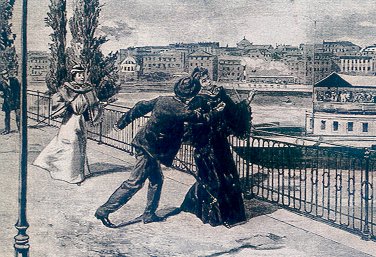

The Richemonde is equally glitzy:
Charlie Chaplin, Sophia Loren and Michael Jackson found rooms with a view there.
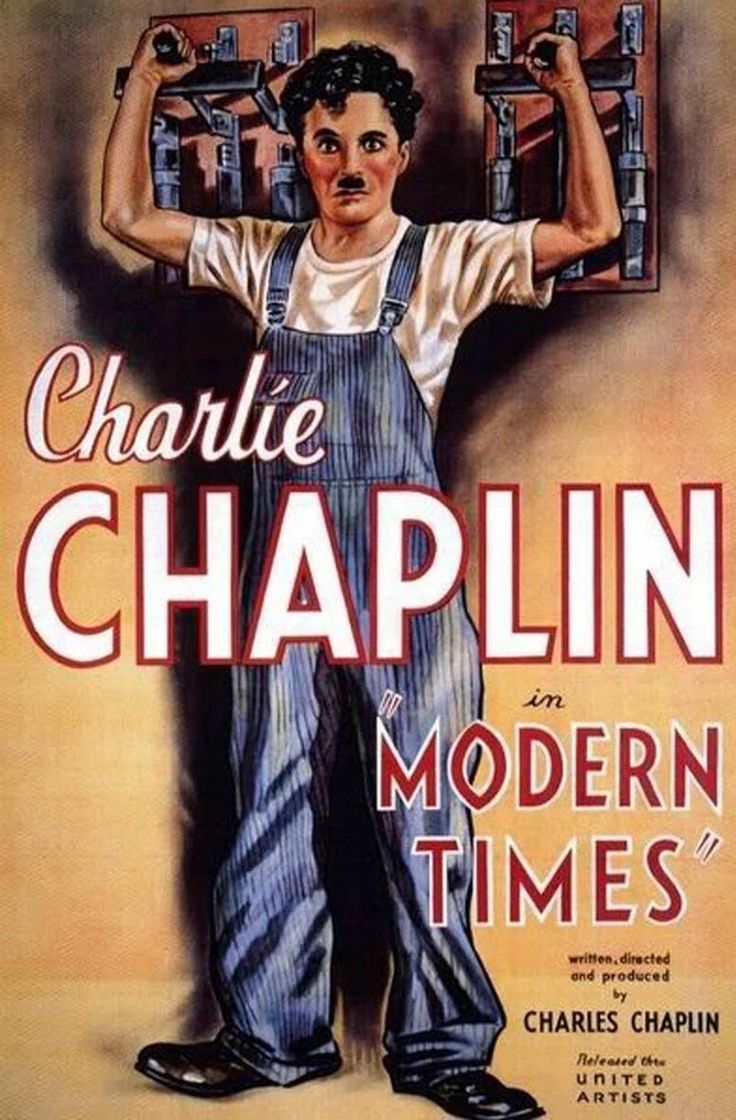


It is a historic corner overlooking Brunswick Monument – a history not lost on James Joyce.

As a boy he had lived on Dublin’s North Richmond Street.

Great Brunswick Street was where he sang in the Antient Concert Rooms at the beginning of the century.

The Joyce family might have felt that they were once again at history’s mercy.

Finnegans Wake (1939), 17 years in the writing, had received a puzzled reception the previous year.
Needing two magnifying glasses to read and write, Joyce was addicted to Radio Éireann.
Since 1920, he, Nora and their two children had been living in Paris, where the writer had achieved fame and squandered some fortune.
Now Paris was occupied and they were on the move once more.
In the late 1930s, Joyce became increasingly concerned about the rise of fascism and antisemitism.
As early as 1938, Joyce was involved in helping a number Jews escape Nazi persecution.
After the defeat of France in World War II, Joyce and his family fled from Nazi occupation, returning to Zürich a final time.

“They were going to settle in Zürich, where they had some good friends.
I said I thought it was an unusual place for him to choose and asked, ‘What about Suisse Romande?’.
His wife then intervened and said that Zürich had always been associated with certain crises in their lives.
They had rushed from Austria at the beginning of the last war and had lived in Zürich very comfortably.
They had spent their honeymoon there.
It was there that Joyce’s eyesight had been saved and now they were going back in another crisis.
They liked the solid virtues of the people.“

It was these solid Swiss virtues that supported them as the world turned once more to war.
When they returned to Zürich in December 1940, it musr have seemed like déjà vu.
Not more bloody Swiss German, Nora must have thought – it was her 4th language.
Friends met them at the Hauptbahnhof.

Staying at the Hotel Pension Delphin on Muhlebachstrasse, Joyce wrote to the Mayor of Zürich to thank him:
“The connection between me and your hospitable city extends over a period of nearly forty years and in these painful times I feel honoured that I should owe my presence here in large part to the personal guaranty of Zürich’s first citizen.“

The Joyce family celebrated Christmas with friends.
He walked out in the snow in the afternoons with his grandson Stephen, to the confluence of the Sihl and Limmat Rivers, where today the spot has an inscription from Finnegans Wake:
“Yssel that the Limmat?” and “legging a jig or so on the Sihl“.
At the Kronenhalle, Joyce ate his last dinner.
The bistro has priceless art on the walls and has been feeding artists from Joyce to Picasso to Dürrenmatt and Frisch for over a century.

On 11 January 1941, Joyce underwent surgery in Zürich for a perforated duodenal ulcer.
He fell into a coma the following day.
He awoke at 2 am on 13 January 1941, and asked a nurse to call his wife and son.
They were en route when he died 15 minutes later, less than a month before his 59th birthday.
His body was buried in the Fluntern Cemetery in Zürich.
Swiss tenor Max Meili sang “Addio terra, addio cielo” from Monteverdi’s L’Orfeo at the burial service.

Joyce had been a subject of the United Kingdom all his life and only the British consul attended the funeral.
Although two senior Irish diplomats were in Switzerland at the time, neither attended Joyce’s funeral.
When Joseph Walshe, secretary at the Department of External Affairs in Dublin, was informed of Joyce’s death by Frank Cremins, chargé d’affaires at Bern, Walshe responded:
“Please wire details of Joyce’s death.
If possible find out did he die a Catholic?
Express sympathy with Mrs Joyce and explain inability to attend funeral.”

Above: Joseph Walshe (1886 – 1956)
Buried originally in an ordinary grave, Joyce was moved in 1966 to a more prominent “honour grave“, with a seated portrait statue by American artist Milton Hebald nearby.
Nora, whom he had married in 1931, survived him by 10 years.
She is buried by his side, as is their son Giorgio, who died in 1976.

After Joyce’s death, the Irish government declined Nora’s request to permit the repatriation of Joyce’s remains, despite being persistently lobbied by the American diplomat John J. Slocum.
In October 2019, a motion was put to Dublin City Council to plan and budget for the costs of the exhumations and reburials of Joyce and his family somewhere in Dublin, subject to his family’s wishes.

The proposal immediately became controversial, with the Irish Times commenting:
“It is hard not to suspect that there is a calculating, even mercantile, aspect to contemporary Ireland’s relationship to its great writers, whom we are often more keen to ‘celebrate’, and if possible monetise, than read.”

The Pfauen has shut, but the Schauspielhaus right next door, where Brecht’s Mother Courage got its premiere, is still packing them in.
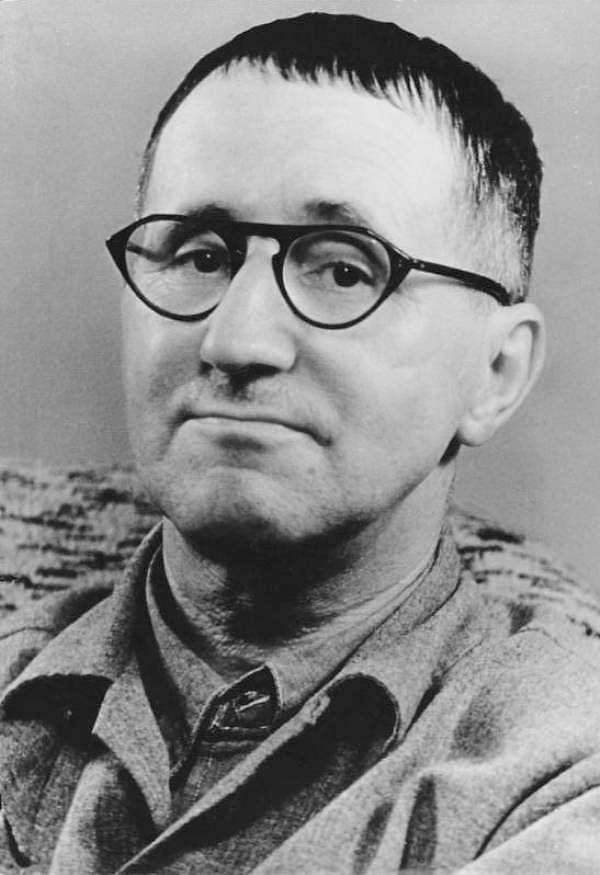
One of Joyce’s old apartments is gone, bulldozed by the developers.
Under the Uraniabrücke, gaze up at Frank Budgen, Joyce’s model friend, in the stony buff.
Imagine having to go past yourself like that every day.

Together with Thomas Mann and Vladimir Nabokov, Joyce is one of the 20th century’s literary greats.
All three were marked by history.
As Joyce fled Vichy France for Zürich, Nabokov boarded the boat for America and Mann took refuge in California.
They all eventually found peace and quiet to write in Switzerland, sometimes engaging but more often disengaging from the conflicts that surrounded them.
Nabokov’s final resting place is at Clarens above Lac Léman (Lake Geneva).

Mann is buried at Kilchberg across the Lake (Zürichsee) from Joyce, who died on 13 January 1941, age 59.

The great modernist is buried next to Nora in Zürich’s Flauntern Cemetery, within a lion’s roar of the Zoo.

“He watched the scene and thought of life; and (as always happened when he thought of life) he became sad.
A gentle melancholy took possession of him.
He felt how useless it was to struggle against fortune, this being the burden of wisdom which the ages had bequeathed him.”
James Joyce, Dubliners

I have often told my wife – and anyone who has cared to listen – that I was willing to live in Switzerland, but that, given a choice, I would not choose to die in Switzerland.
Joyce chose Zürich as his final choice of exile.
Though I resided in Landschlacht, I “lived” in St. Gallen, for it was in the latter where most of the work I did and most of the friends I had were.

On Wednesday, I will visit St. Gallen again.
There are tales to be told.
Some of them may sting…..

(To be continued…..)
Sources: Wikipedia / Wikivoyage / Google / Personal journals / “Heavy snowfall in Turkey forces Istanbul Airport to close“, Al Jazeera, 24 January 2022 / Sheryl Crow, “The Book” / James Joyce: Chamber Music/Dubliners/Exiles/Portrait of the Artist as a Young Man / Paul Kirby, “Is Russia preparing to invade Ukraine?“, BBC News, 26 January 2022 / Stephen Leacock, Sunshine Sketches of a Little Town / Mícheál MacCraith, “Princess Gwendoline: Rome’s Mother of the Poor“, Wanted in Rome, January 2020 / Chantal Panozzo, Swiss Life: 30 Things I Wish I’d Known / Charlie Rich, “Behind Closed Doors” / Padraig Rooney, The Gilded Chalet: Off-piste in Literary Switzerland / Wanted in Rome, “James Joyce in Rome“, 16 June 2021 / Wanted in Rome, “Tracing the footsteps of Rome’s foreign writers and artists“, 2 November 2018 / http://www.aab.it (Anglo-American Bookshop) / http://www.gattidiroma.net (Cats of Rome)

















